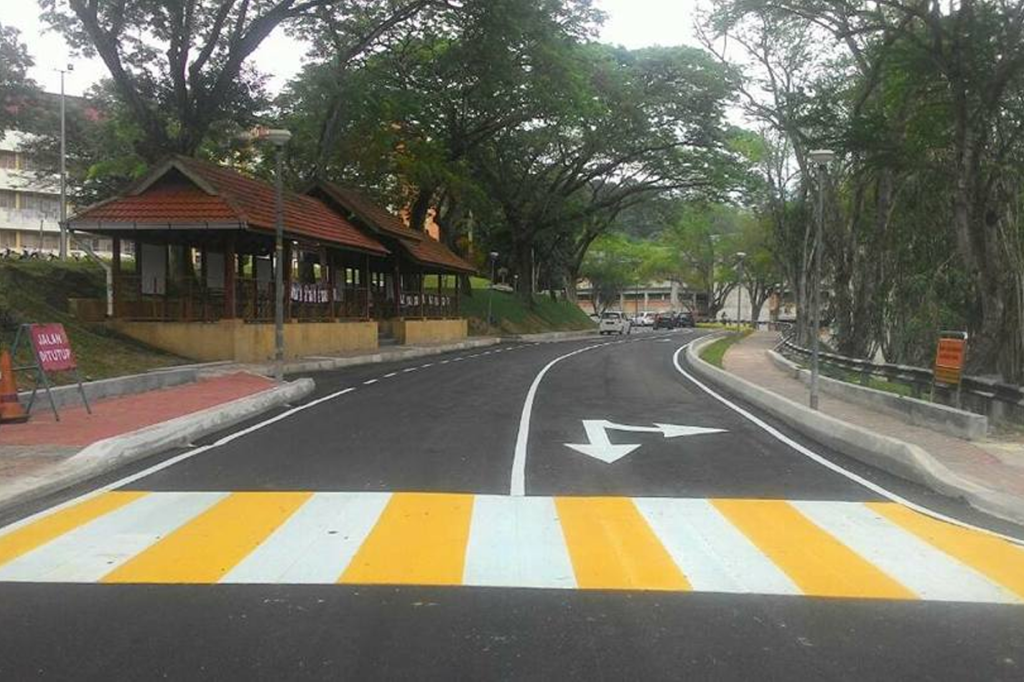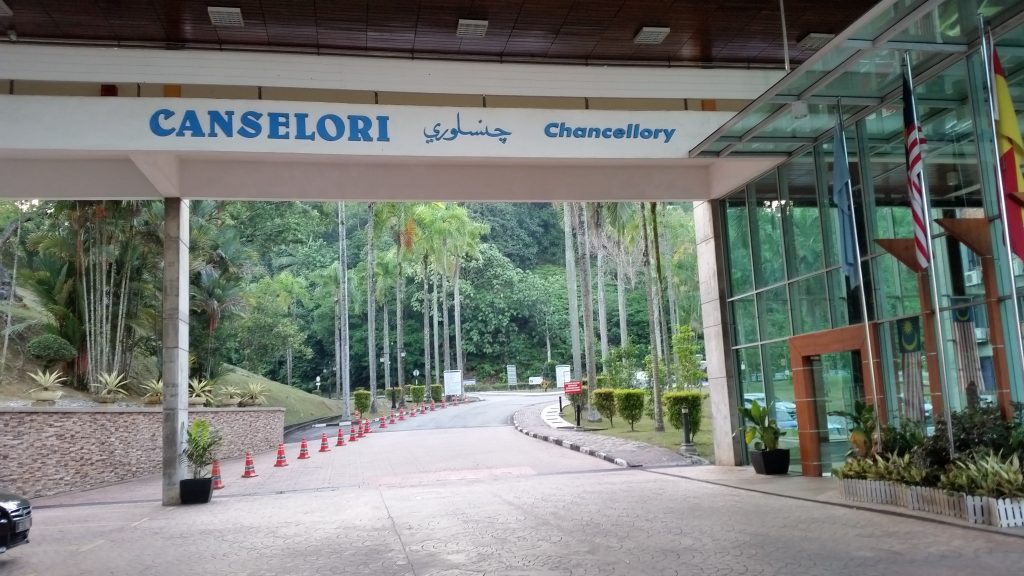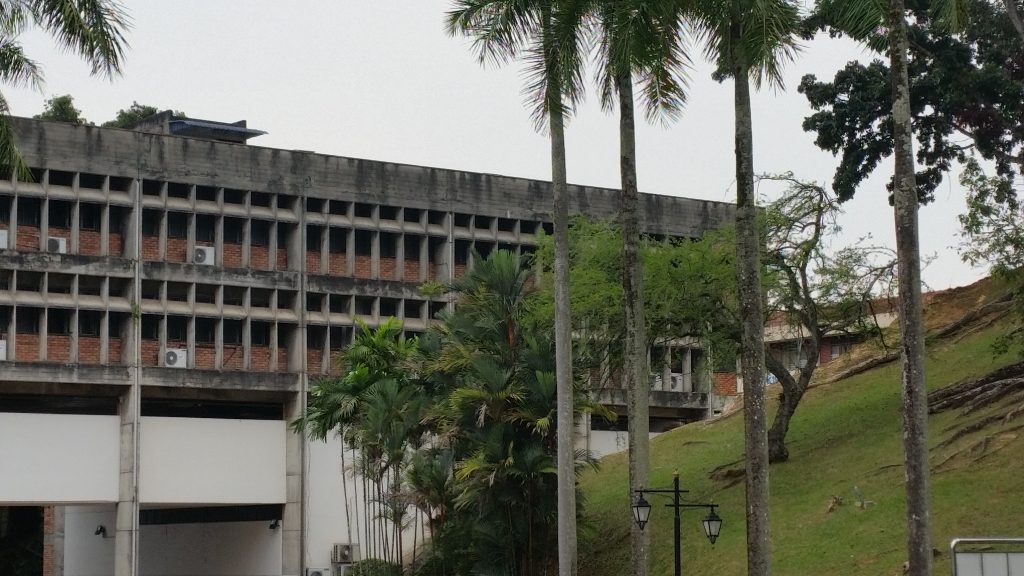
Support of arts and heritage
UKM has a library that provides book lending facilities and access to journals for UKM members. UKM also has several museums and galleries that UKM members and visitors can visit. Several departments that are specific to cultural and arts management. For example, the UKM Cultural Center offers a variety of arts including performance, dance, acting and martial arts. The role of the Cultural Center is not only to highlight culture and heritage but also to foster the interest of staff and students in the field. In addition, the Malay Institute of Nature and Civilization (ATMA) plays a role in preserving Malay heritage. Other than that, UKM provides pedestrians to facilitate the movement of pedestrians and prioritize pedestrian safety, UKM provides special routes to avoid accidents or other unwanted things.
Monument
UKM provides public access to buildings, monuments, or natural heritage landscapes of cultural significance. Currently, there are 15 identified monuments at UKM, with the classification based on buildings over 50 years old. Few of the monument examples in UKM are Chancellor Hall Tun Abdul Razak (DECTAR), University’s Mosque and the first residential college, Dato’ Onn College. The mosque building is surrounded by six minarets, with a particularly prominent minaret reaching a height of 6666 centimeters, symbolizing the 6666 verses of the Quran. This design was inspired by Tun Syed Nasir, former UKM Pro-Chancellor. Additionally, to strengthen the relationship between UKM and the local community, the main hall, DECTAR, is strategically located in front of UKM’s main gate, symbolizing the close bond between the two parties.
- Official Monument of UKM Campus
- Selaka Garden
- Chancellor Tun Abdul Razak Hall – Dewan Canselor Tun Abdul Razak (DECTAR)
- Anuwar Mahmud Hall
- Universiti Kebangsaan Malaysia Mousque
- Istana Puteri Bongsu
- Chancellory Building
- Faculty of Economics and Management
- Institute of Malay World and Civilization – Institut Alam dan Tamadun Melayu (ATMA)
- Tun Seri Lanang Library
- Faculty of Social Sciences and Humanities
- Official Monument of Dato’ Onn College
- Dato’ Onn Residence
- Tun Hussein Onn Residence
- Aminuddin Baki Residence
- Ungku Omar Residence
1. Official Monument of UKM Campus
GONG UKM: Commemorating the Opening Day of UKM
The UKM gong located in front of the Tun Abdul Razak Chancellor’s Hall (DECTAR) is in conjunction with the opening of the Universiti Kebangsaan Malaysia (UKM) by His Majesty Sultan Haji Ahmad Shah Al-Musta’in Billah Ibni Al-marhum Sultan Abu Bakar Ri ‘ayatud In Al-Mu’azzam Shah when he was the Yang Di-Pertuan Agong of Malaysia. UKM Bangi campus was officially opened on Tuesday, September 2, 1980 corresponding to 22 Syawal 1400.
This historic location is a must-visit place for UKM residents and a focal point for UKM graduates to take souvenir photos. Let’s share your nostalgic photos and convocation ceremony year here. UKM’s 46th Convocation Ceremony will take place on 10-13 November 2018. UKM Alumni invite alumni to liven up the ceremony and celebrate UKM’s new graduates.
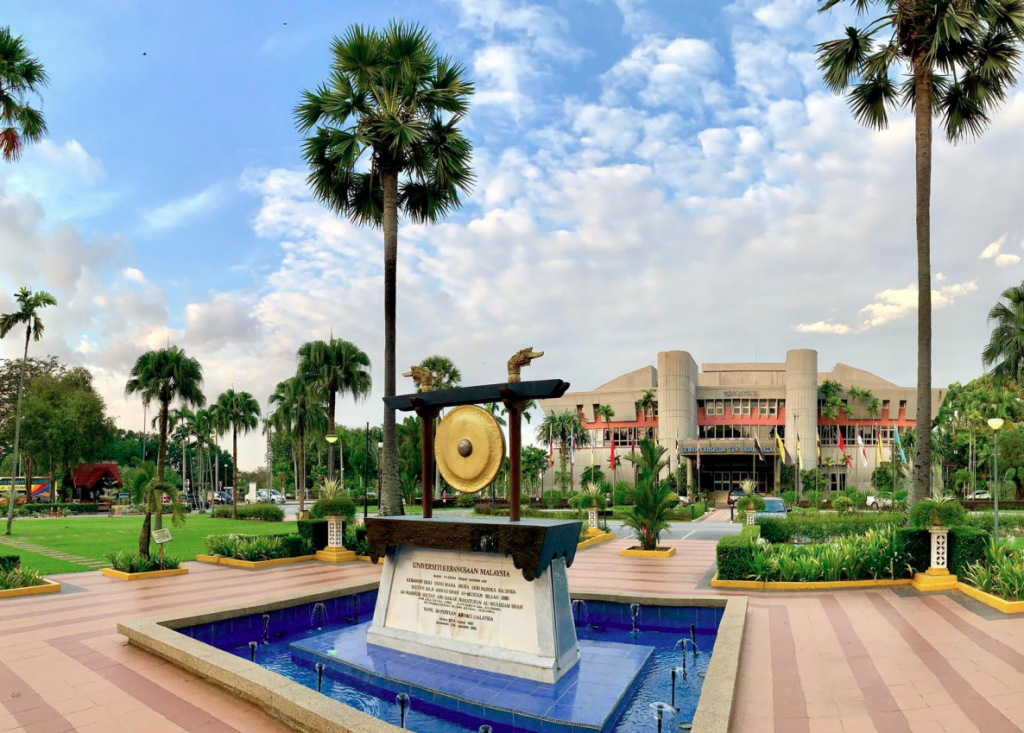
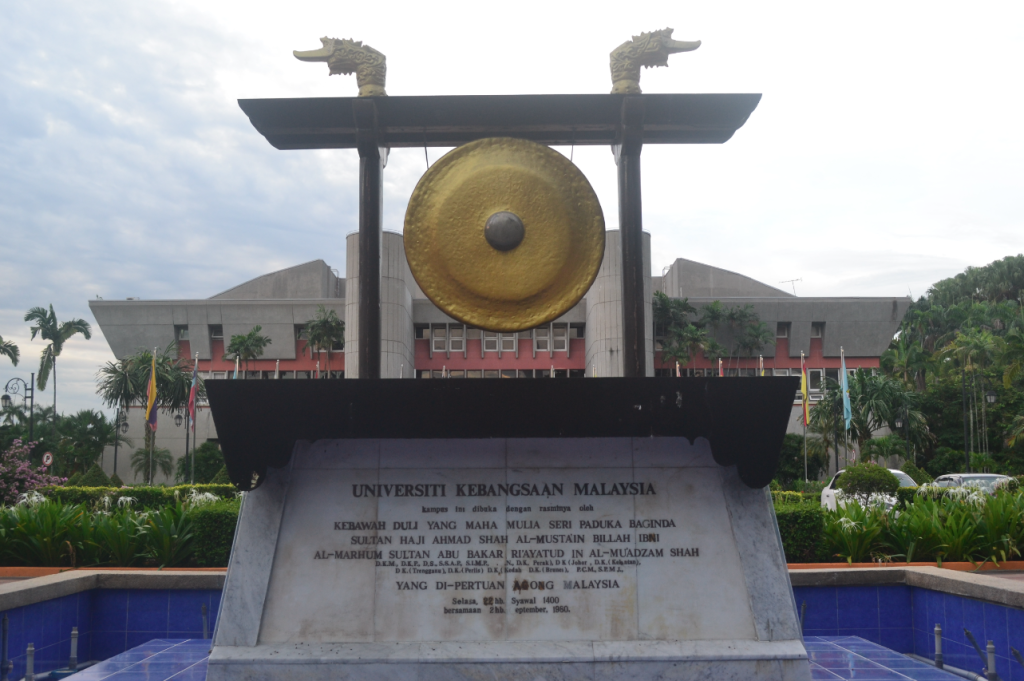
2. Selaka Garden
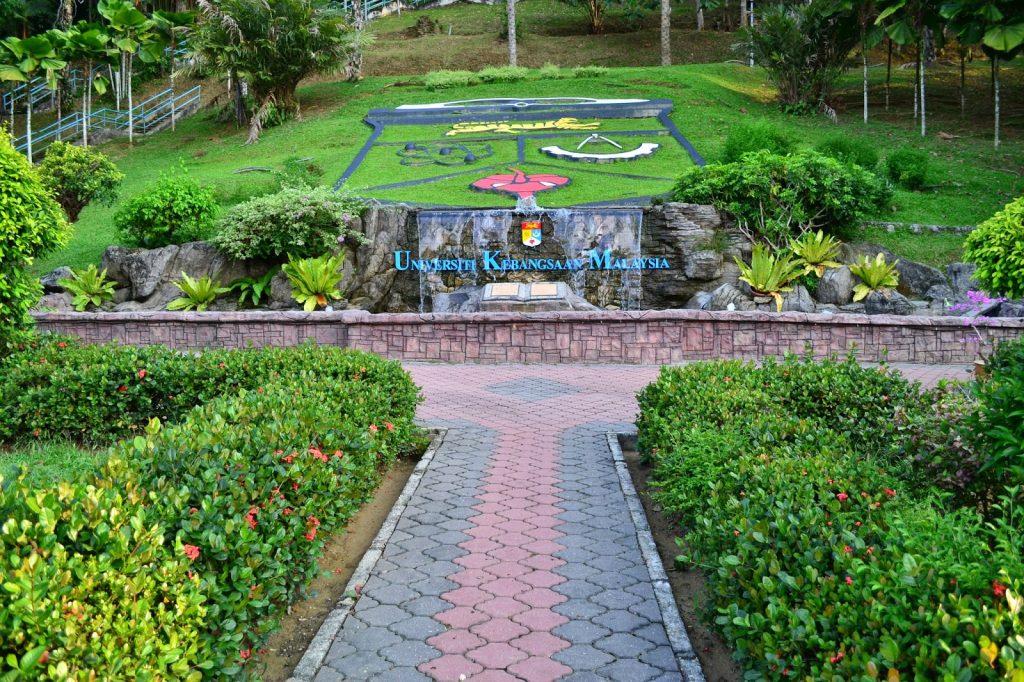
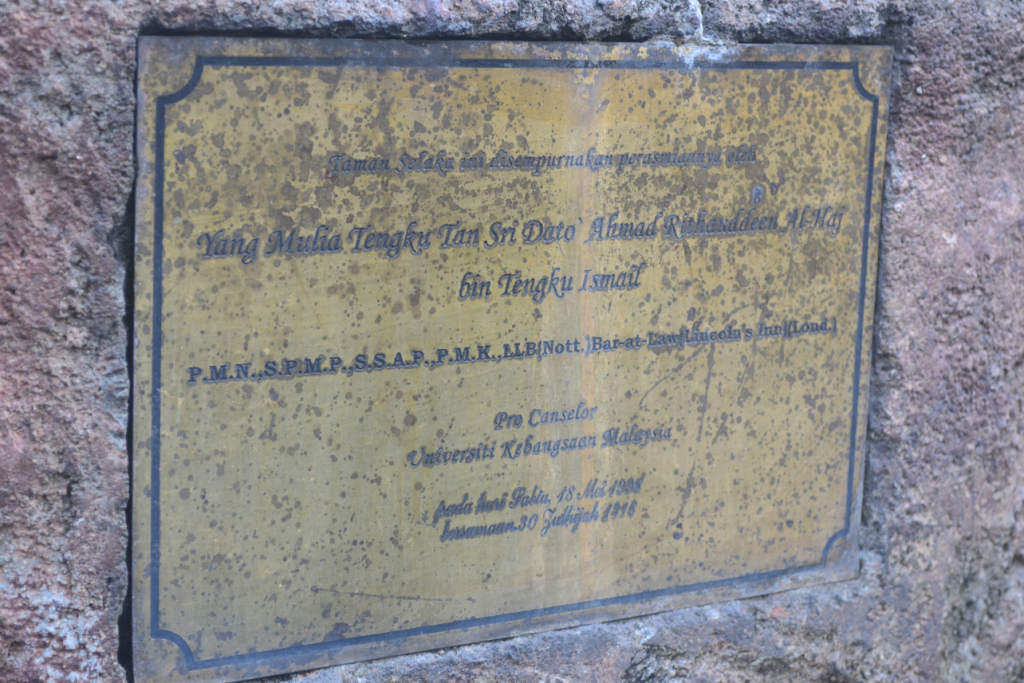
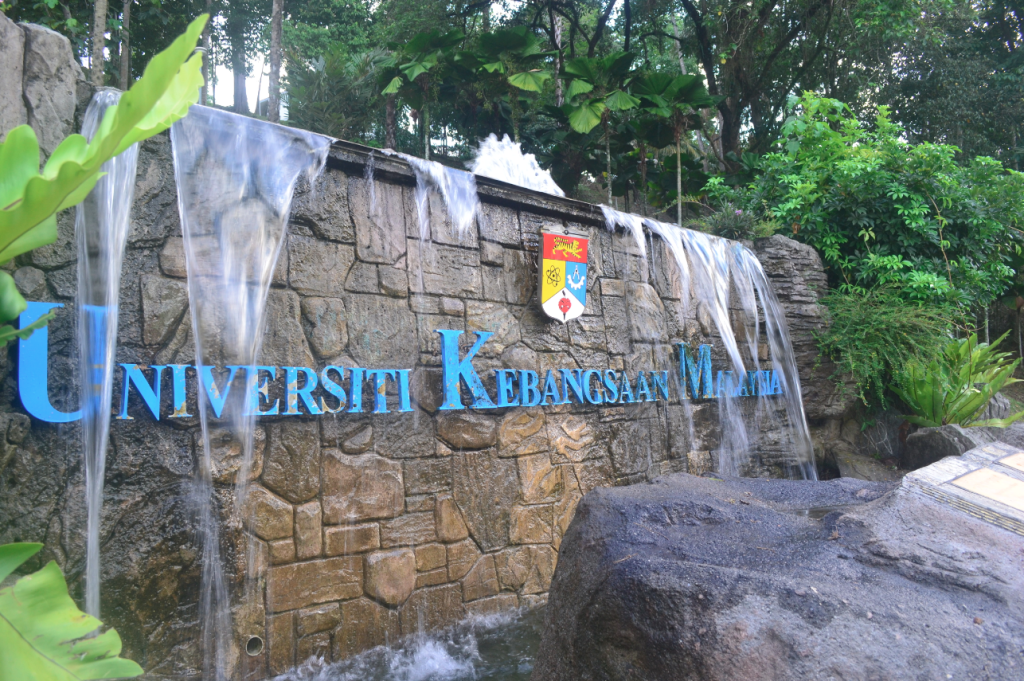
3. Chancellor Tun Abdul Razak Hall – Dewan Canselor Tun Abdul Razak (DECTAR)
Chancellor Tun Abdul Razak Hall (DECTAR) of UKM was completed on 28 November 1978 and was used for the first time during the 6th UKM Convocation Ceremony. The construction which started on 21 June 1976 cost RM6,922,821. With an area of 153,450 square feet, DECTAR set a record as the largest hall in Malaysia at that time.
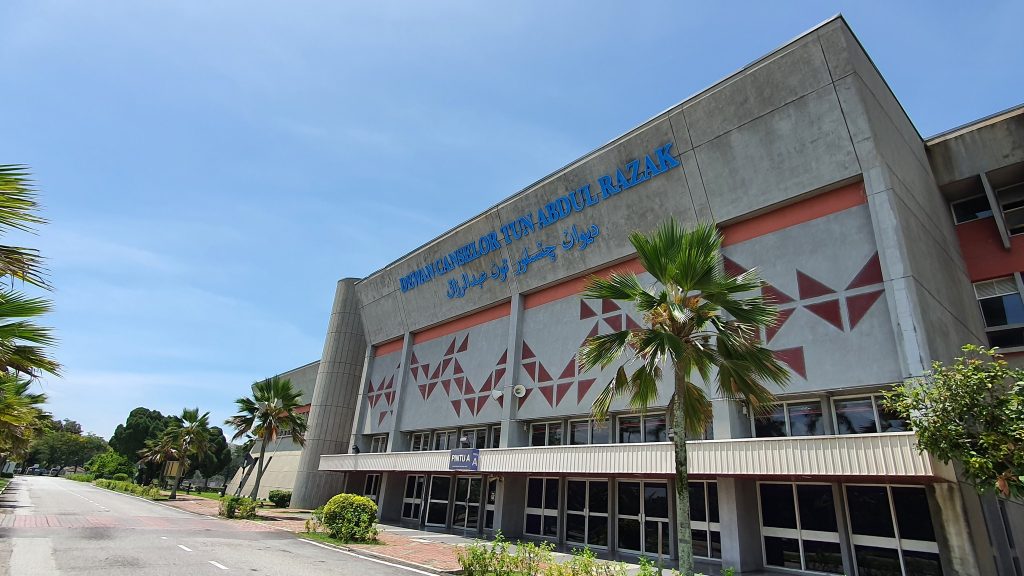
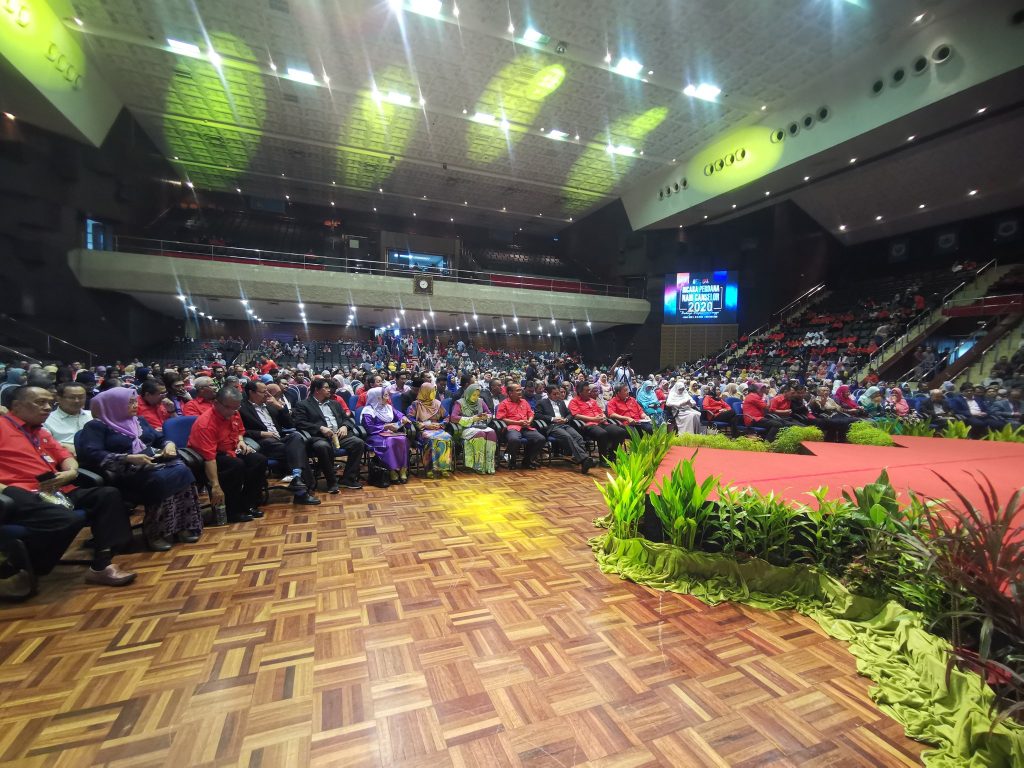
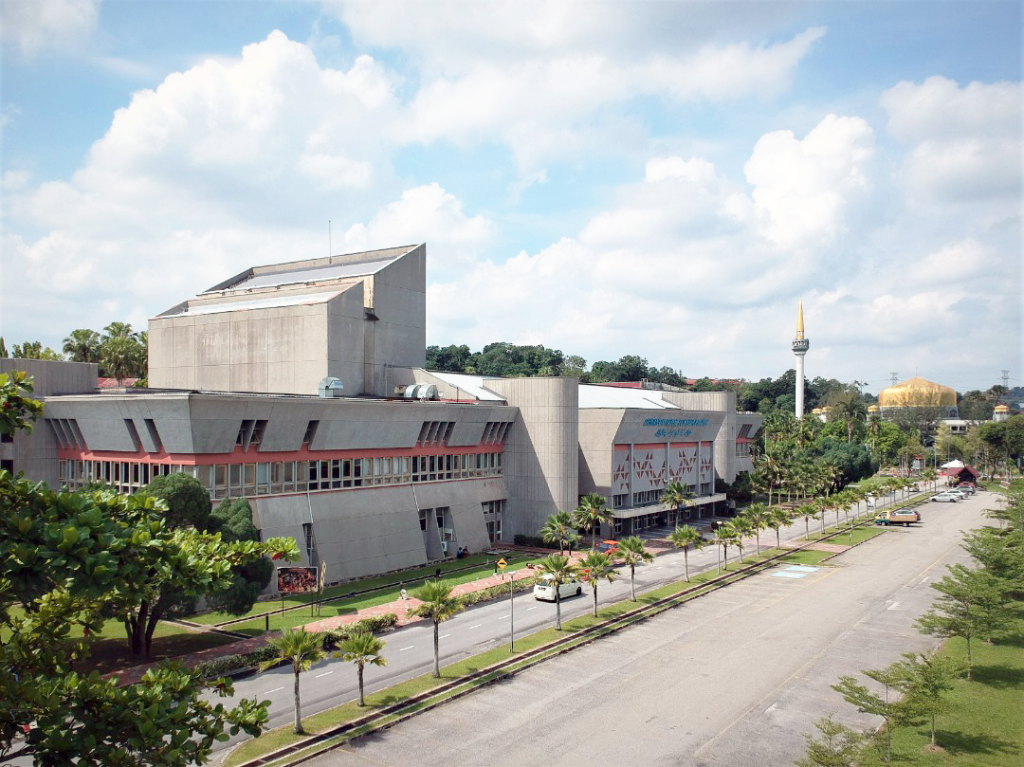
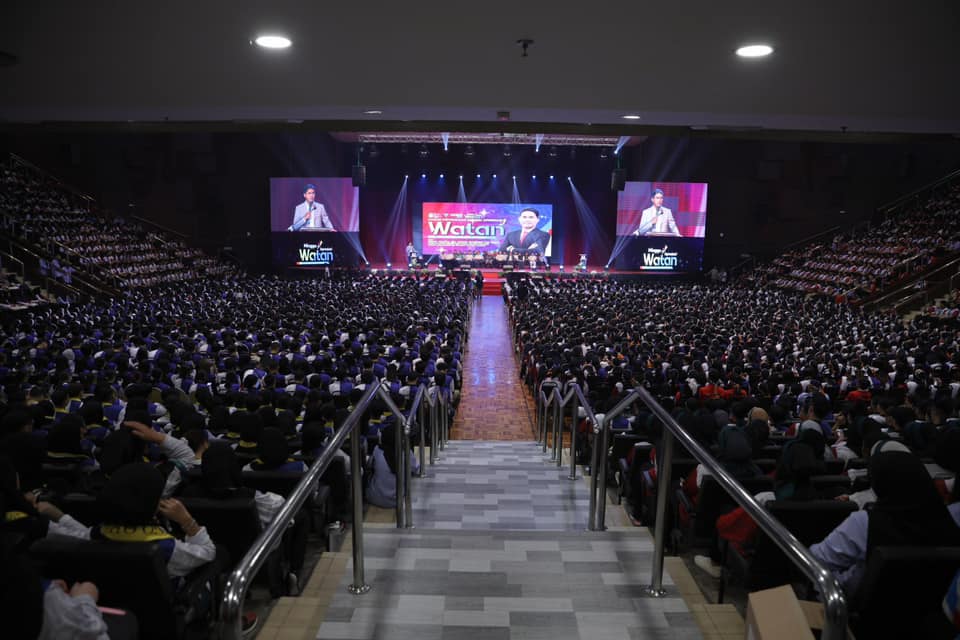
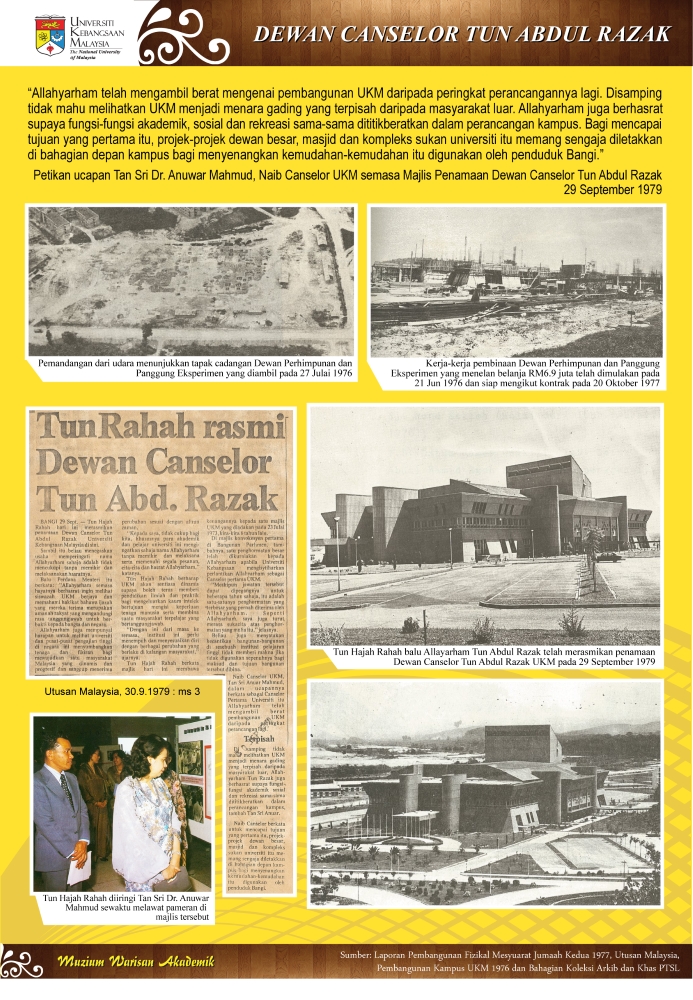
4. Anuwar Mahmud Hall
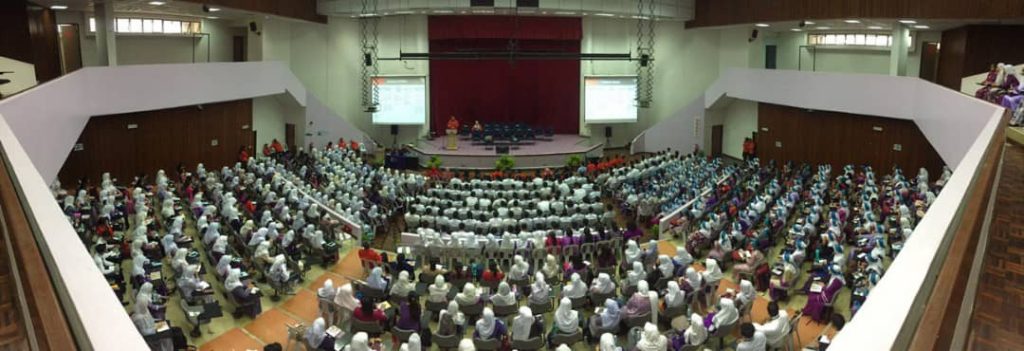
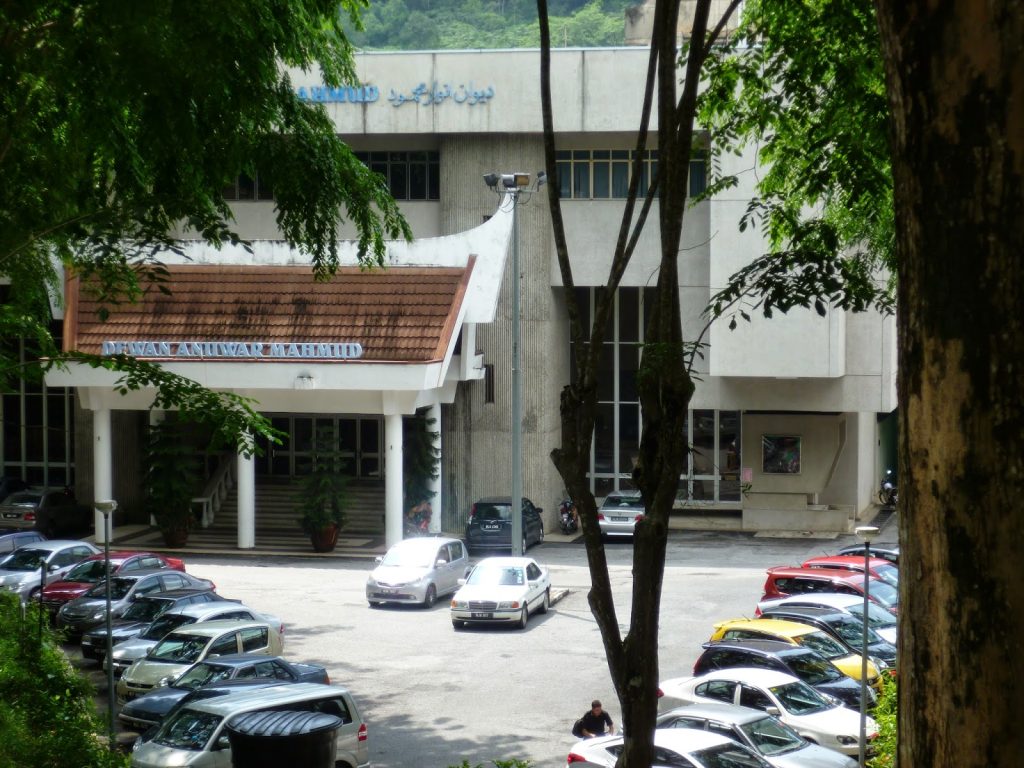
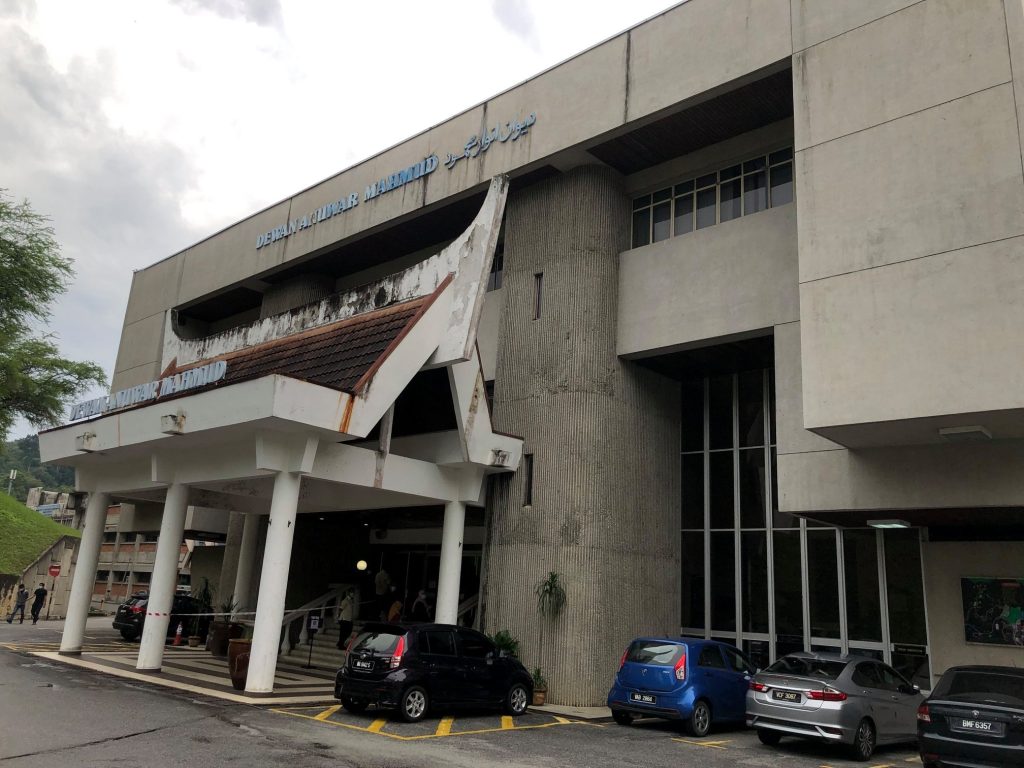
5. Universiti Kebangsaan Malaysia Mosque
UKM Mosque was built on a two-hectare site located in front of the main entrance of Universiti Kebangsaan Malaysia. Its construction started on 16 March 1979 at a cost of RM 5.1 million. It was officially handed over to the Universiti Kebangsaan Malaysia on Wednesday 14 April 1982.
The effort to establish this mosque began on Friday 16 April 1982. The design of the UKM Mosque was inspired by Mr. Abdullah Bakri, former Director of the Development Unit, UKM. This building is surrounded by six minarets and a large minaret 6666 centimeters high that was inspired by Tun Syed Nasir, former Pro Chancellor of UKM.
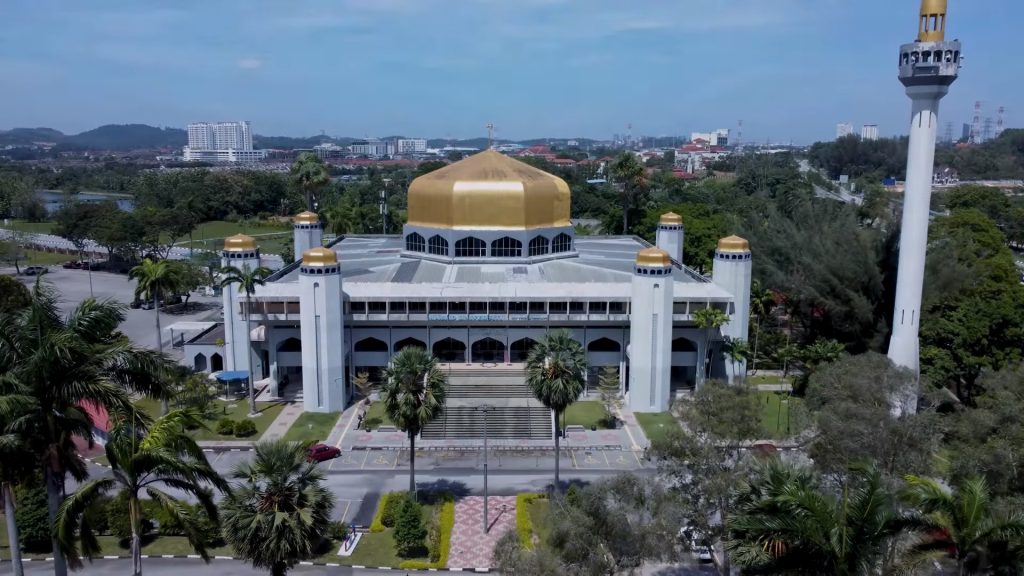
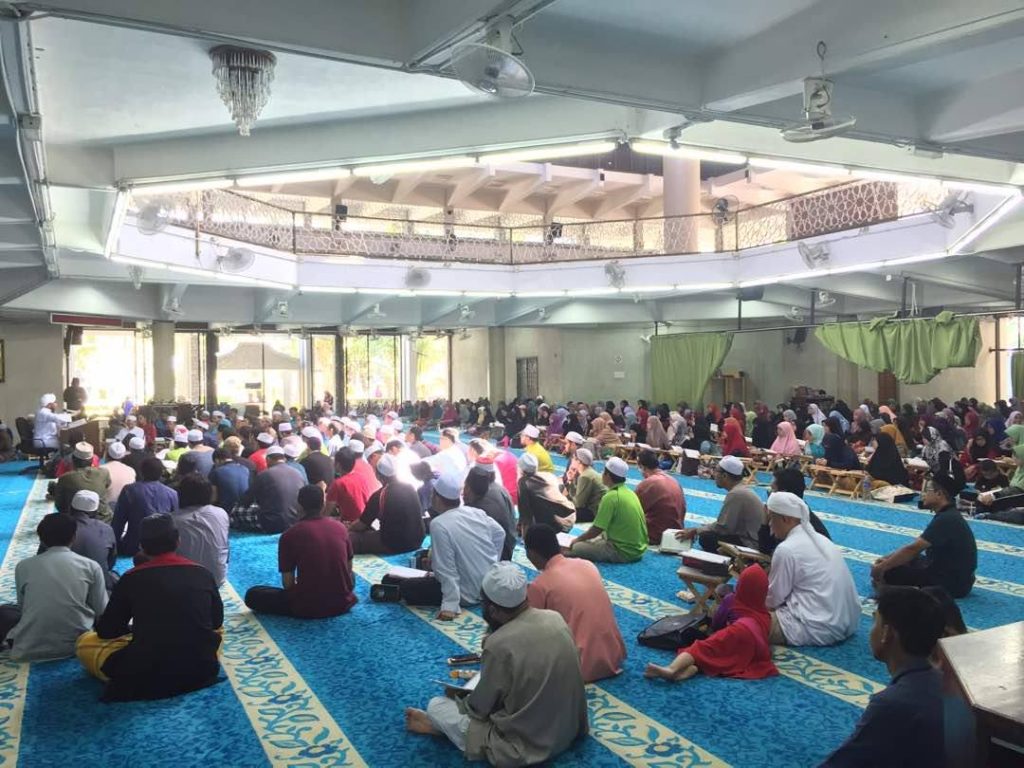
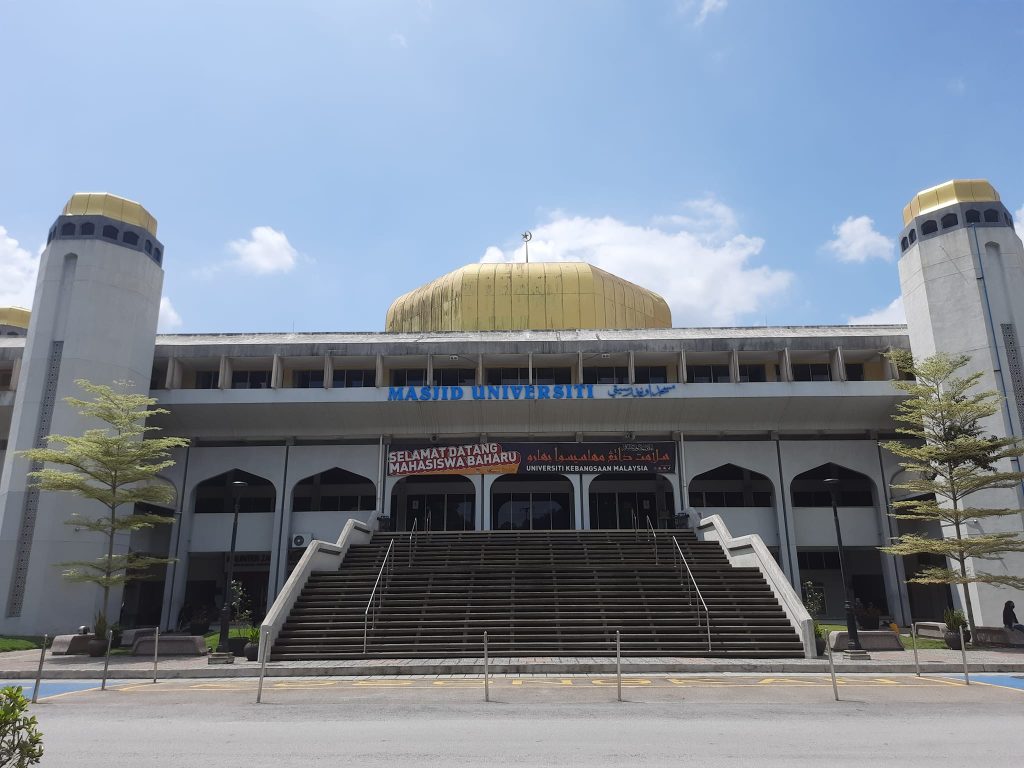
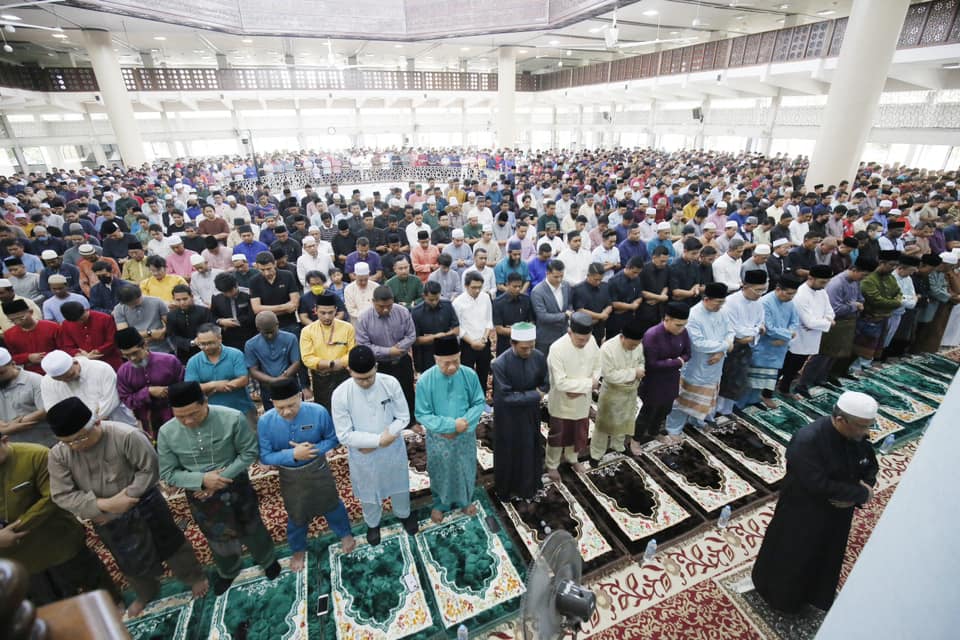
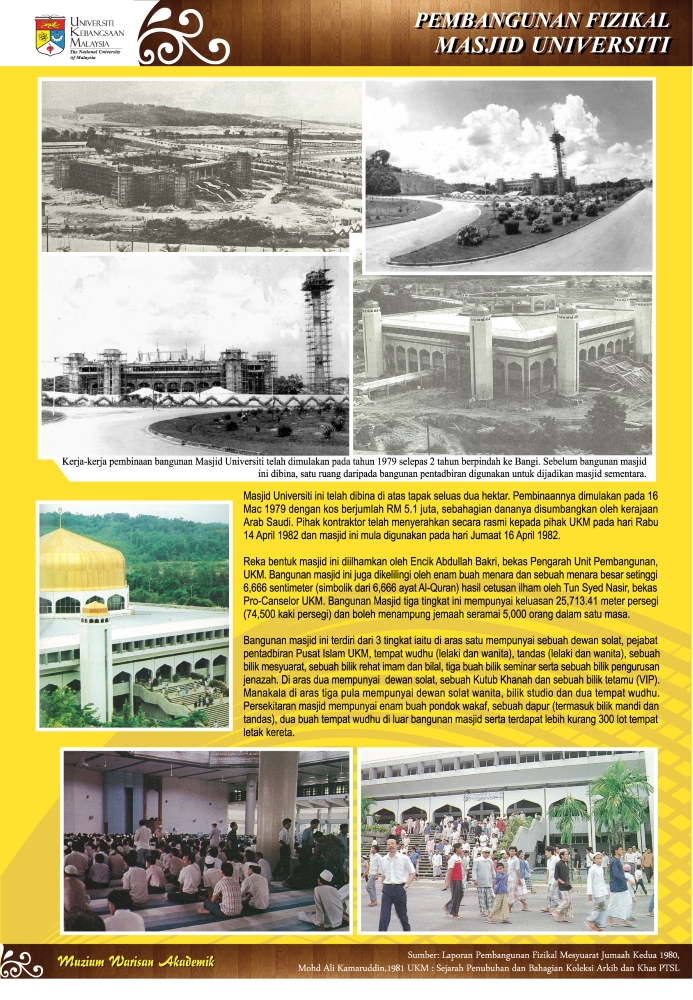
6. Istana Puteri Bongsu
The Museum Department bought Istana Puteri Bongsu fulfils the needs of the Malay World Ethnology Museum. It was first renovated in 2002 and has been stored in the Lukut Museum for 5 years. 2006 it was rebuilt in Taman Pantun, UKM. Around the palace there are lush trees making the atmosphere peaceful and comfortable, it is better known as Laman Ilmu filled with 199 trees, while each tree is completed with a verse related to the tree. It consists of herbaceous, fruit and ornamental trees.
This house has a Kitchen Module and a Mother’s House Module that are connected to the clothesline which is also the original design of the Kelantan House known as Rumah Bujang. The characteristics of the houses of the nobles are different from the residences of ordinary people, where they differ in terms of the pillars of the mother’s house, where ordinary people’s houses have 12 pillars on the module of the mother’s house, while the residences of the nobles have 16 pillars on the module. In addition, the family home in Raja also has an entrance without stairs and the floor is 8-10 feet from the ground level which is equal to the height of an elephant. Such a design is not because they keep elephants under the house, but rather it is designed to make it easier for the residents of the house to enter the house after driving with the elephant without getting off the animal. This is actually to protect the dignity and status of those who are known as members of the royal family.
The carvings on the walls also consist of flora motifs which are synonymous with Kelantan carving motifs. It is a very charming and luxurious residence for the people of Kelantan in the 1800s. This house was built with a mortise method with few nails, it also uses wood from the Cengal and Berlian types which nowadays are very difficult to obtain due to the fact that this type of wood is expensive for people to buy. habit Cengal and Berlian are hard types of wood that take a long time to process, currently only the rich are able to build houses from this type of wood.




8. Faculty of Economics and Management
The history of UKM’s Faculty of Economics and Management was pioneered with the establishment of the Department of Economics and Trade under the Faculty of Arts in 1970, the same age as the establishment of the National University of Malaysia which was established to fulfill the aspirations of the people in making Malay the medium of instruction in all fields of study and science.
The status of the Department of Economics and Trade was later raised to the faculty level named the Faculty of Economics and Management in 1974.
The development of economics and business as well as the increasing demand of the labor market gave rise to the idea of separating this faculty into two separate faculties, namely the Faculty of Economics and the Faculty of Business Management in 1979.
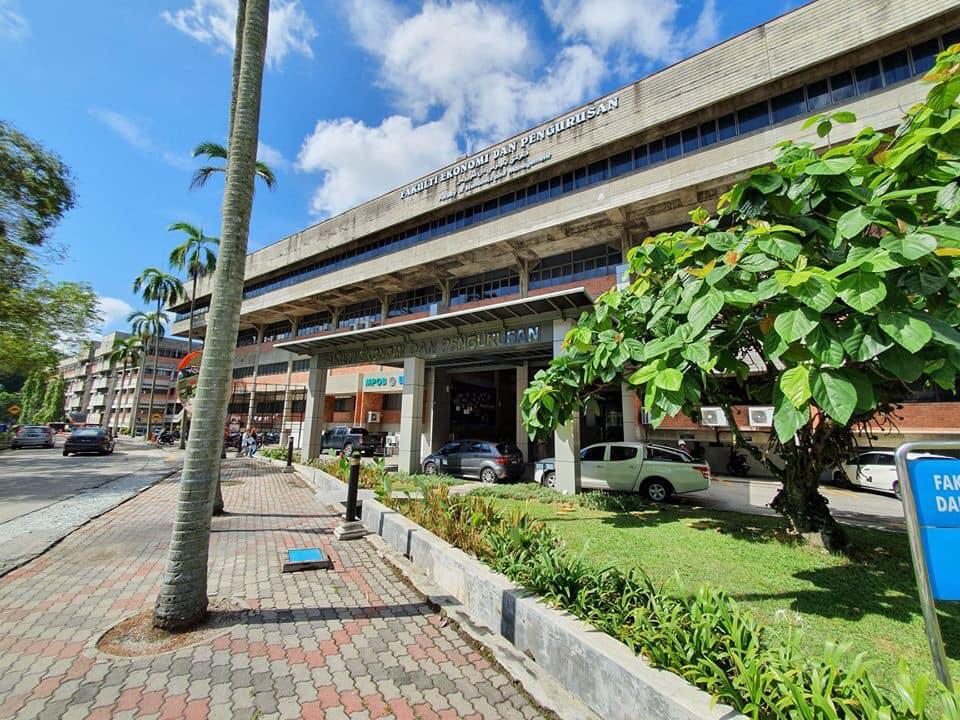
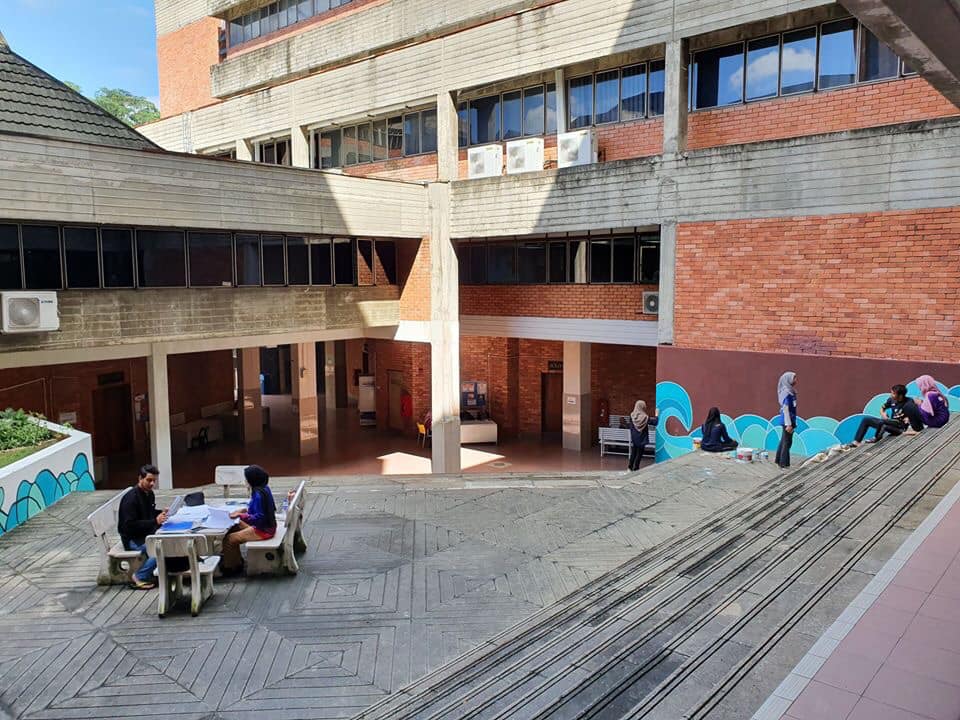
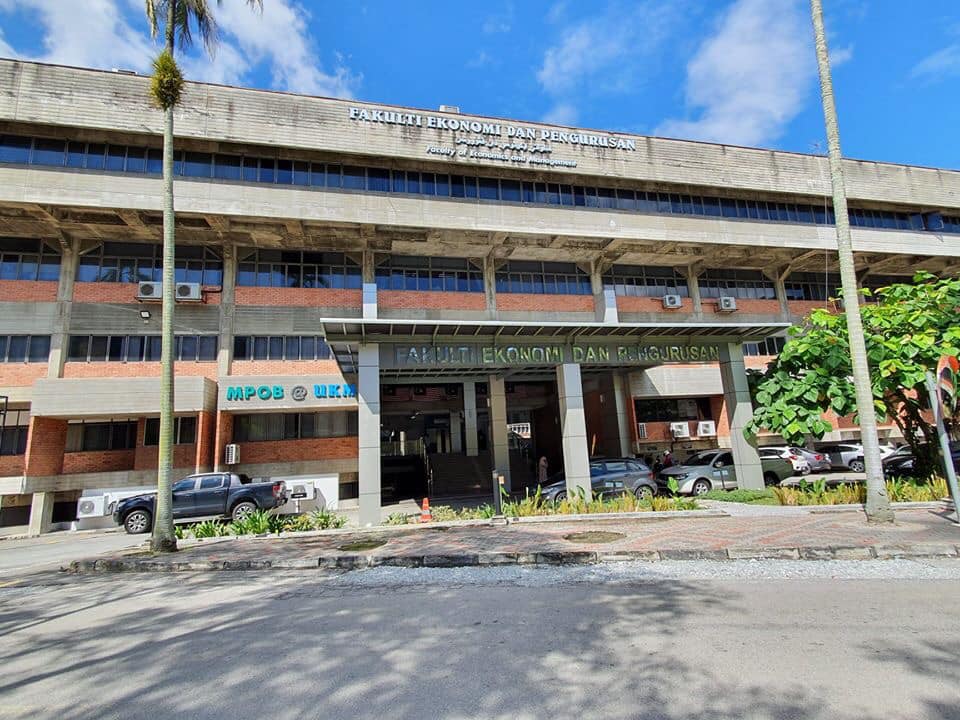
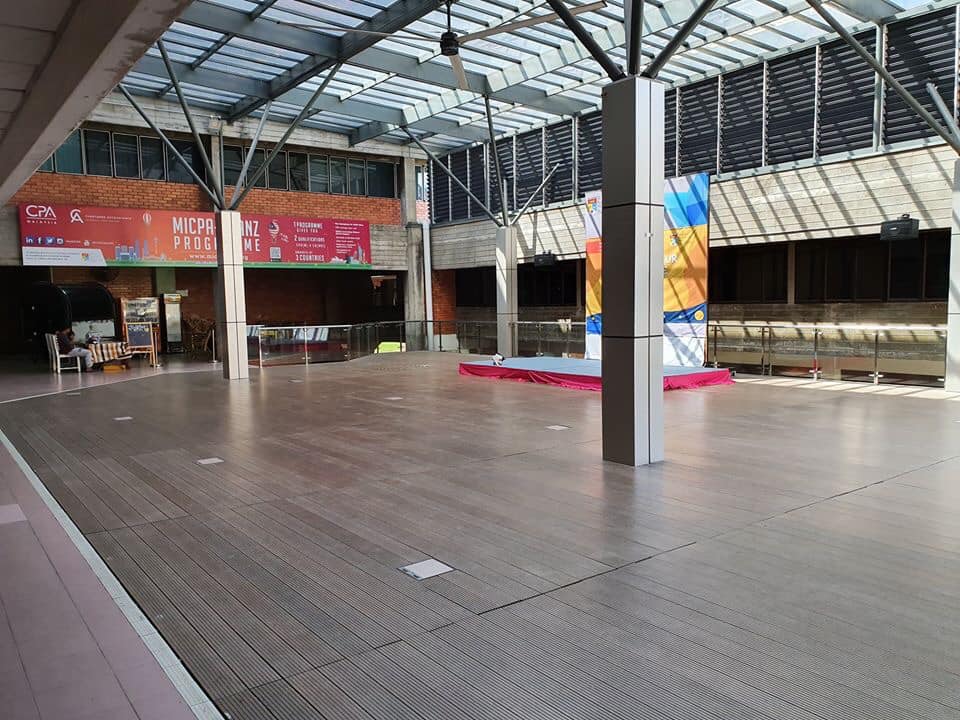
9. Institute of Malay World and Civilization – Institut Alam dan Tamadun Melayu (ATMA)
The Institute of Malay World and Civilization (ATMA) was initially established as an Institute of Language, Literature and Malay Culture (IBKKM) in December 1972. The aim of the institute was to offer postgraduate studies i.e. Masters in Letters and Doctor of Philosophy and research into Language, Literature and Malay Culture as well as become the main reference center for these subjects. The changing of the name from IBKKM to ATMA in 1992 had expanded the areas of research to include the whole of Malay world and civilization.
Since its establishment, the institute is driven by a general conception of the Malay world and Civilization field which includes philosophy, beliefs, material culture, identity and all aspects of life within Malay cosmology. It is further expanded to include landscaping, ocean and outer space.
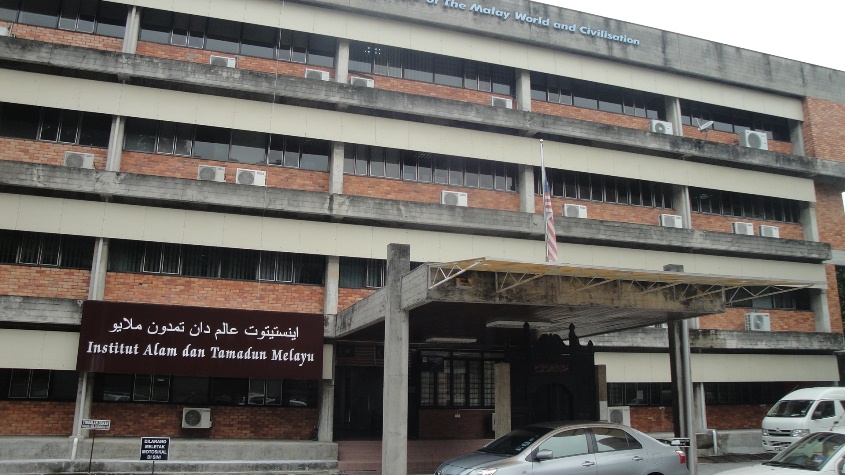
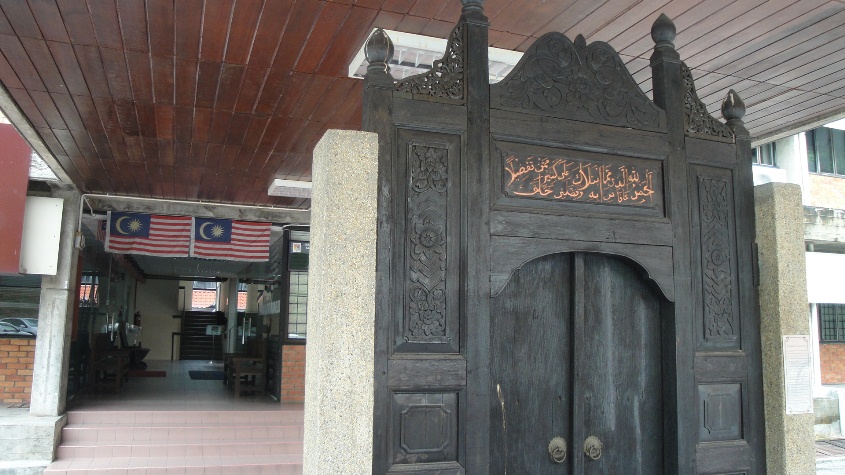
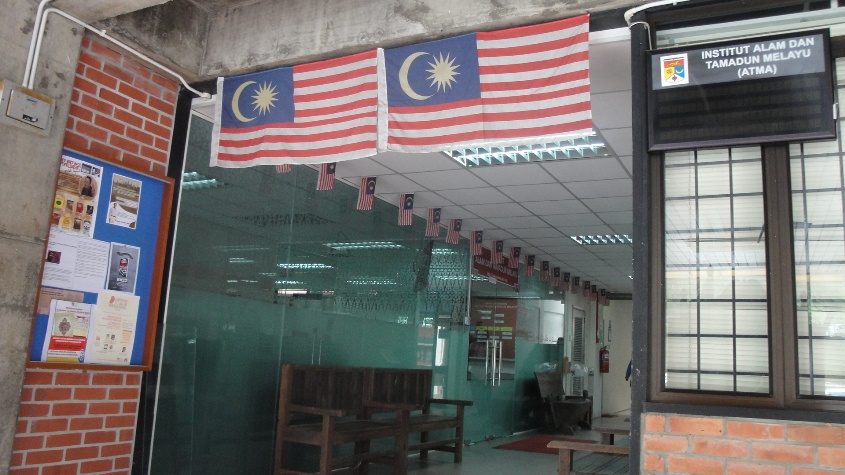
10. Tun Seri Lanang Library
The UKM Library was established simultaneously with the establishment of UKM on 18 May 1970 in Lembah Pantai, Kuala Lumpur. In 1977, the Library moved to a campus in Bangi and at first used Level 5 of the Chancellory Building, UKM before moving to the permanent building of the library.
The library building in Bangi was first used in 1978 and was officiated by His Majesty DYMM Tuanku Jaafar ibni Almarhum Tuanku Abdul Rahman on 2 July 1980. The building was named Tun Seri Lanang Library in honour of a nobleman and a famous literary figure in Malaya in the 16th century.
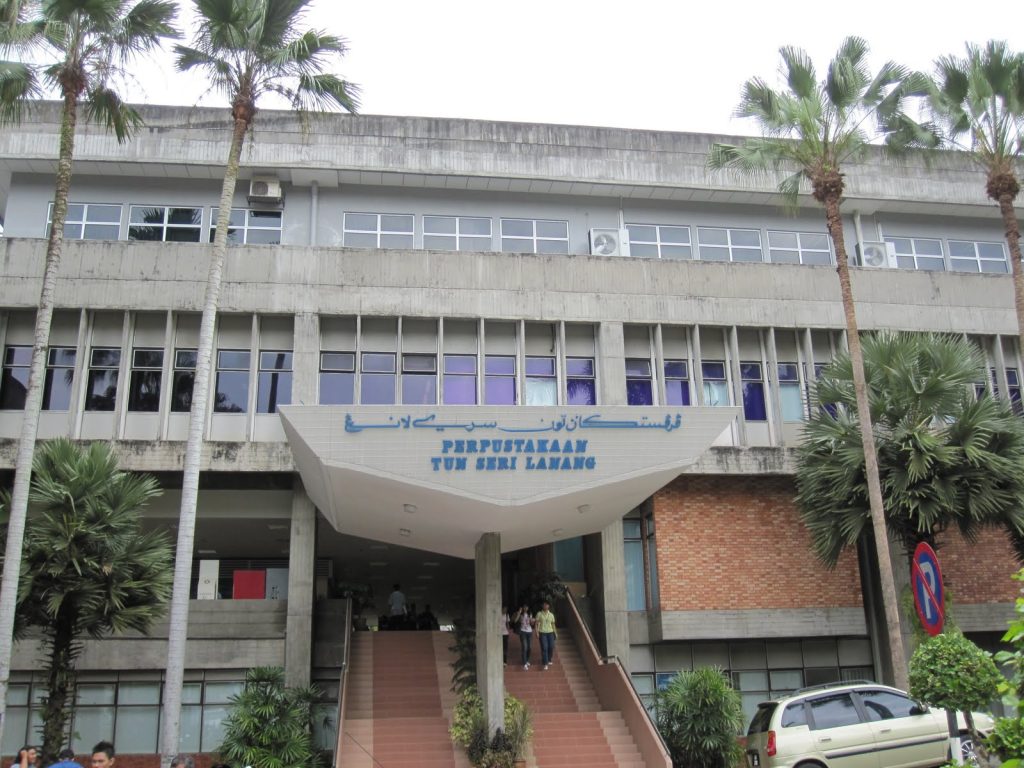
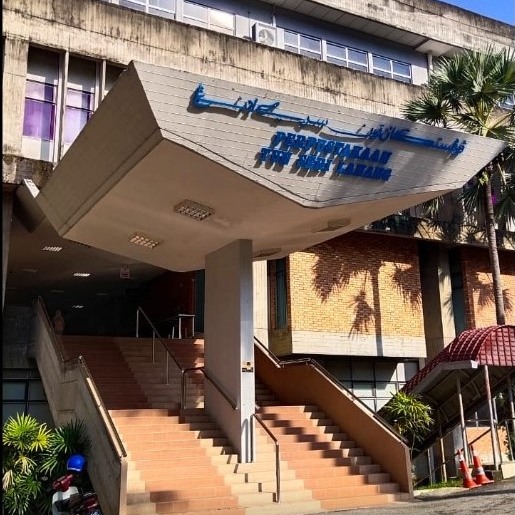
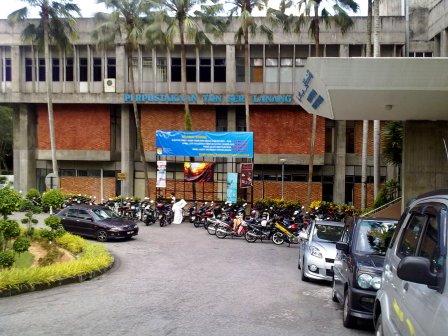
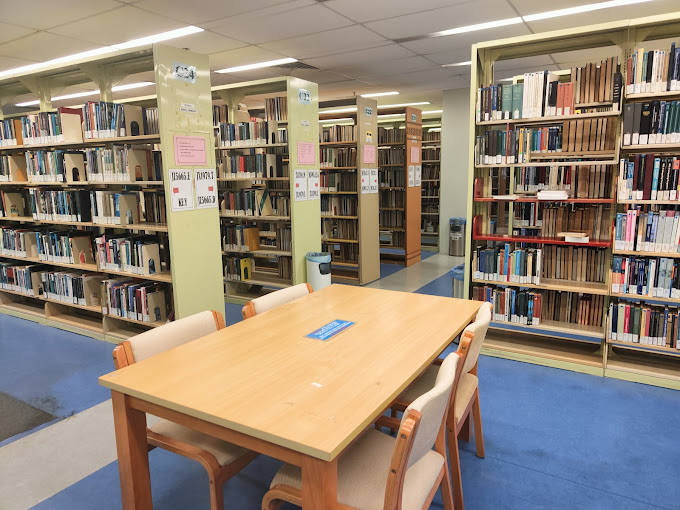
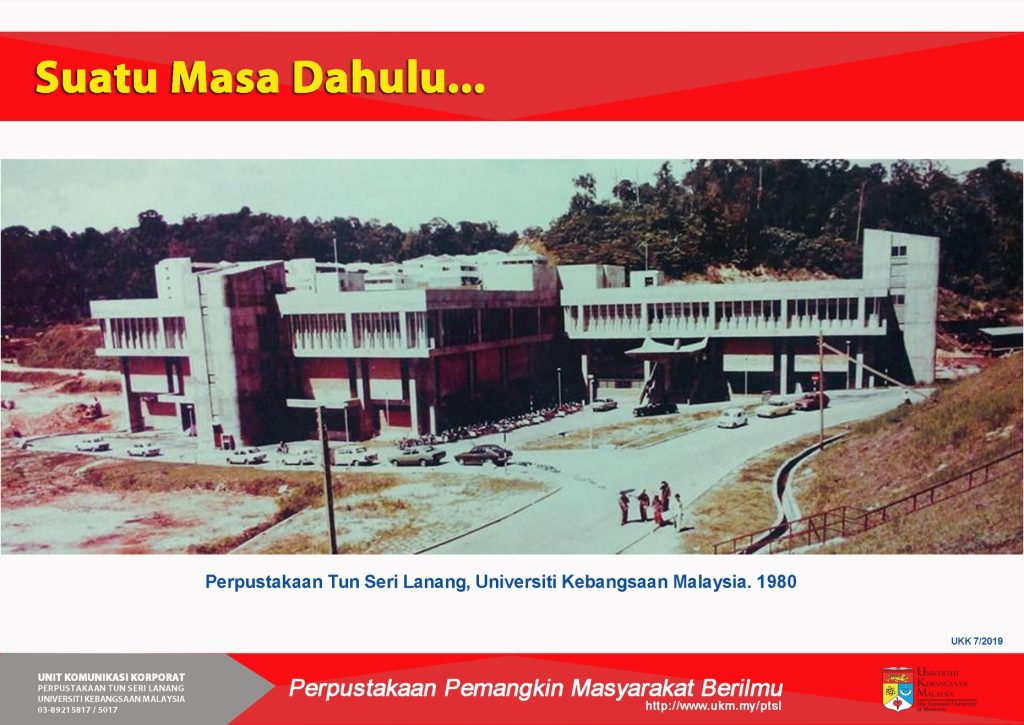
11. Faculty of Social Sciences and Humanities
Mission:
To promote and integrate the exploration of new knowledge for the creation of graduates who are learned, dynamic and guided by national aspirations.
Vision:
To catalyse and pioneer advances in academic scholarship for national development and overall human wellbeing.

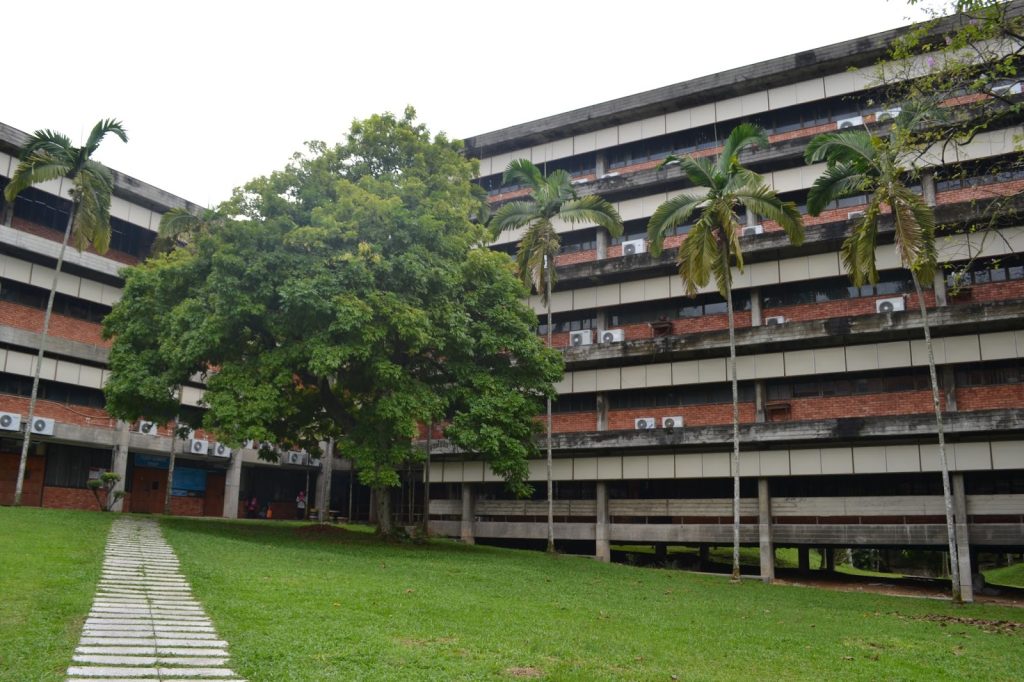
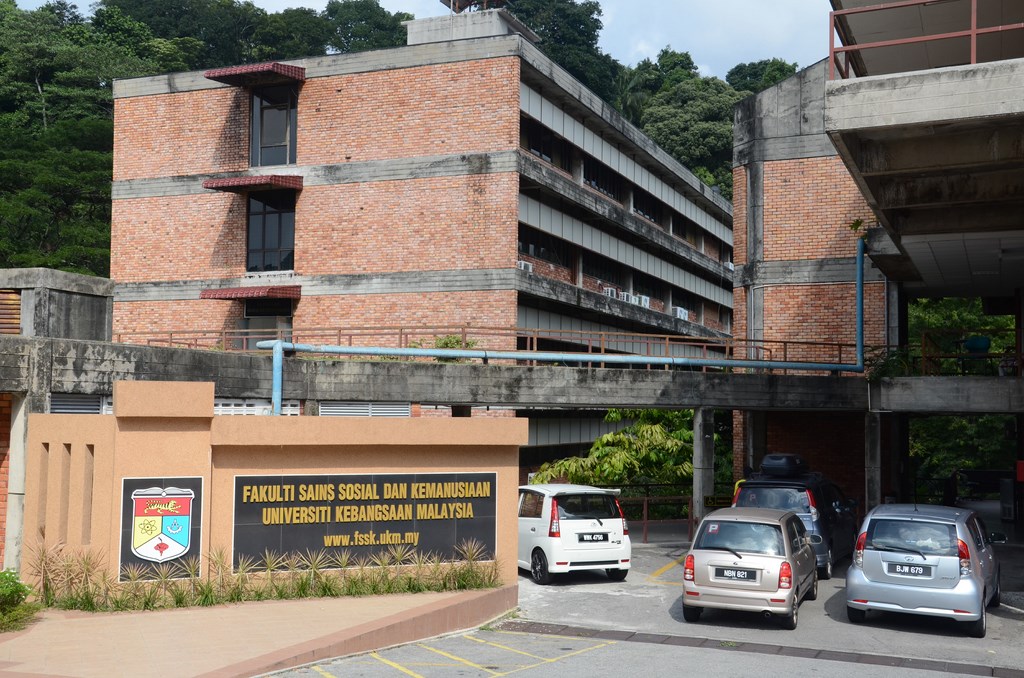
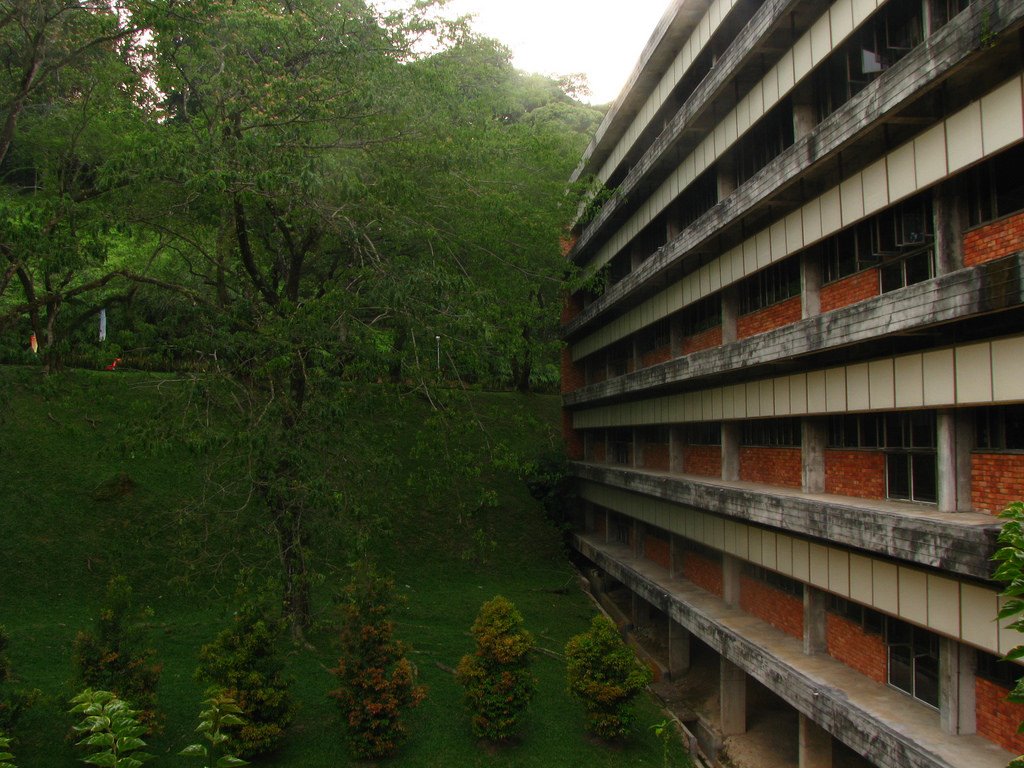
12. Official Monument of Dato’ Onn Collage
Dato’ Onn College (KDO) is the first college established at UKM Bangi in parallel with the transfer of the UKM Campus to Bangi. First College was renamed to Kompleks Siswa A on November 25, 1977. In 1981, Kompleks Siswa A was upgraded as Kampung Siswa A or better known as Kamsis A where the kamsis was able to accommodate 1480 residents.
In 1986, KDO once again underwent a branding process when this kamsis was upgraded to Kamsis Dato’ Onn. The fame and prominence of Dato’ Onn has caused his name to be immortalized in the folds of history to be remembered. Therefore, on 30 January 1986, corresponding to 20 Jamadil Awwal 1406 Hijrah, the position of this college was strengthened with the inauguration by YAB Tun Hussein Onn, the 3rd Prime Minister of Malaysia. This is a historic moment throughout the establishment of UKM and this history is solidly carved in the Kamsis Dato’ Onn administration building. With this inauguration, Kamsis Dato’ Onn became known as Kolej Dato’ Onn. It still proudly stands on the UKM stage until now and has successfully produced many excellent and distinguished students in line with the direction of Universiti Kebangsaan Malaysia.
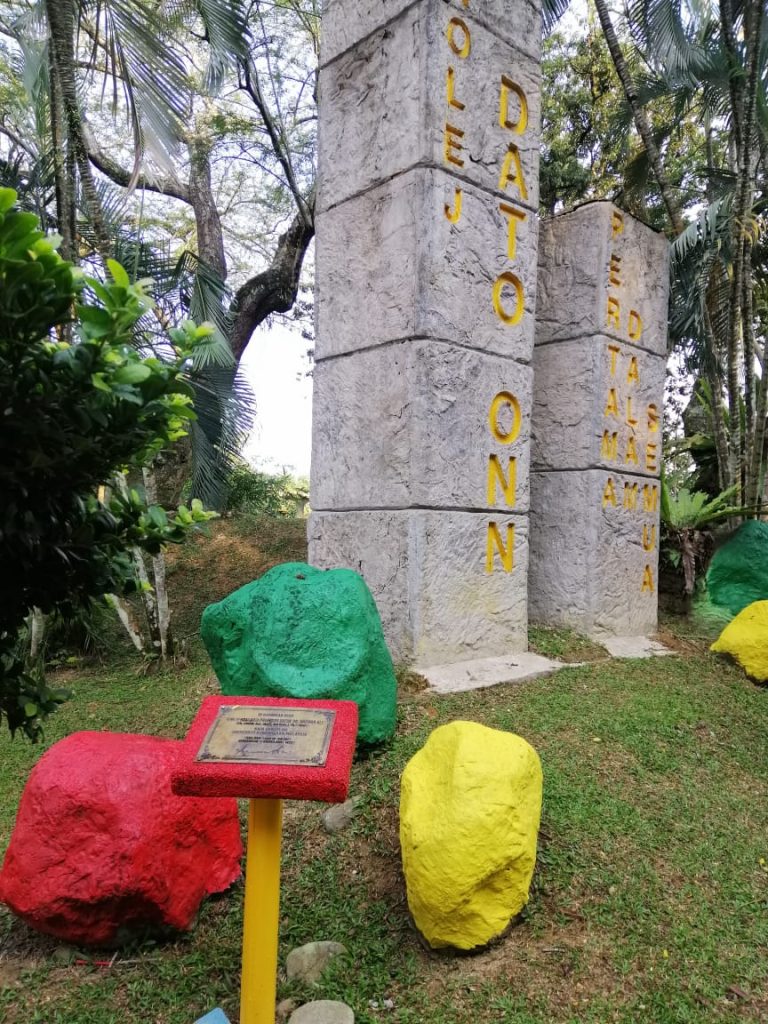
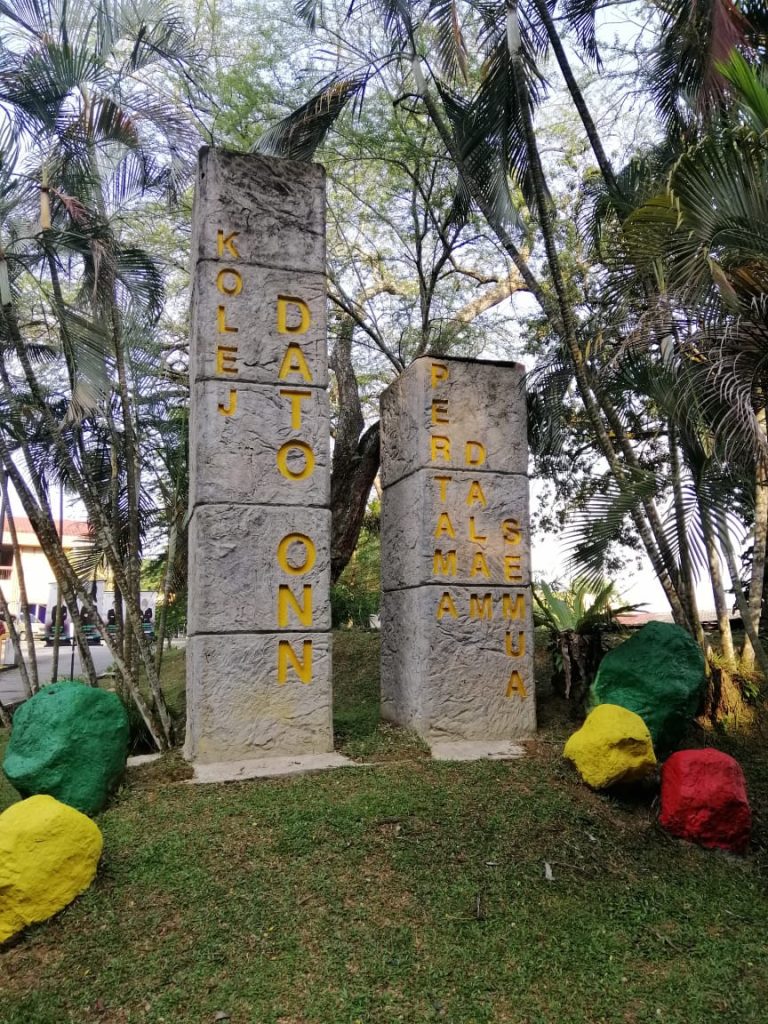
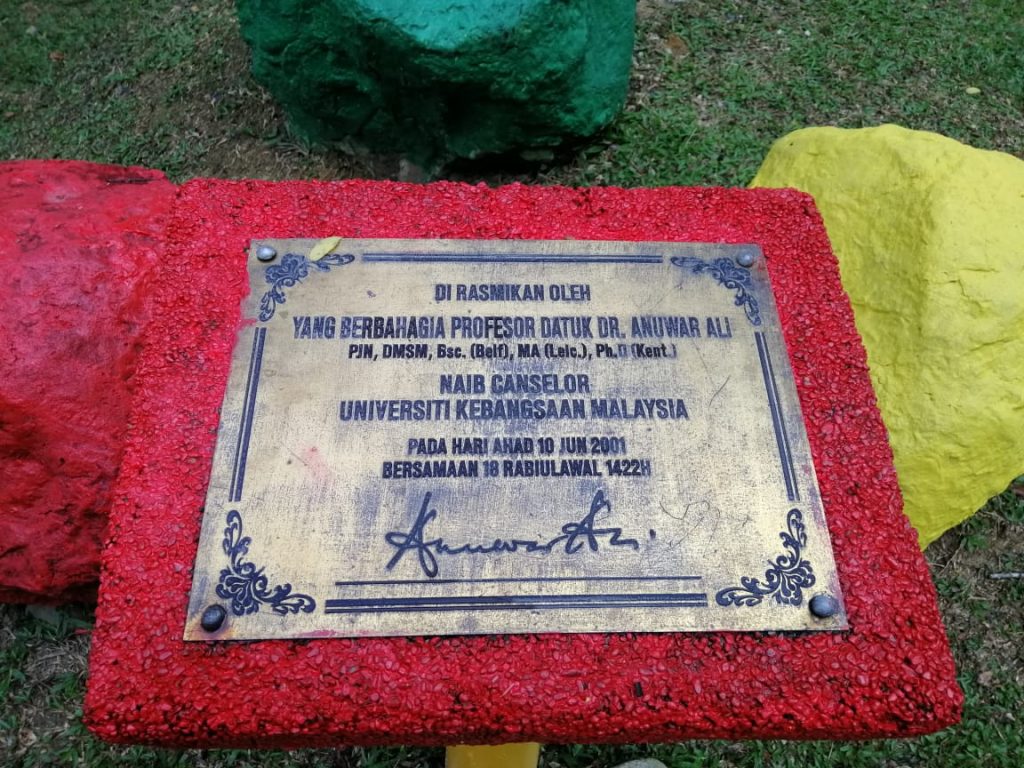
13. Dato’ Onn Residence
Dato’ Onn College (KDO) is the First College established in UKM Bangi in parallel with the transfer of the UKM Campus to Bangi. First College has changed its name to Student Complex A on 25 November 1977.
Dato’ Onn’s fame and prominence has caused his name to be immortalized in the folds of history to be remembered forever. Therefore, on 30 January 1986 equivalent to 20 Jamadil Awwal 1406 Hijrah, the position of this college was strengthened with the inauguration by YAB Tun Hussein Onn, the 3rd Prime Minister of Malaysia.
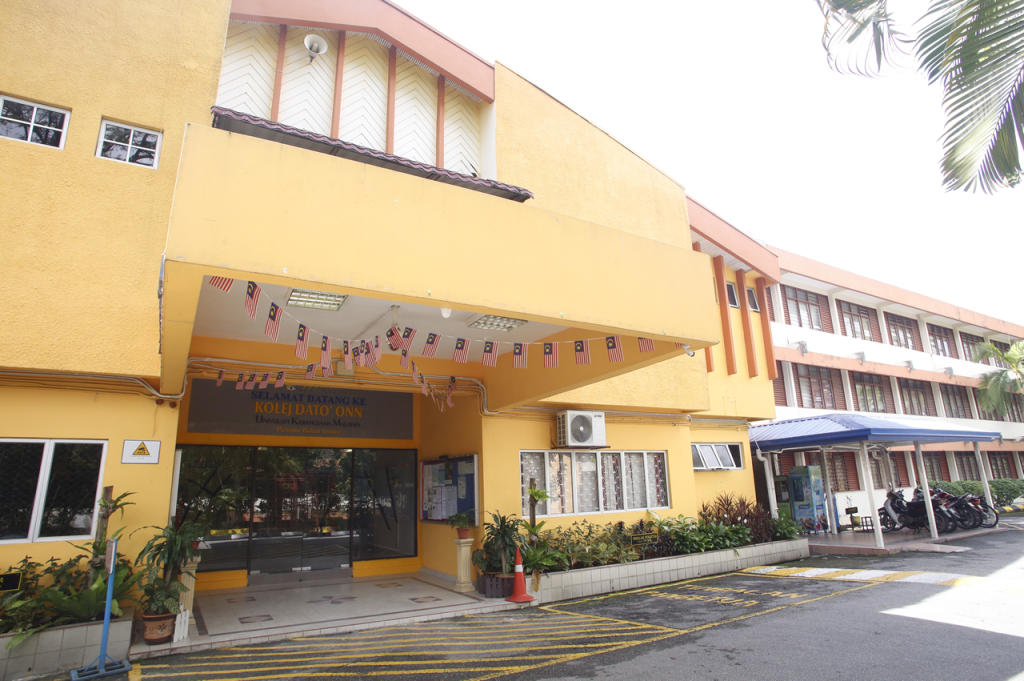

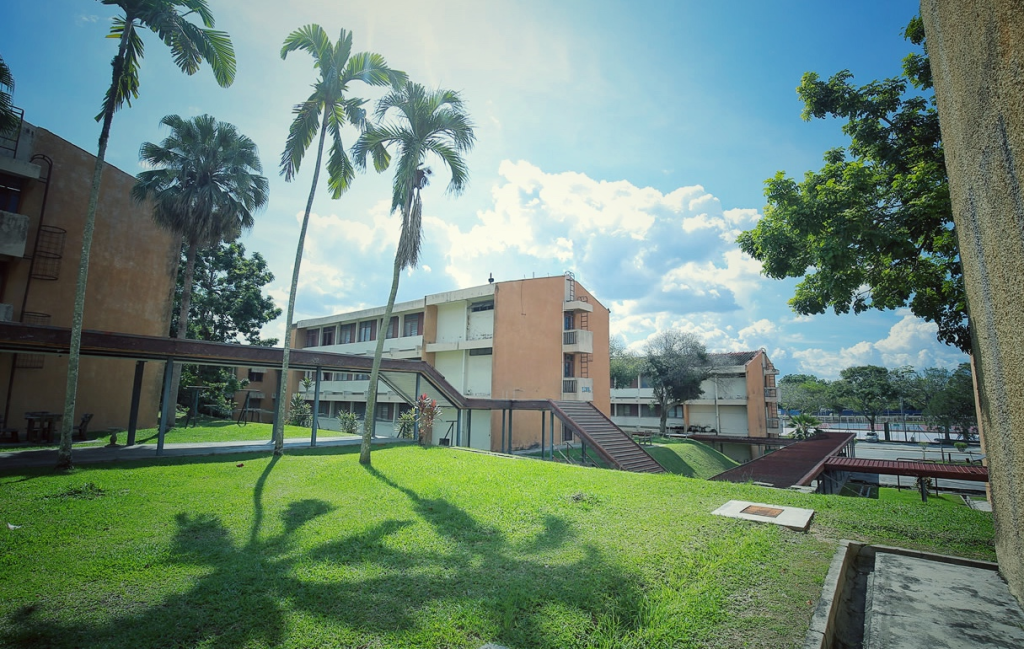
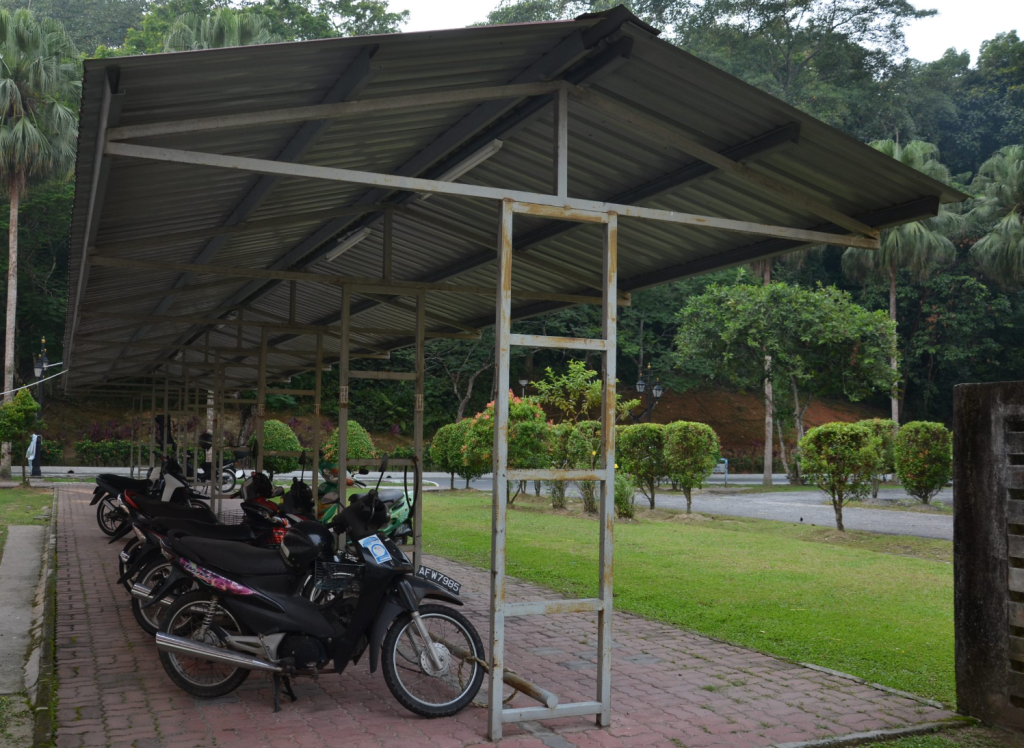
14. Tun Hussein Onn Residence
Tun Hussein Onn Residence was formerly known as Kamsis (Kampung Siswa) Dato ’Onn II until 1990, then changed its name to Kamsis Tun Hussein Onn. In line with the restructuring this Kamsis was later known as the Tun Hussein Onn Residence.
The use of the name Tun Hussein Onn is due to his involvement in the military as well as his contribution as a fighter for the dignity of the nation. Therefore, the use of the name Tun Hussein Onn is very appropriate for this college which is the residential college of the Reserve Officer Training Team (PALAPES).
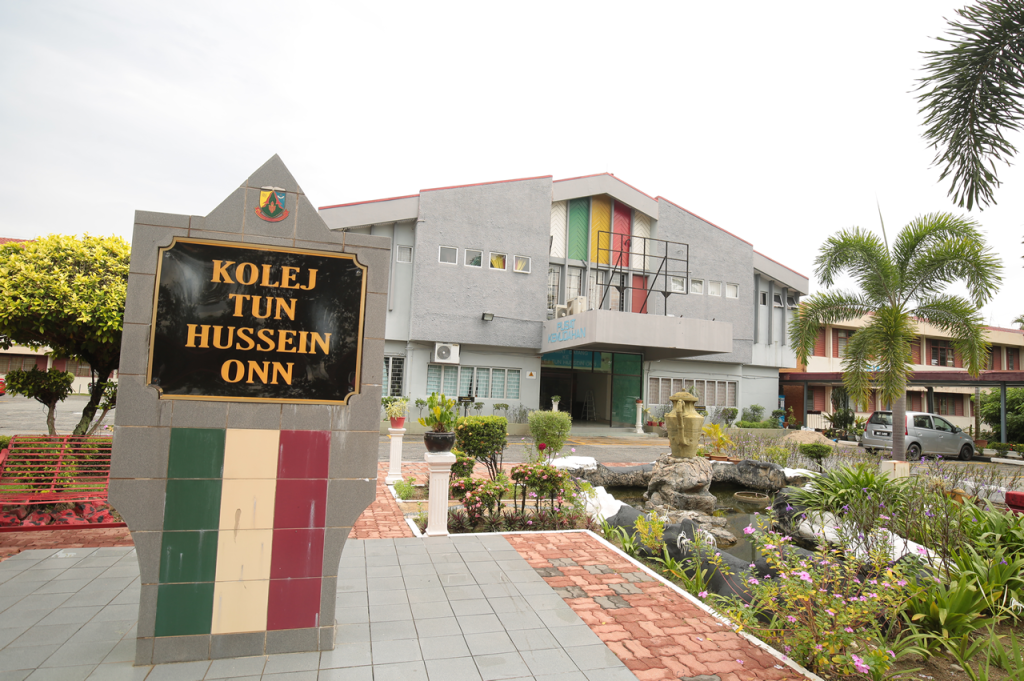
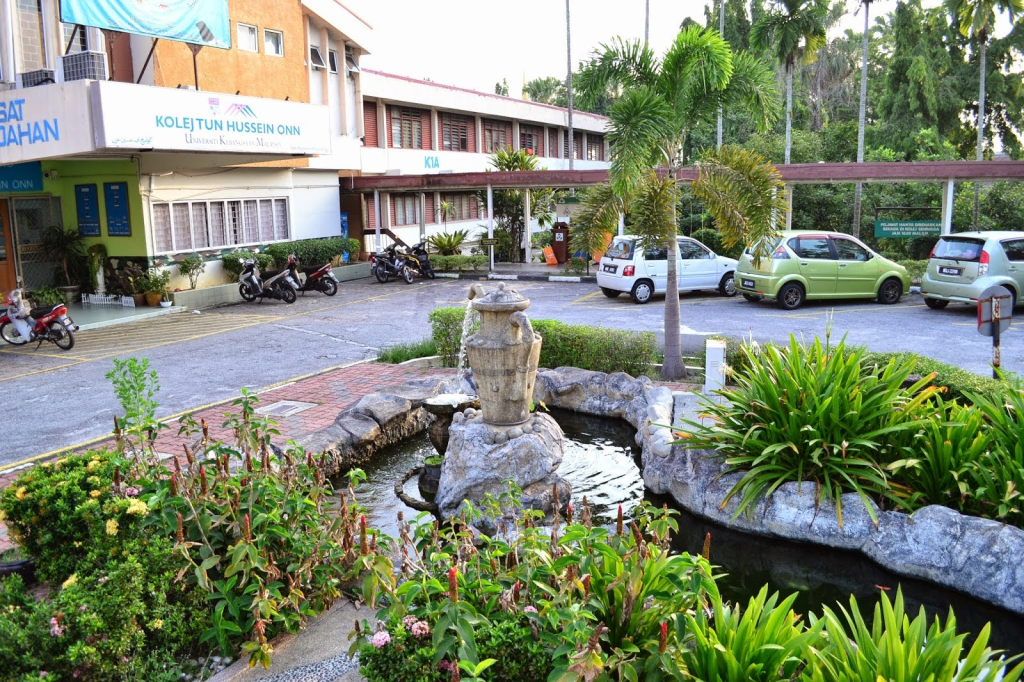
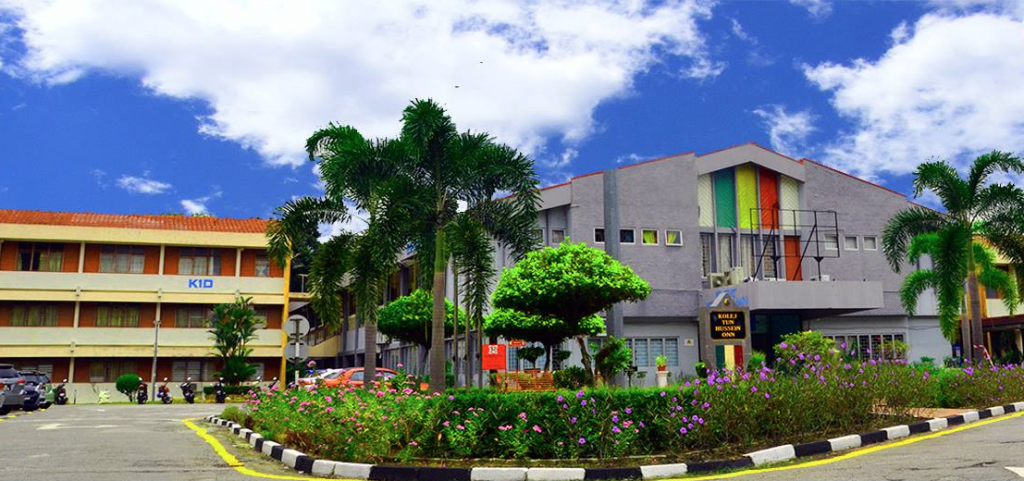

15. Aminuddin Baki Residence
In its early stages, Aminuddin Baki College was known as UKM’s Second Residential College and was opened for accommodation around 1971. This college is the oldest residential college in UKM after Dato’ Onn College.
Now, after reaching the age of 44, Aminuddin Baki College continues to thrive, standing with other residential colleges in UKM.
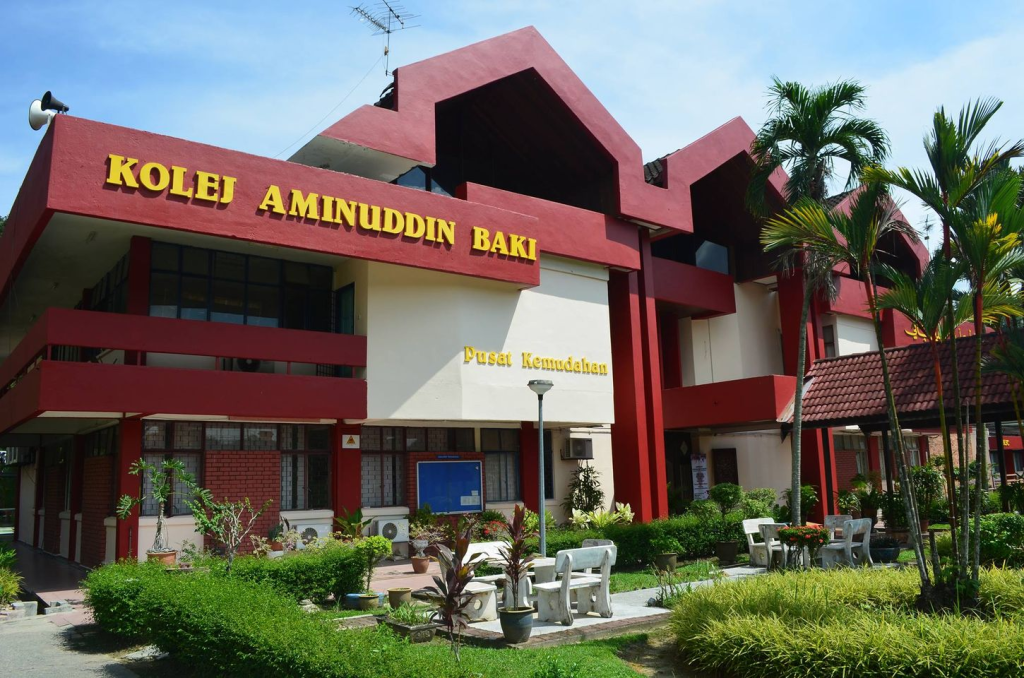
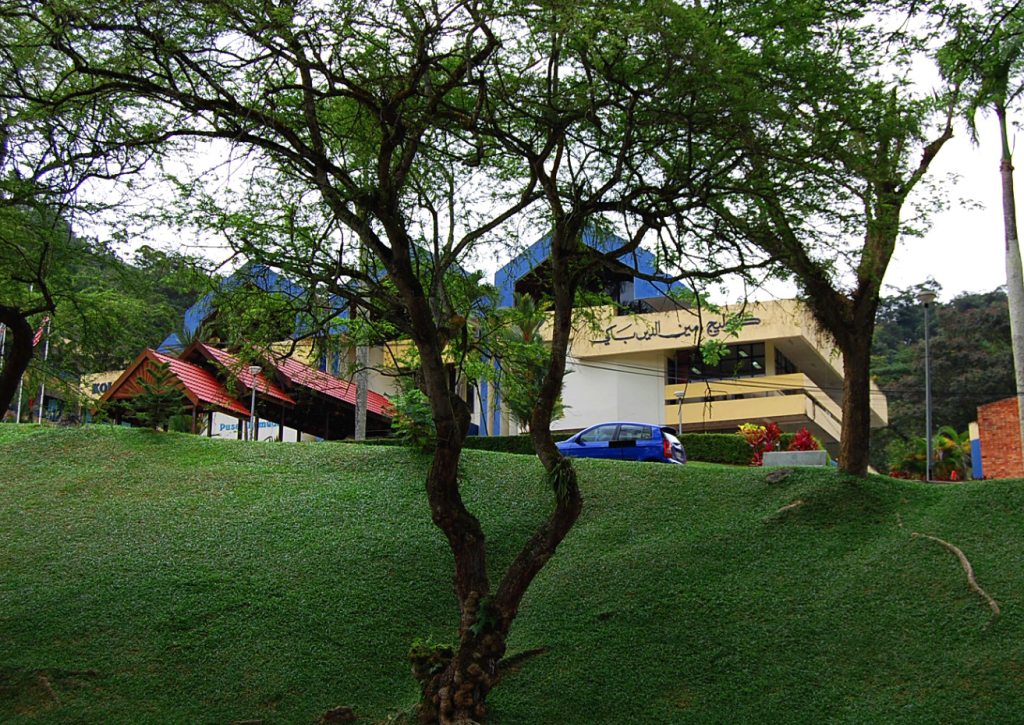

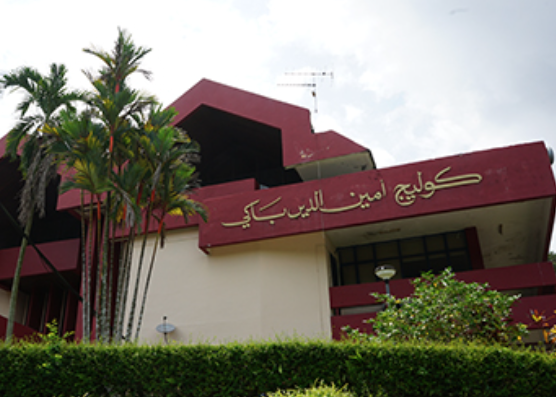
16. Ungku Omar Residence
Ungku Omar College was built on 23 June 1976 and completed on 7 January 1978 with an area of 220 square feet. Ungku Omar College has four dormitory blocks, 23 dormitory blocks and three dormitory blocks that can accommodate a total of 1024 residents.
With the acronym KUO, this college is named after a national medical figure – the late Prof. Dato’ Dr. Ungku Omar bin Ahmad.
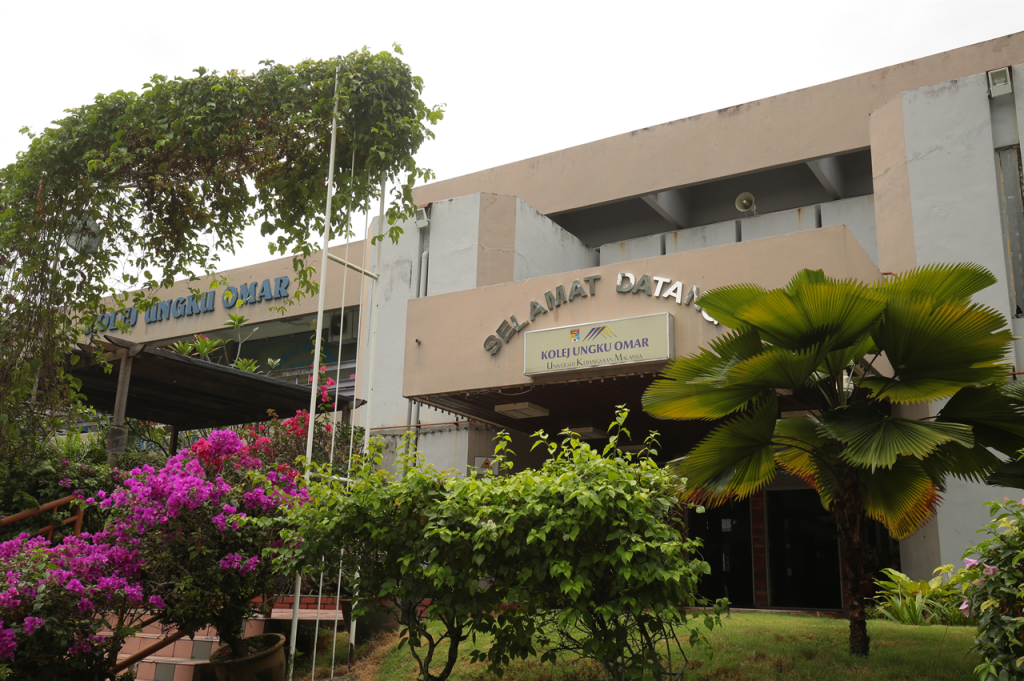



Museums & Galleries
UKM offers public access to museums, exhibition spaces, galleries, and a variety of art and artifacts. In total, there are 18 museums and galleries across the UKM campus, each showcasing diverse collections and research materials from various fields. Among these is the Academic Heritage Museum, dedicated to preserving, collecting, conserving, and exhibiting university and national treasures. These artifacts hold great value in documenting the global changes over time, spanning from the past to the future
UKM Bangi Main Campus
- Tuanku Chancellor Gallery
- Academic Heritage Museum
- Litograph, Caricature and Manuscript Gallery, FSSK
- Malay Fashion Centre, FSSK
- Geological Museum, FST
- Malaysian National University Zoological Museum, FST
- Seed Bank of Universiti Kebangsaan Malaysia (UKMSB), FST
- Universiti Kebangsaan Malaysia Herbarium
- Centre for Insect Systematics, FST
- FKAB Gallery
- Tun Fatimah Hashim Gallery, PKW
1. Tuanku Chancellor Gallery
The Tuanku Chancellor Gallery is another new landmark on the beautiful campus. This gallery is a recording of the history of the establishment, development and excellence of the University for a period of three centuries. Since its establishment on 18 May 1970, every day that passes is history for UKM which has succeeded through various obstacles and challenges in its efforts to stand as a center of excellence in knowledge.




2. Academic Heritage Museum
The filling and layout of the museum collection is made in accordance with the institute’s memory concept for a higher education center which is a park of knowledge and information. In order to create a harmonious and cheerful museum atmosphere, the combination of yellow, brown and golden colors is the main choice.
The collection on display at the museum includes posters, photographs, artefacts, research results, a collection of professors’ inaugural lectures, publications, medals, certificates of appreciation, awards and recognition.


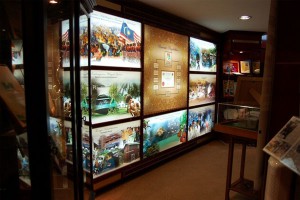

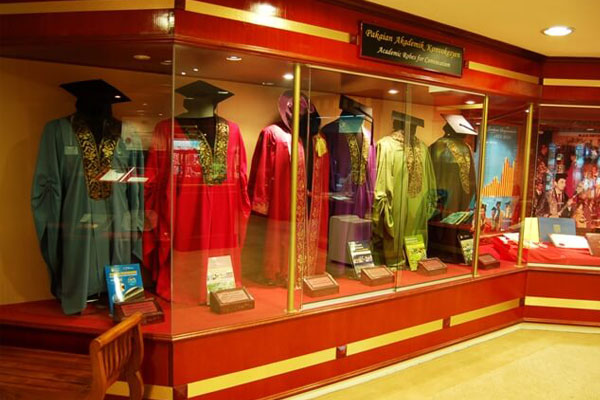
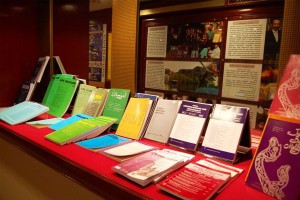
3. Litograph, Caricature, and Manuscript Gallery
This gallery displays collection that are never been cataloged by any research institutions. Lithograph, caricature, and manuscript are the main exhibits and they are important for understanding a country’s history and heritage.
The lithographs in the gallery are the works of colonial artists invited by the Portuguese, Dutch, English, and French colonial governments to record the historical events occurred in the Malay world. Among the subjects of the artworks are events, Malay society and culture, and the tropical flora and faunas found on the Malay Peninsula.
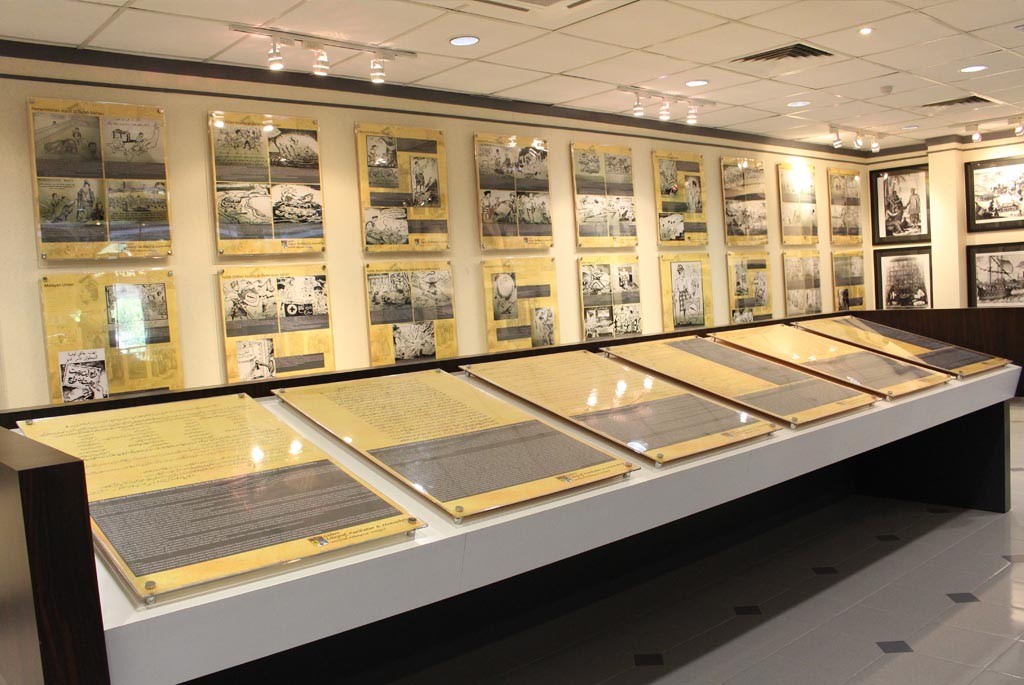
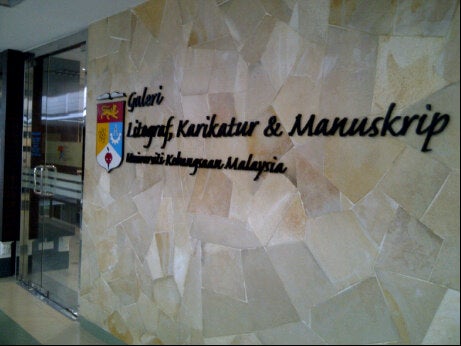
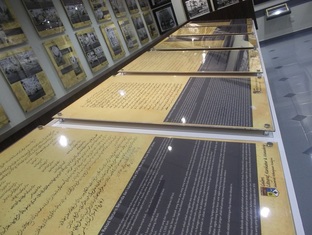
4. Malay Fashion Center, FSSK
Malay Fashion Center is a mini museum that exhibits traditional Malay fashion or clothing. This hall is used for teaching and learning sessions for students at Bitara Melayu.
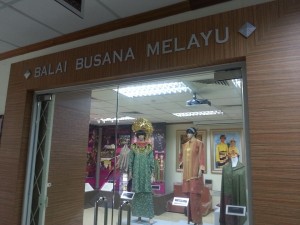
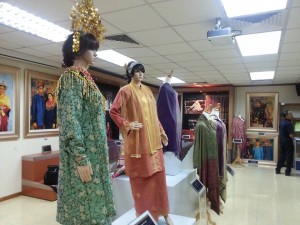
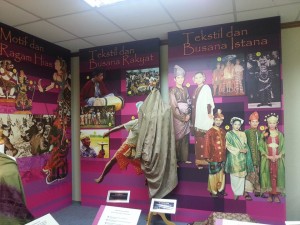
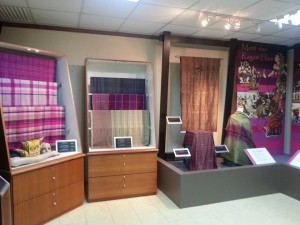
5. Geological Museum, FST
The Geological Museum was launched in 1990. Since the establishment of the Geological Department in conjunction with the establishment of Universiti Kebangsaan Malaysia itself in 1970, efforts to develop this museum took time to complete, especially the collection of local mineral, rock and fossil samples.
To date, the total number of samples collected is over 7000 samples covering the Geological Museum, Geological Gallery and Rock Archives.

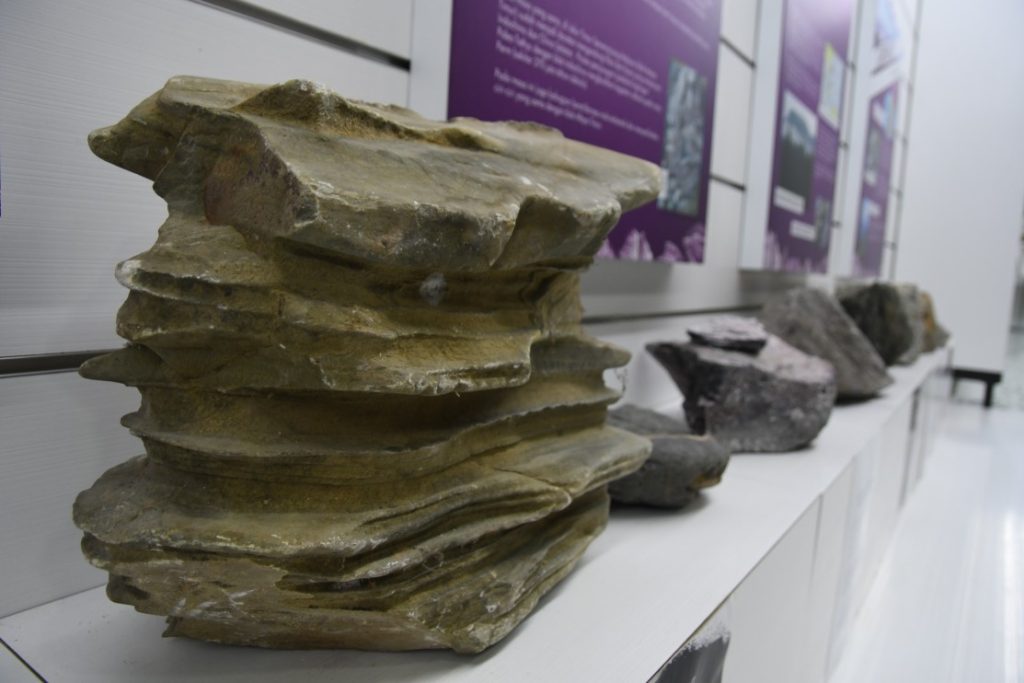


6. Malaysian National University Zoological Museum, FST
Malaysian National University Zoological Museum is one of the units under the Museum of Natural History, Faculty of Science and Technology. The museum is also a collection center and a vertebrate specimen repository, where to date, the museum has reached 6000 specimens as a whole.
The zoological museum has a diverse and unique collection of specimens of marine life, fish, amphibians, reptiles, birds and mammals.These specimens are preserved since the 80s and there are also several specimens from the 70s, where these specimens are preserved using several curing methods such as curing methods in formalin and alcohol solution of ethanol, taxidermy, bone and diaphonized.
The Zoological Museum was established as a collection center collection of vertebrates specimens as a result of research by researchers and UKM students and as a reference center for researchers and people who are interested in biodiversity diversity.



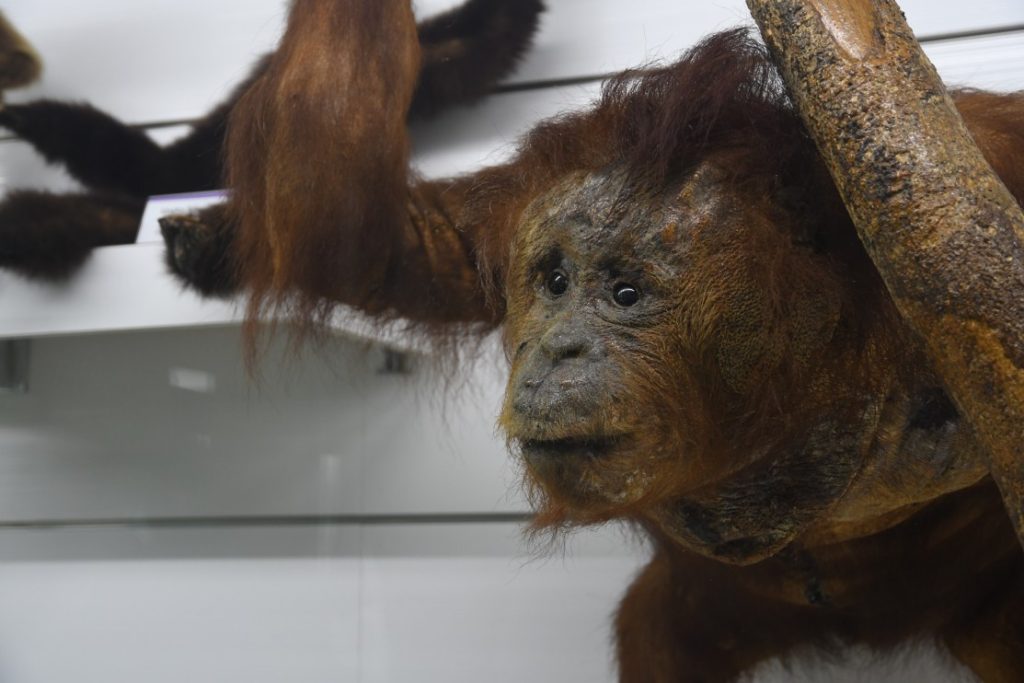
7. Seed Bank of Universiti Kebangsaan Malaysia (UKMSB)
Seed Bank of Universiti Kebangsaan Malaysia (UKMSB) is one of the units under the Natural History Museum, Faculty of Technology Science. This unit serves as a conservation center and preservation of plant genetic resources such as paddy, fruits and vegetables in particular used in research in UKM.
This unit keeps various types of crop access including traditional varieties, wild varieties, modern cultivars and biakasonic droplets. To date, for paddy crops alone, UKMSB has more than 100 traditional varieties, 50 modern cultivars, and more than 600 droplets. Additionally, UKMSB also has over 25 chilli accesses, 30 salad access, 30 access tails, 10 nut access, and various vegetable access and other fruits. These accessories are obtained through research activities, field work and seed sharing with individuals / research institutions / education from within and outside the country.
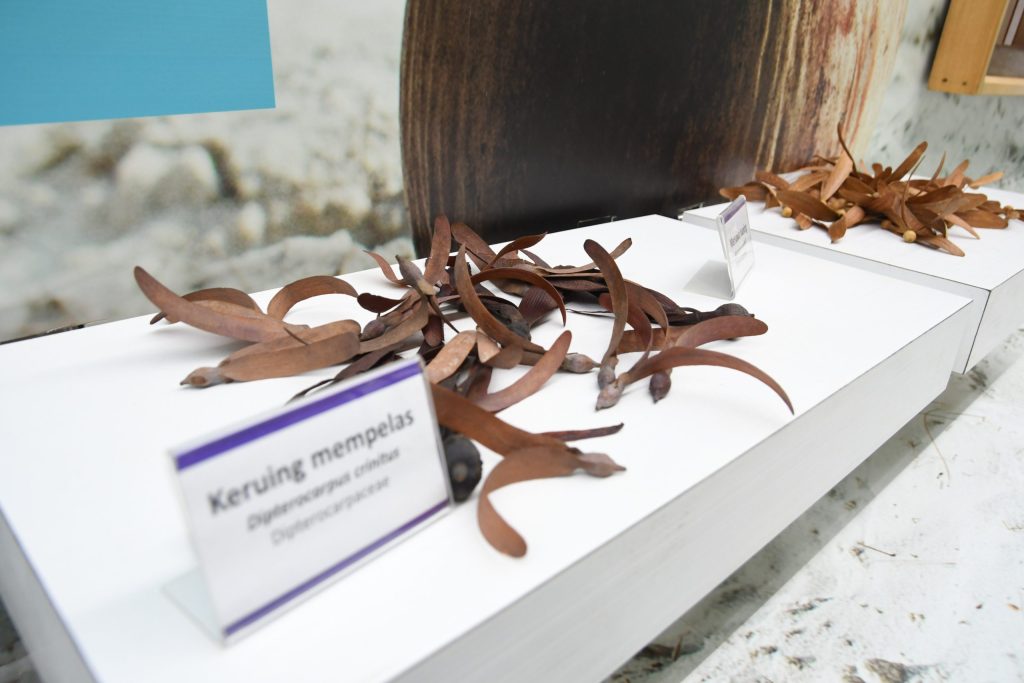
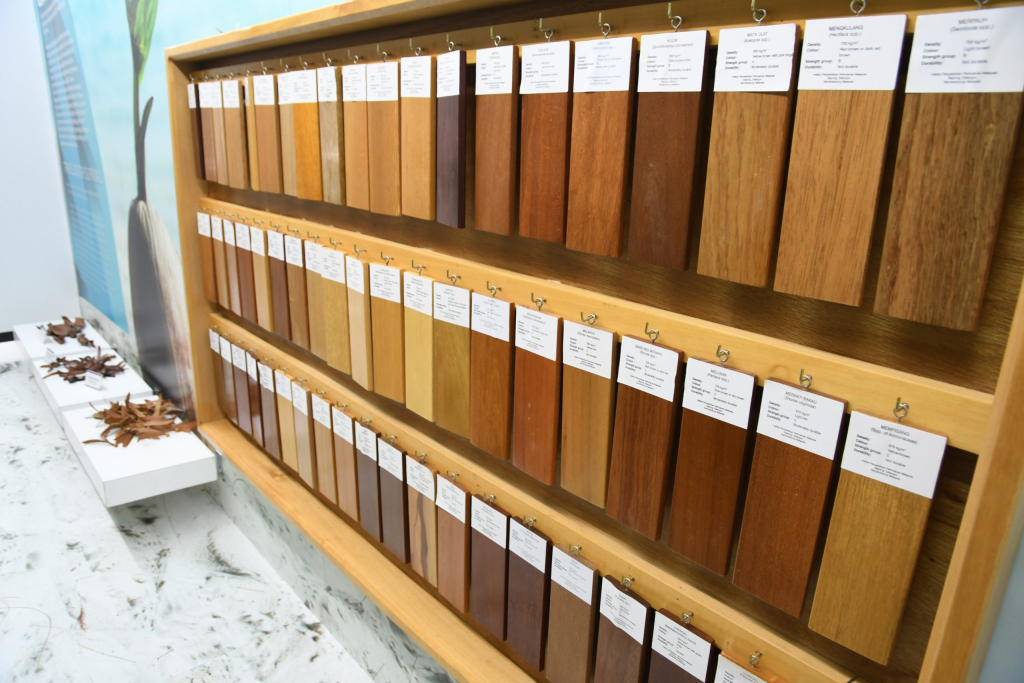

8. Universiti Kebangsaan Malaysia Herbarium
The Universiti Kebangsaan Malaysia Herbarium Bangi (UKMB Herbarium) was established in 1970, whose original building was in the Faculty of Science, Petaling Jaya. This unit was later transferred to the Biological Sciences Building, Faculty of Science and Technology, Bangi in 1982.
This herbarium is located on the 4th Floor and has an area of 259 square feet in the Biological Sciences Building under the management of the Center for Environmental Sciences and Natural Resources formerly known as the Ecosystem and Natural Resources Management Center at the Faculty of Science and Technology, UKM.
The UKMB Herbarium is part of UKM’s facility center used in teaching, education and research. The UKMB Herbarium has received visits from students, lecturers and researchers from various domestic and foreign institutions.
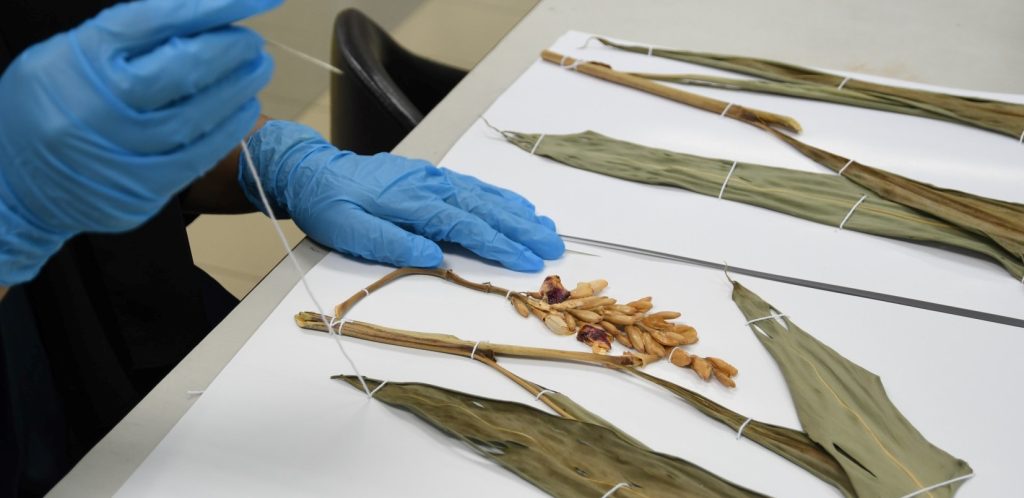
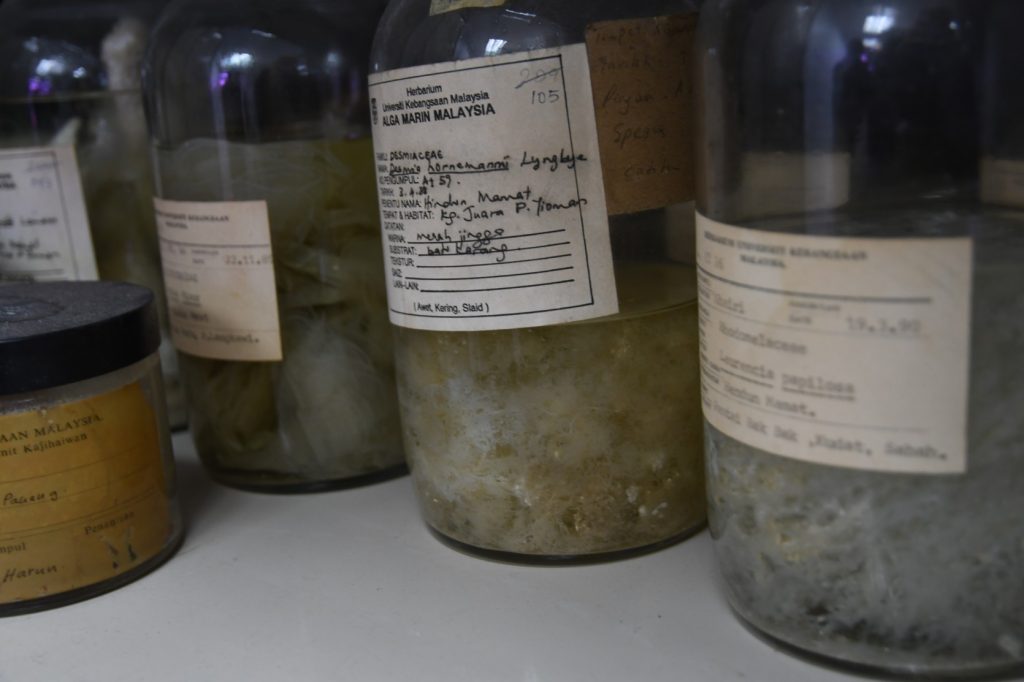
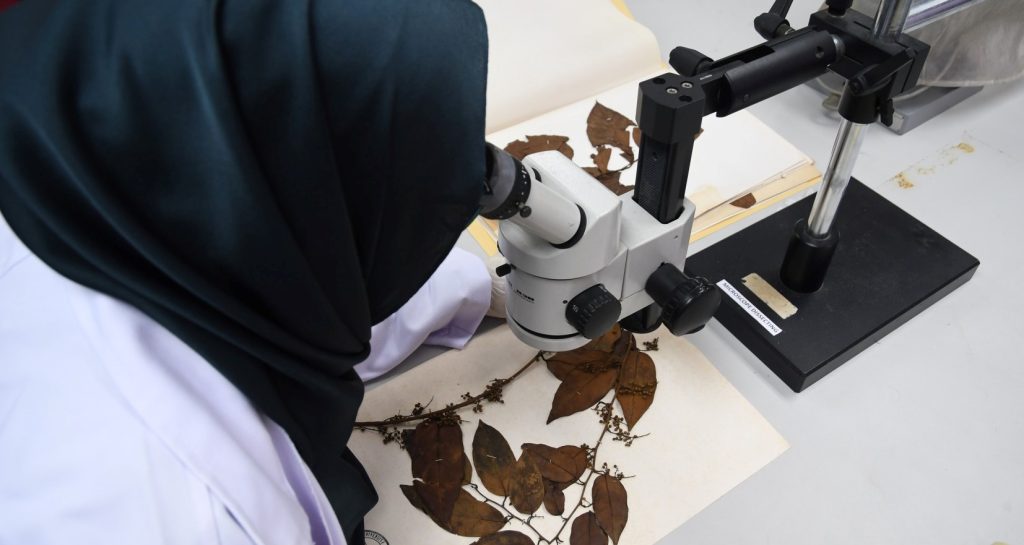
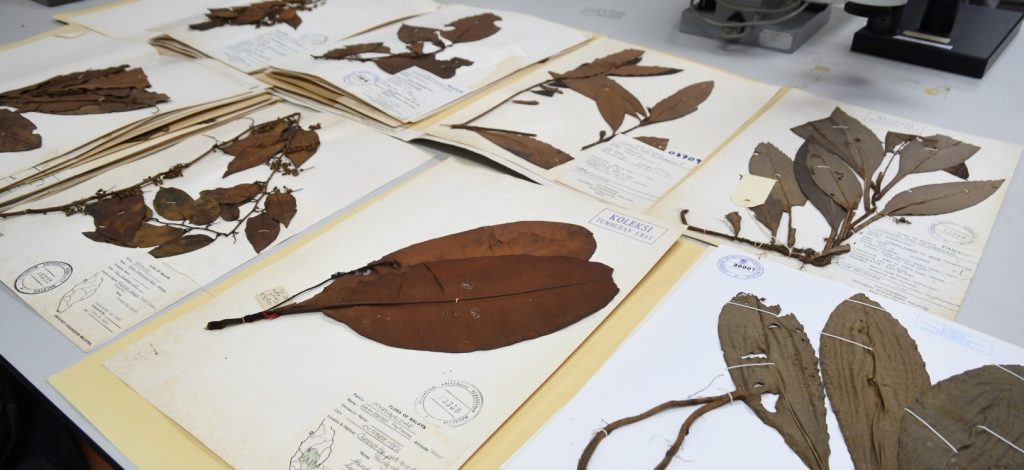
9. Centre for Insect Systematics, FST
Centre for Insect Systematics (CIS) of Universiti Kebangsaan Malaysia (UKM) is one of its kind in Southeast Asia. CIS is also one of the UKM’s centres of excellence. CIS was established in 1993 following the Agenda 21 of the Rio Declaration. Since its inception, the centre has collection of over 100,000 specimens, of which >120 are type specimens. CIS has its own world-circulated journal SERANGGA, which is dedicated to publication of research findings in insect systematics and diversity, particularly of Southeast Asia as well as other parts of the world.



10. FKAB Gallery
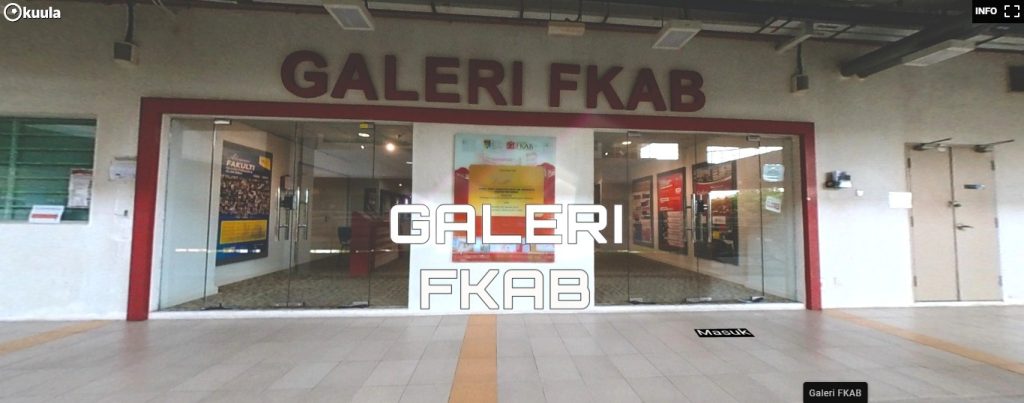
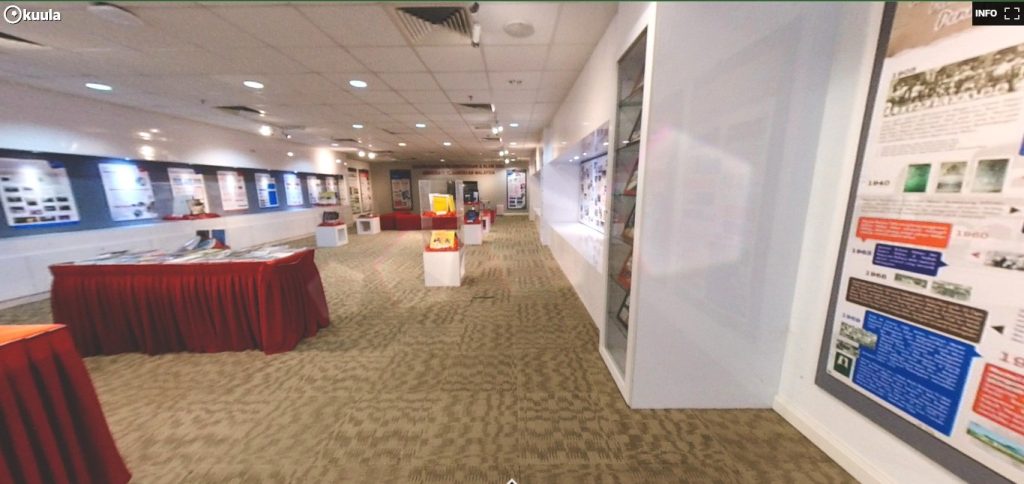
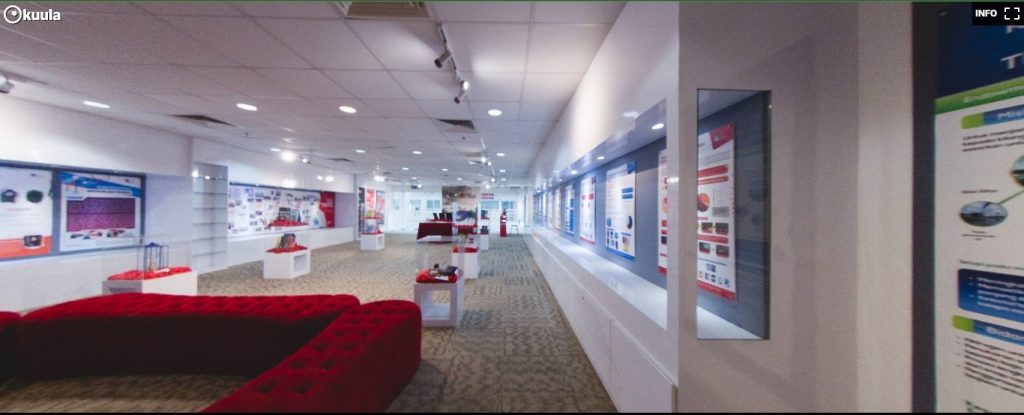
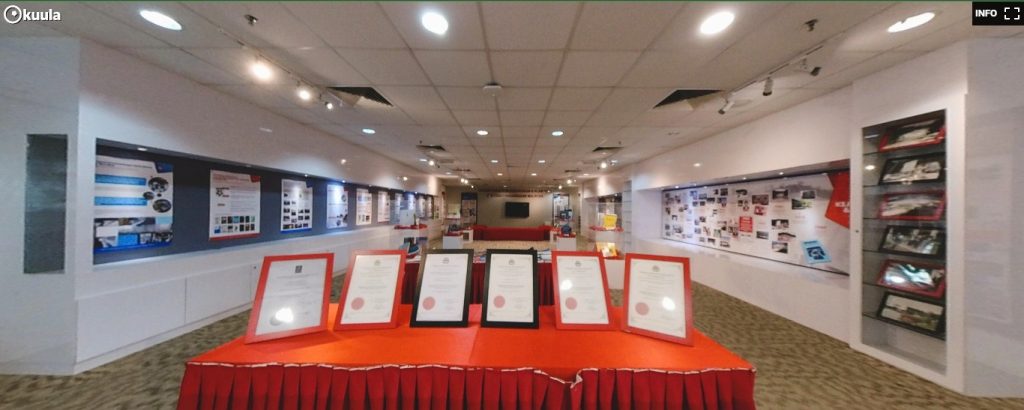
11. Tun Fatimah Hashim Gallery
The Tun Fatimah Hashim Gallery was established at Universiti Kebangsaan Malaysia to appreciate the services and contributions of a female national leader – Tun Fatimah Hashim. Tun Fatimah Hashim is the first woman appointed as a Minister in the Malaysian Cabinet. He held the portfolio of Minister of General Welfare from 20 May 1969 to the end of February 1973. Tun Fatimah Hashim has contributed a lot in an effort to fight for women’s rights in Malaysia through the UMNO Mothers’ Movement and the National Council of the Malaysian Women’s Organization (NCWO). This gallery displays Tun Fatimah Hashim’s personal collection, documentation and research materials about Tun Fatimah Hashim in an effort to preserve her treasures.
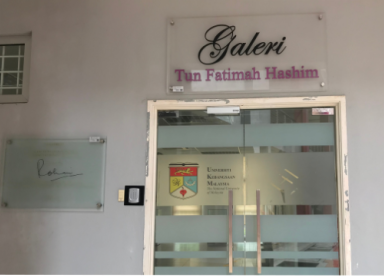
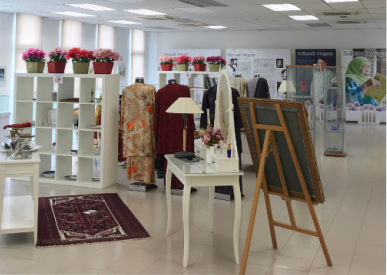
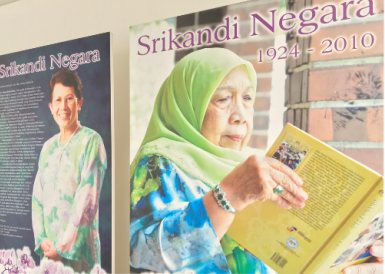
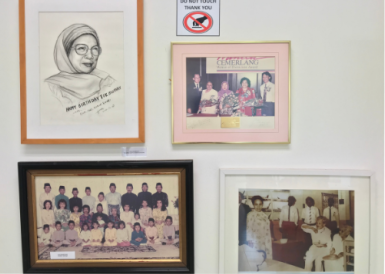
Cheras Campus
- Anatomy & Pathology Museum, FPER
- Parasitology & Entomology Gallery, FPER
- Physiology Gallery, FPER
1. Anatomy & Pathology Museum
The Anatomy Museum is located on the 3rd floor of the Pre-clinical Building, next to the faculty’s Pre-clinical library. The museum is shared with the Pathology Museum. The museum was established as one of the department’s efforts to diversify its teaching methods while fostering self-learning. Among the collections of specimens on display are a collection of plastic and jar specimens. To facilitate learning, specimens are displayed according to the body system starting from the whole body system, hands, feet, respiratory system, urinary system, endocrine system, reproductive system, cardiovascular system, thorax, abdomen and others. Some of the jar specimens were also painted and labeled to facilitate students to identify the structure.

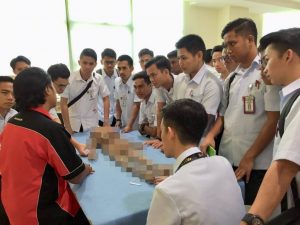

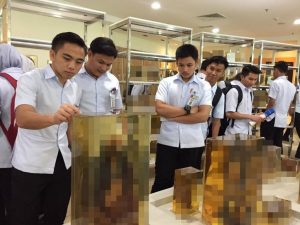
2. Parasitology & Entomology Gallery
The Entomology Laboratory conducts research based on entomological samples which are divided into Medical Entomology and Forensic Entomology. The laboratory is equipped with specialized equipment and chemicals for entomological research and slide preparation. Apart from that, this laboratory is also a laboratory for preparing equipment for entomology field work. All materials and equipment for entomology field work can be found in this laboratory.
3. Physiology Gallery
The Department of Physiology was established in 1970 with the establishment of the Faculty of Medicine, Universiti Kebangsaan Malaysia. At the beginning of the establishment, the Department of Physiology was located at Jalan Dr. Latif, Kuala Lumpur. When the permanent faculty building was completed in 1978, the Department of Physiology was located on the 4th floor, Jalan Raja Muda Abdul Aziz, Kuala Lumpur. In July 2014, the Department of Physiology was moved to the Pre-Clinical Building at Chancellor Tuanku Muhriz Hospital, UKM Medical Center, Cheras, Kuala Lumpur. The administration section is on the 18th Floor, while the laboratory & research section is on the 9th Floor.
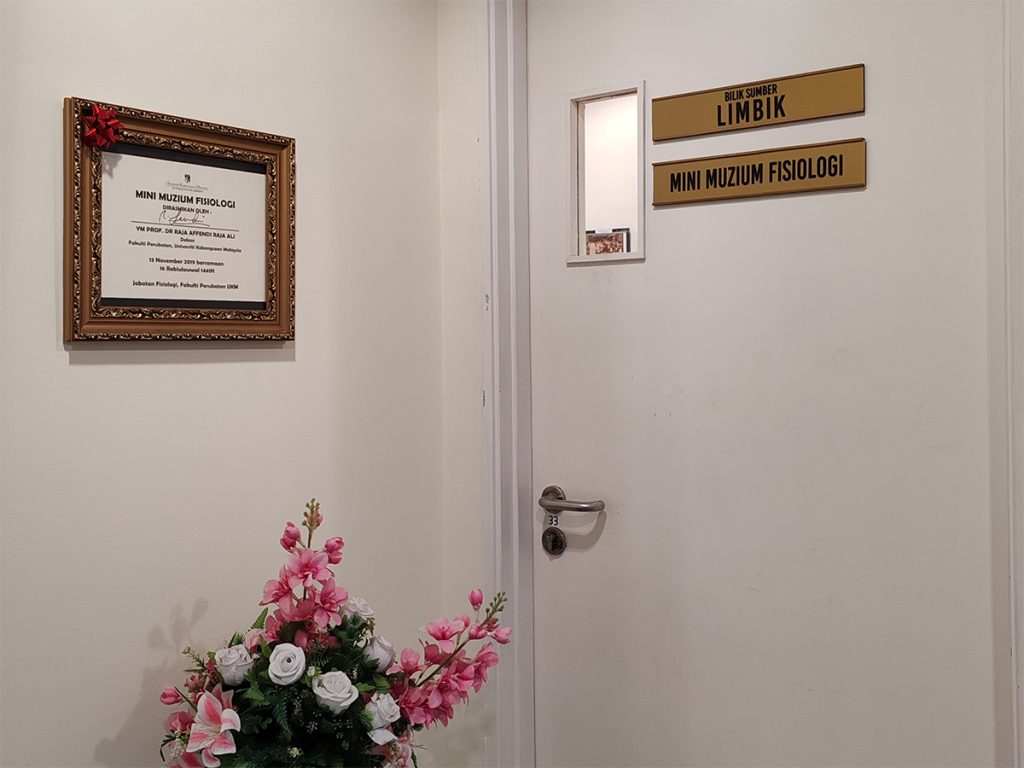
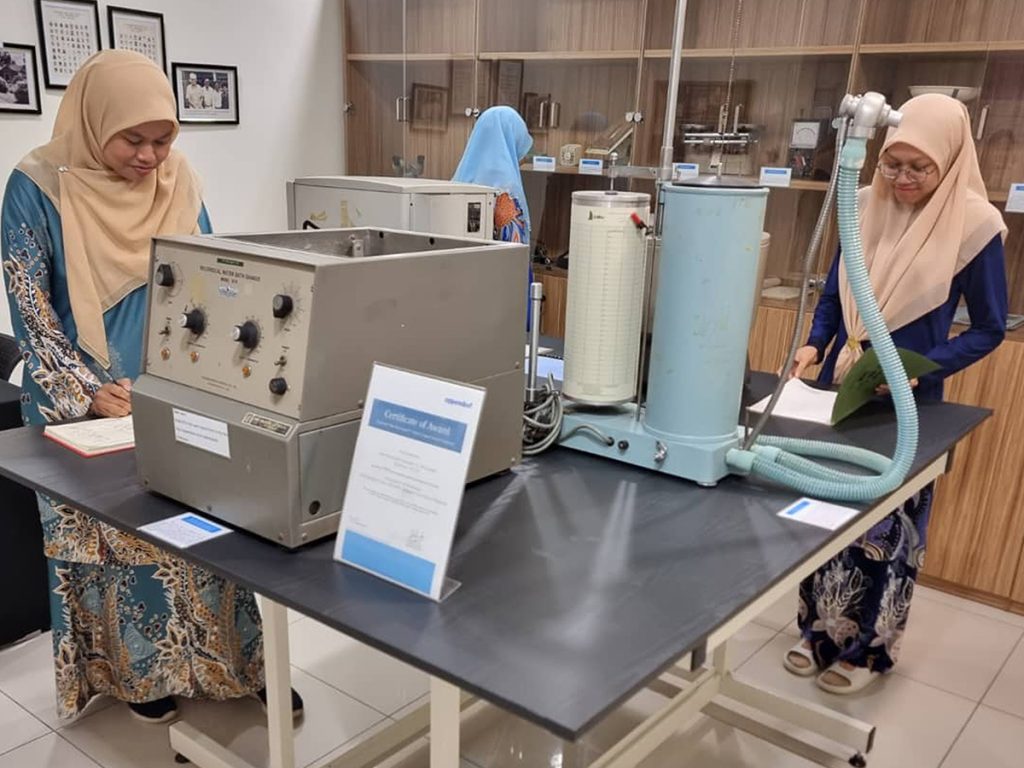
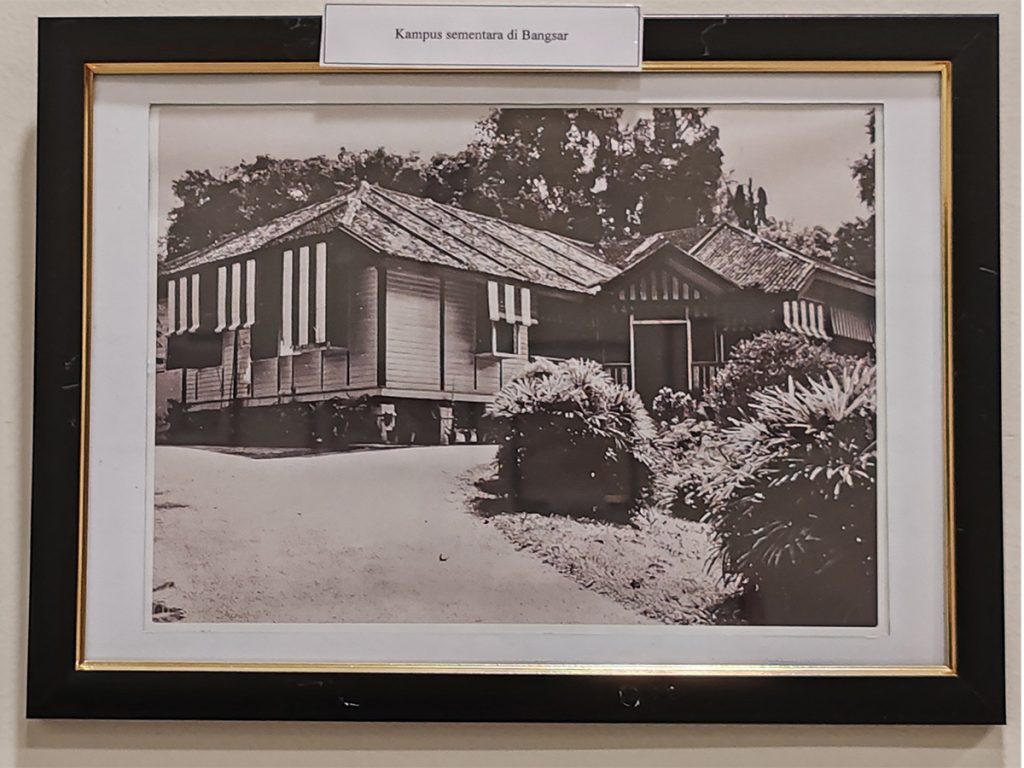
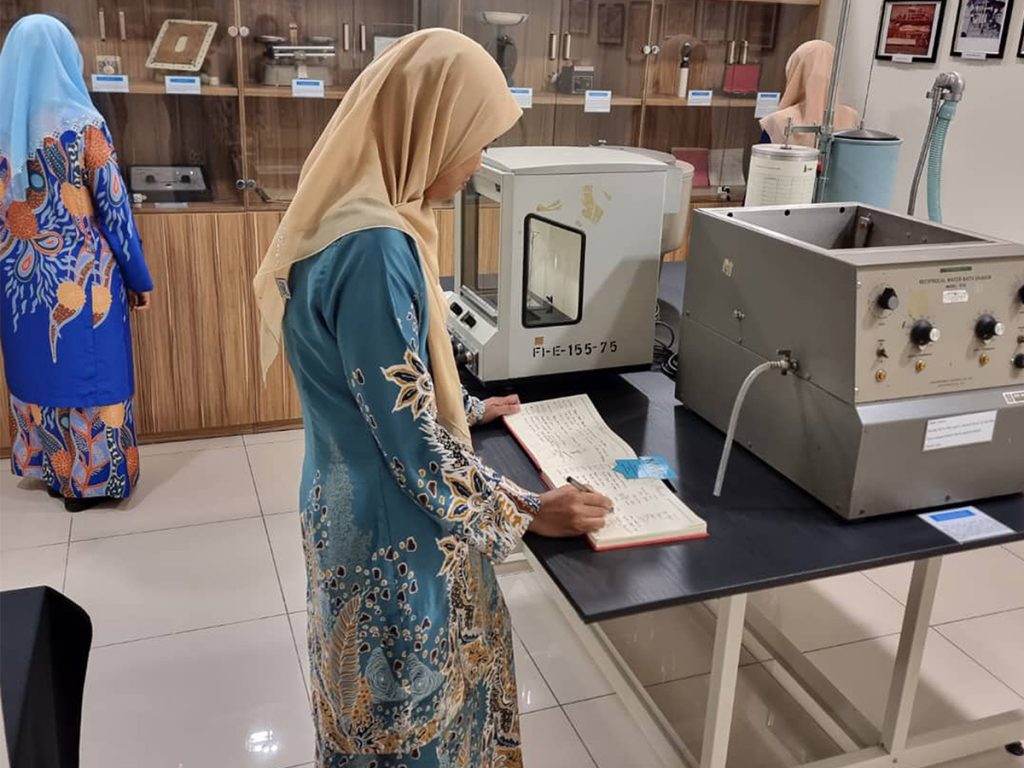
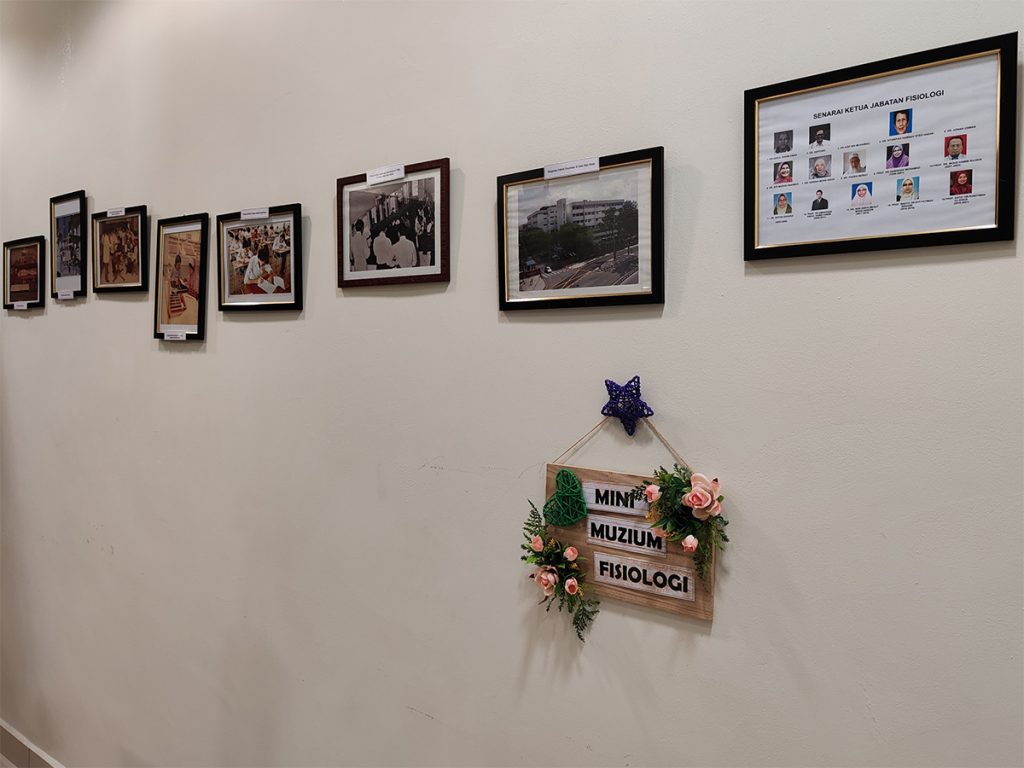
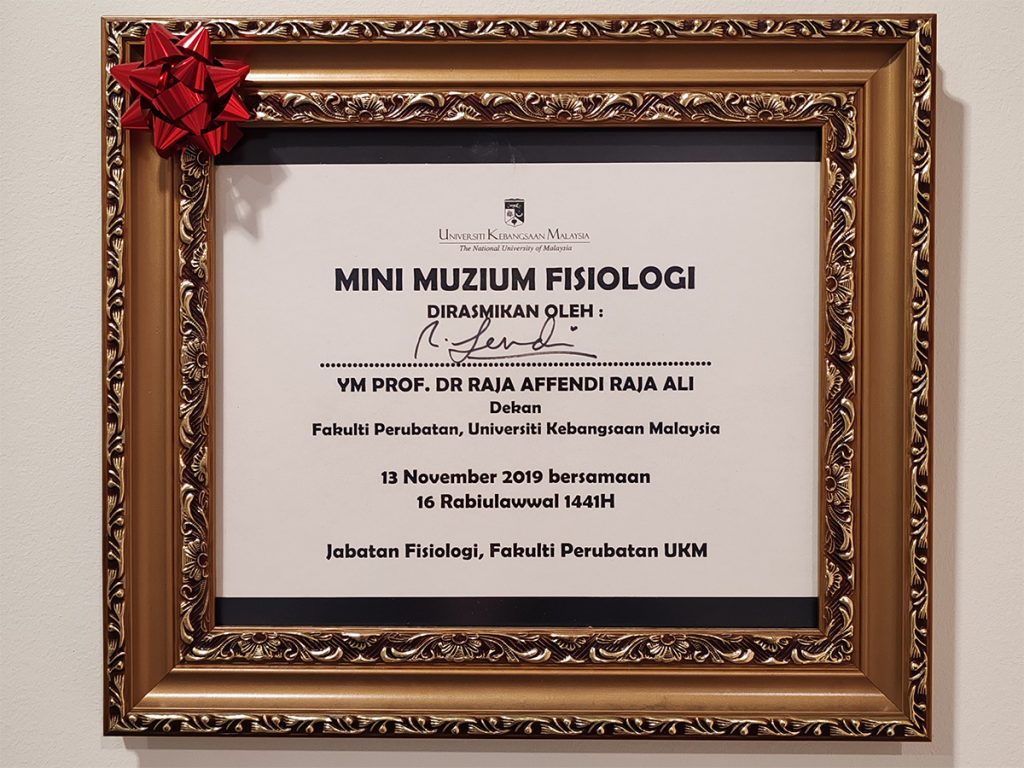
Natural Laboratory
- Langkawi Research Center Gallery, Kedah
- UKM Marine Ecosystem Research Centre (EKOMAR), Mersing, Johor
- Chini Lake Research Center, Pahang
1. Langkawi Research Center Gallery
The Langkawi Research Center (PPL) is located at Tuanku Abdul Halim Mu’adzam Shah Campus, Langkawi UNESCO Global Geopark. Langkawi Research Center is a focused center under UKM’s Institute of Environment and Development (LESTARI), responsible for carrying out research and academic services related to integrated heritage conservation and geopark development.




2. Marine Ecosystem Research Centre (EKOMAR)
Realizing the significance of marine resources and technology in Malaysia, Universiti Kebangsaan Malaysia through the Faculty of Science and Technology has established the Marine Ecosystem Research Centre (EKOMAR) to conduct research related to the marine ecosystem and resources. EKOMAR has been established not only to benefit studies on marine sciences and resources, but also to incorporate studies in the fields of management, social sciences, marine laws and engineering. It also aims to become a significant platform for enhancing knowledge and public awareness on the importance of marine ecosystem and control measures for the conservation of marine ecosystems.




3. Chini Lake Research Center
Realizing the significance of marine resources and technology in Malaysia, Universiti Kebangsaan Malaysia through the Faculty of Science and Technology has established the Marine Ecosystem Research Centre (EKOMAR) to conduct research related to the marine ecosystem and resources. EKOMAR has been established not only to benefit studies on marine sciences and resources, but also to incorporate studies in the fields of management, social sciences, marine laws and engineering. It also aims to become a significant platform for enhancing knowledge and public awareness on the importance of marine ecosystem and control measures for the conservation of marine ecosystems.
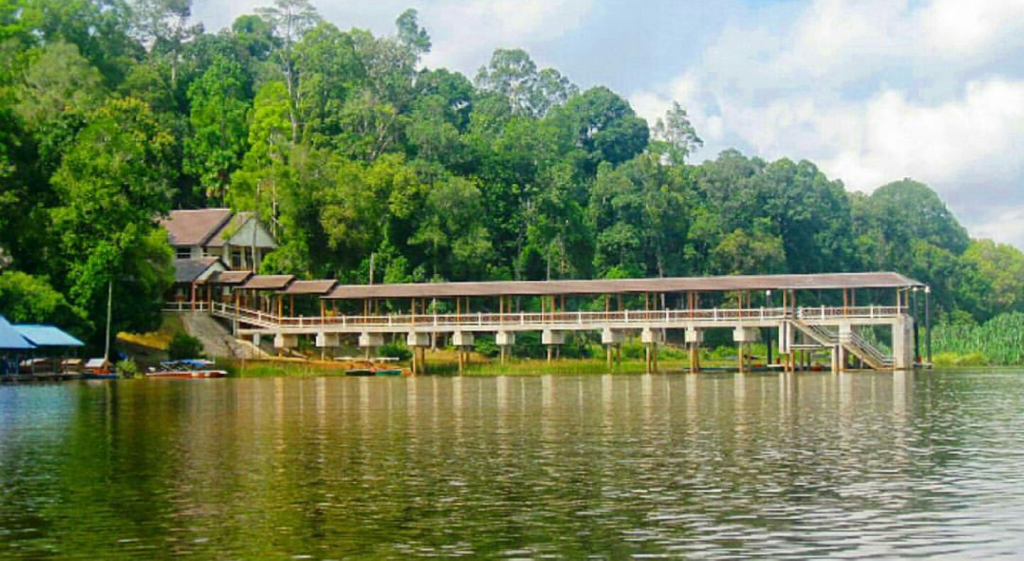
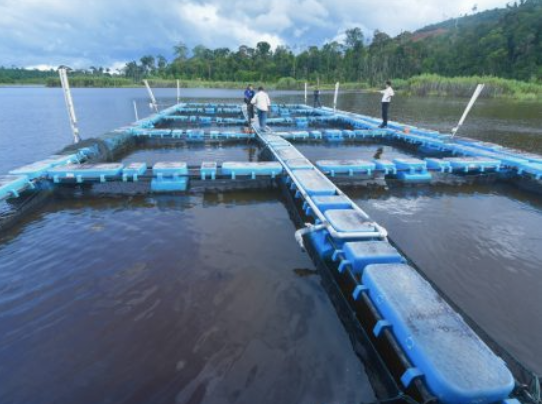


1. Faculty of Engineering and Built Environment (FKAB) Lake
Originally a swamp, the Faculty of Engineering and Built Environment Lake, with area of 1.8 hectares and depth 1.5 meters was converted to man-made lake in 1989. The water flows from the forested hills upstream into the lake and the lake water then flows into the Langat River. The surrounding area has been developed into a recreational park with footpaths, huts and offers sifting activities for students and campus residents. Apart from functioning as a catchment area to slow down the flow to the Langat River, it is also used as a water recreation area. This lake is also used by the Faculty of Education for basic canoeing courses.


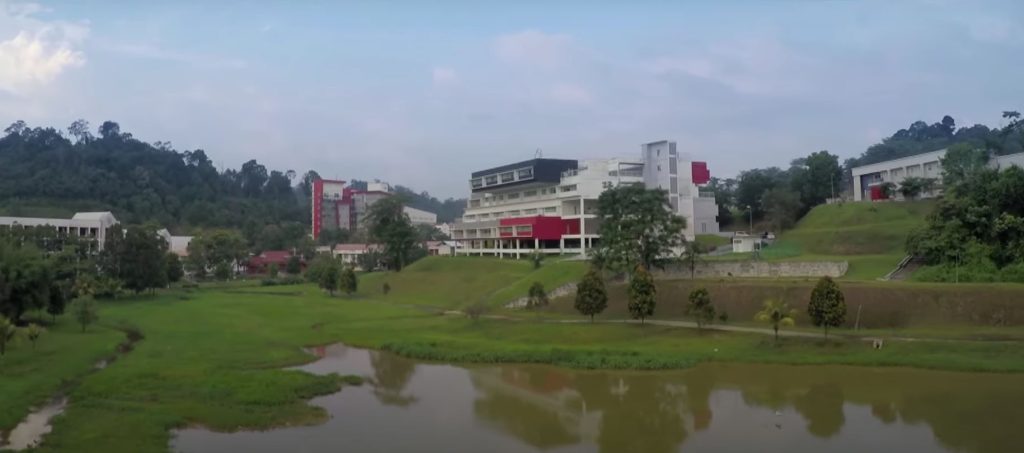

Pendidikan Alam Forest
Pendidikan Alam Forest (HPA) which aims to maintain the greenery of flora and fauna and nature. HPA is very suitable for camping activities and rugged activities that are based on forests with a challenging landscape. Located inside the UKM campus, Bangi and is part of the UKM Permanent Forest Reserve. On the south side is the PORIM-UKM palm oil plantation, on the east side there is the Animal House, Experimental Plot and Greenhouse, FST. While the Bangi Permanent Forest Reserve on the West side connects the HPA. The distance from the main entrance to HPA is approximately 4Km and is connected by a perfect road system.




Ghazali Lake
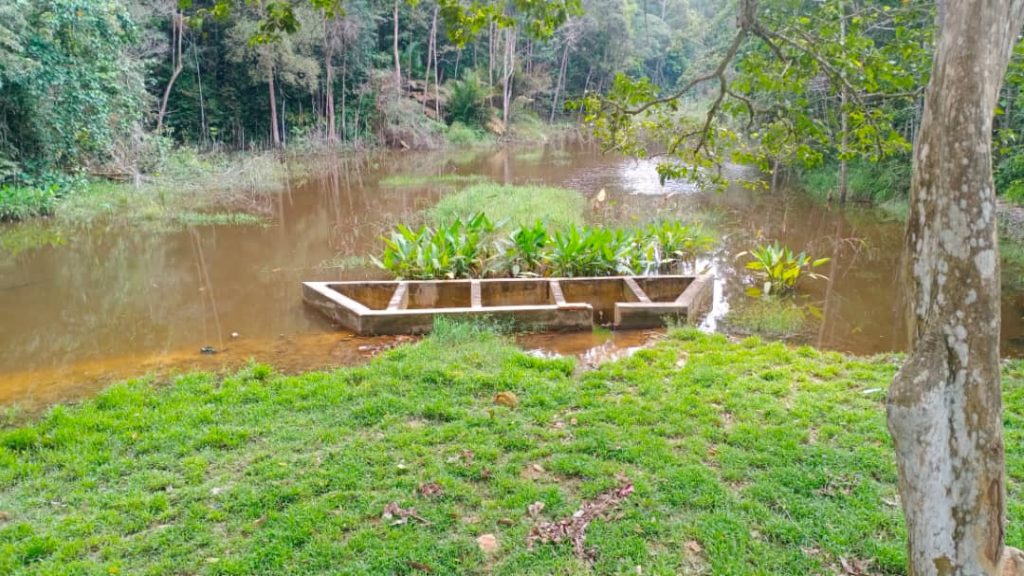
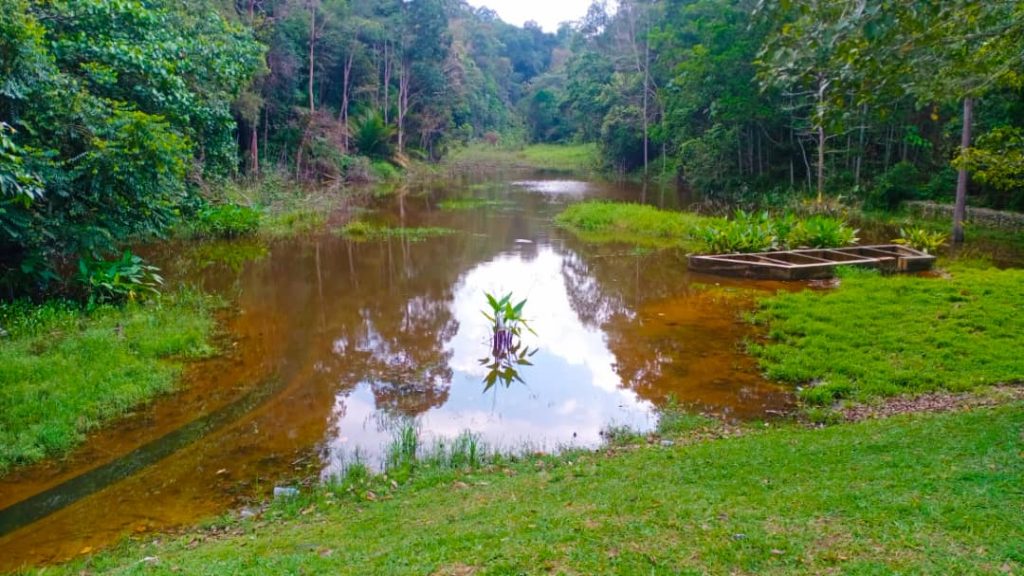
Pantun Garden
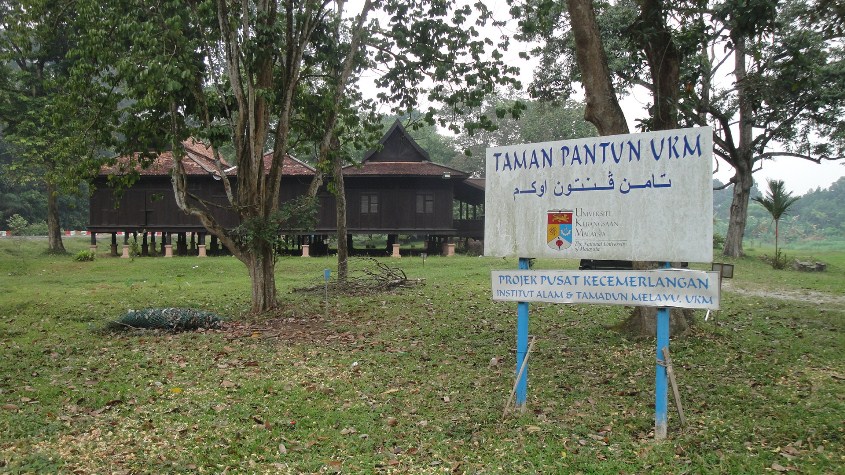
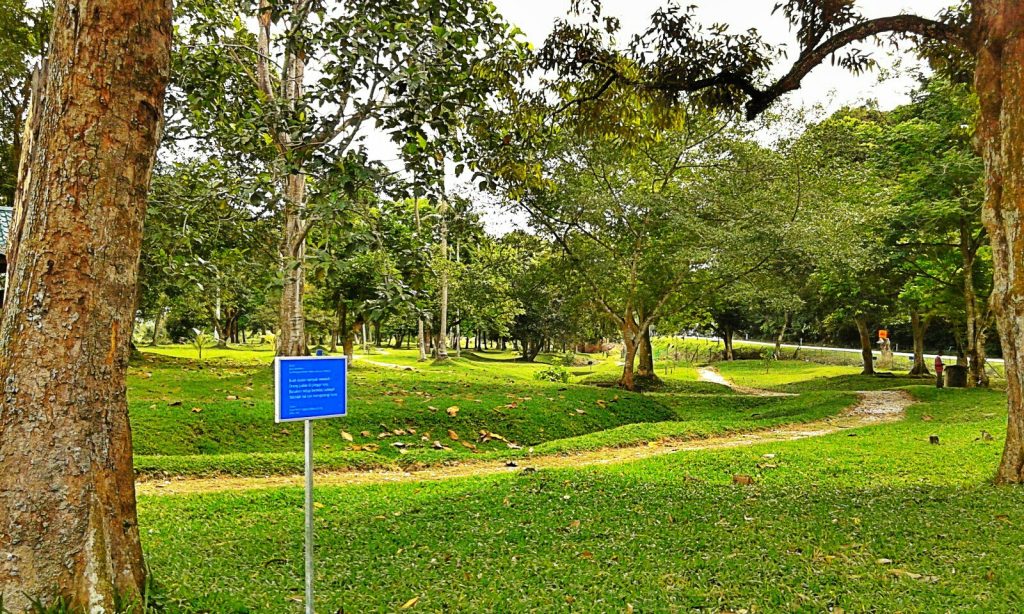
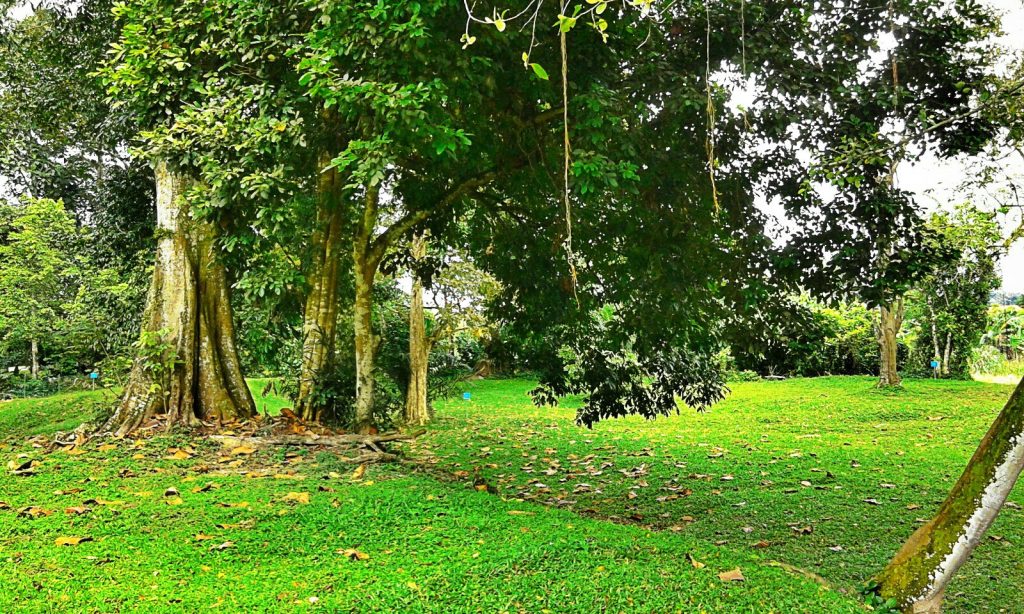
Sheikh Othman Sarawak Gallery
The Sheikh Othman Sarawak Chair is an initiative jointly established by UKM and the Islamic Council of Sarawak (MIS). His work began immediately after the success of the joint organisation of Nadwah Ulama Nusantara (NUN VIII) between UKM and MIS in Kuching on 23 to 25 October 2018. Most interestingly, the resolution of NUN VIII suggested the need for an Islamic scholarship chair to be established at IPT to deal with issues- issues related to civilization, progress and development of the Muslim community, especially for the state of Sarawak.
The Islamic scholarship chair was named the Sheikh Othman Sarawak Chair after the name of a prominent scholar who came from Bumi Kenyalang. The idea of establishing an Islamic Scholarship Chair at IPT was finally read by the Chairman of the Sarawak Islamic Council, Datu Haji Misnu Haji Taha as one of the resolutions of NUN VIII 2018 at the Official Adjournment Ceremony of NUN VIII on Thursday 25 October 2018 corresponding to 16 Safar 1440H in front of Tuan His Excellency Yang Di-Pertua Negeri Sarawak, Tun Pehin Sri Haji Abdul Taib Mahmud. The Sheikh Othman Sarawak Chair placed at the Faculty of Islamic Studies, UKM will carry out focused research activities on the SOCIO-ECONOMIC EMPOWERMENT OF THE ISLAMIC SOCIETY OF SARAWAK. This effort is seen to be in line with the 12th Malaysia Plan and the Sarawak Digital Economy Strategy 2018-2022.



Tun Ahmad Sarji Collection
UKM Pro-Chancellor Tun Ahmad Sarji handed over his personal collection to UKM for the storage and reference of the public. That personal collection consists of letters, minutes of meetings, gifts, historic photographs, posters and CDs he received during his service with the Government and the corporate sector. Tun Ahmad Sarji said he chose to place his collections at UKM because the university is an institution that appreciates the legacy.


ATMA Rare Collection
ATMA Rare collection is a Malay collection from the entire archipelago and the Malay-Polynesian world including the Malay Collection of Sri Lanka, South Africa, Surinam Malay Language Collection and rare materials in the Dutch language (information related to the Malay language and society in the 16th century)

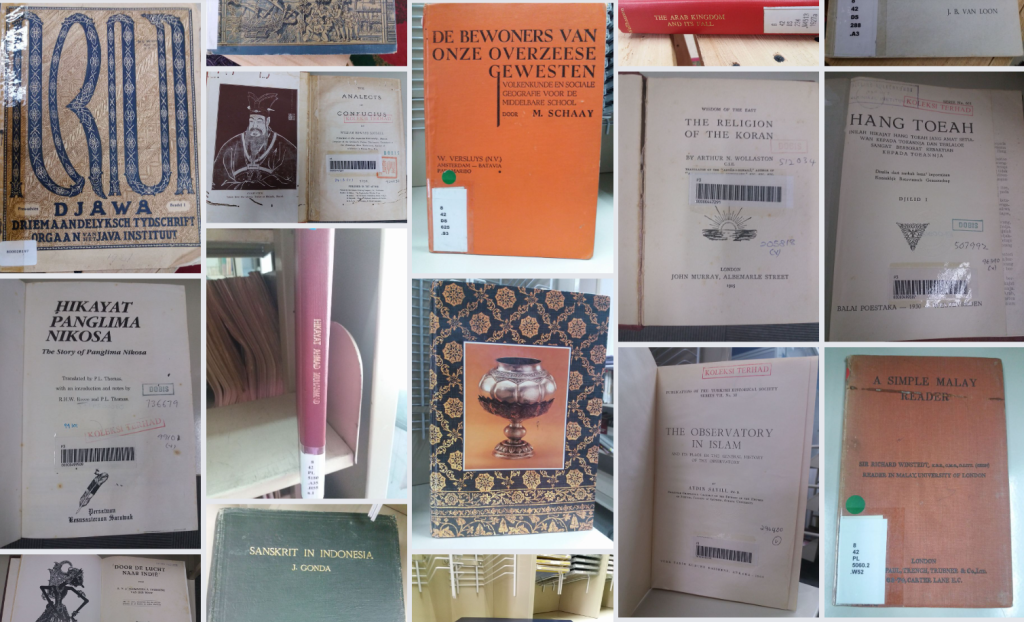
Elements of Green Building Implementation as Reflected in All Construction and Renovation Policies
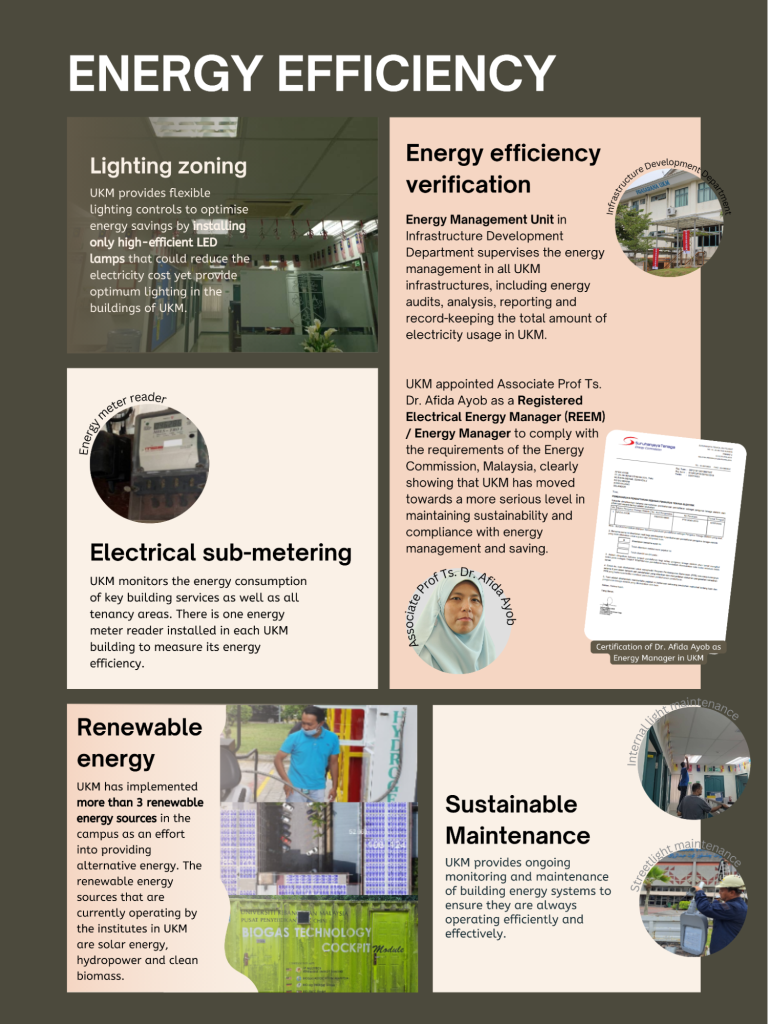
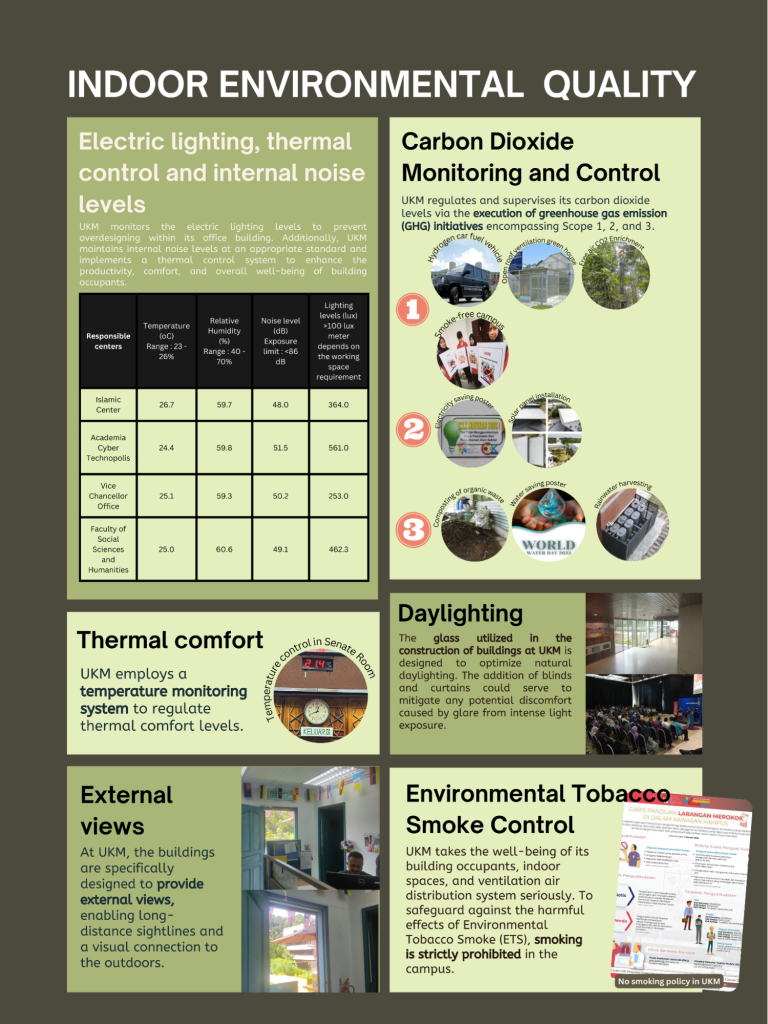
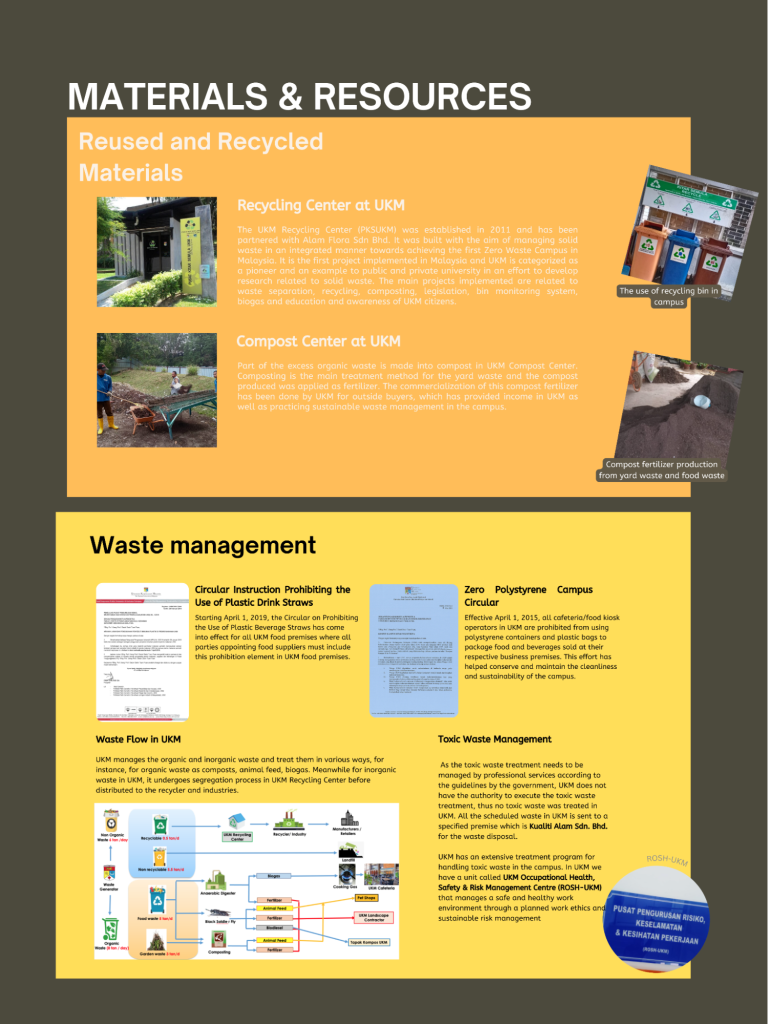
Akademia Siber Teknopolis (AST) & STEM UKM – featuring daylights element.
The construction featured by AST and STEM is very suitable with the element of sustainability ‘daylights’ where the building consisting of a glass base construction can provide a high percentage of lighting and can reduce the use of lights in the morning.
In addition, the selection of lamp specifications that lead to LED greatly contributes to savings and sustainability in a construction.


The picture shows – Construction of the building at UKM – Akademia Siber Teknopolis (AST) which exhibits the characteristics of glass construction and suitable for element daylights
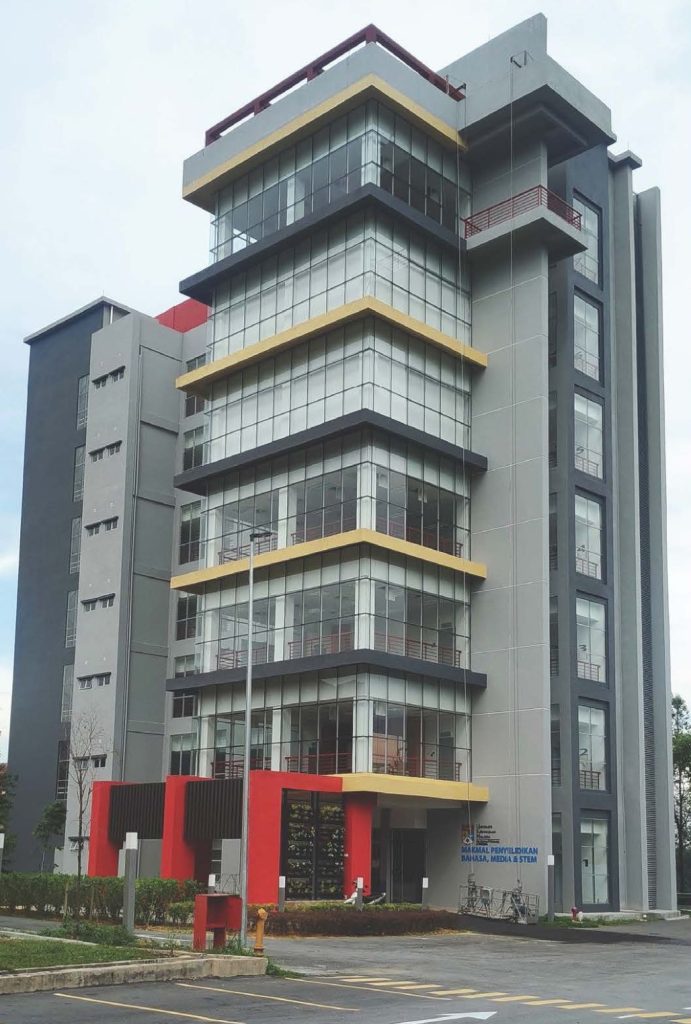
Masjid UKM – featuring natural ventilation element
With the construction of the mosque which has 3 levels and a relatively high ceiling height and is full around this area with fresh air come with door openings, it is clear that it exhibits the element of natural ventilation. Without the need for an air conditioning system, the construction of this mosque provides comfortable ventilation and makes every member of the parish who is inside calm to perform ibadah.
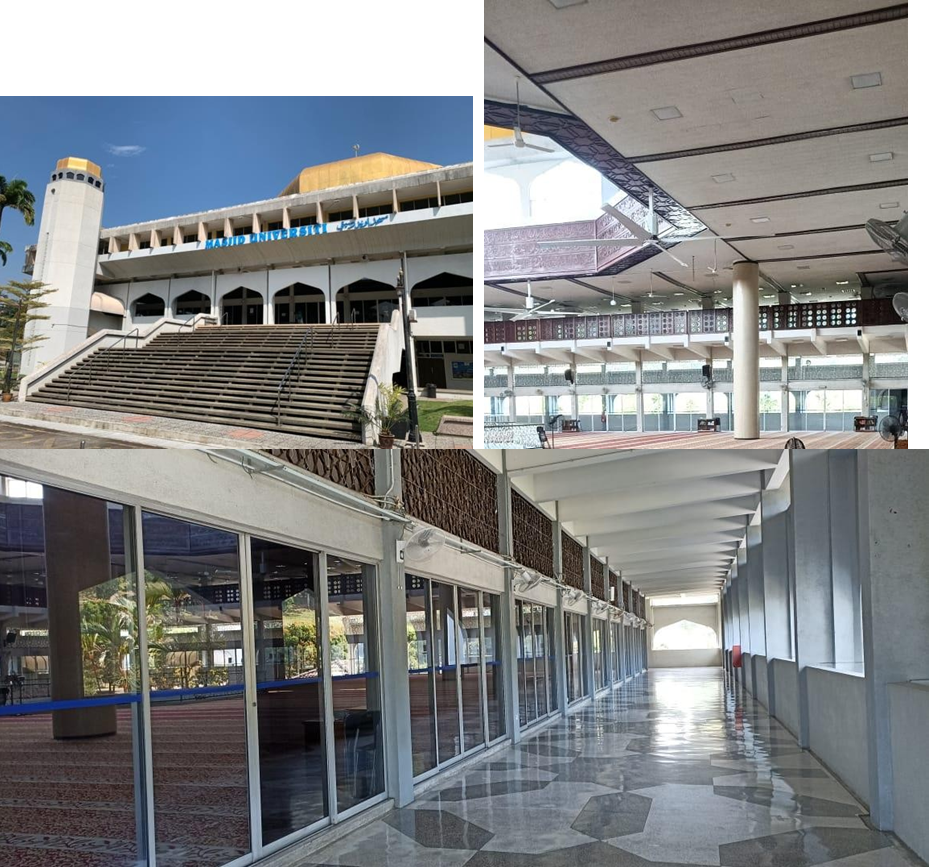
Masjid UKM
Energy Manager of UKM – Dr. Afida Ayob
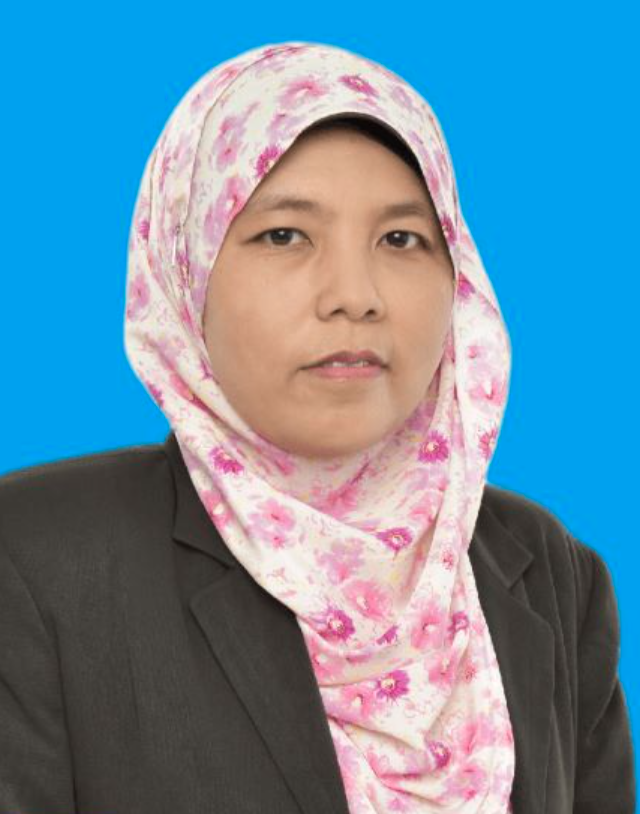
UKM has appointed and named Associate Prof. Ts. Dr. Afida Ayob as a Registered Electrical Energy Manager (REEM) / Energy Manager to comply with the requirements of the Energy Commission, Malaysia.
With this appointment, it clearly shows that UKM has moved towards a more serious level in maintaining sustainability and compliance with energy management and saving. This can be proven by the CV‘s attachment found on the last page of this paper.
Brownfield sites which will be developed into Laman Ilmu
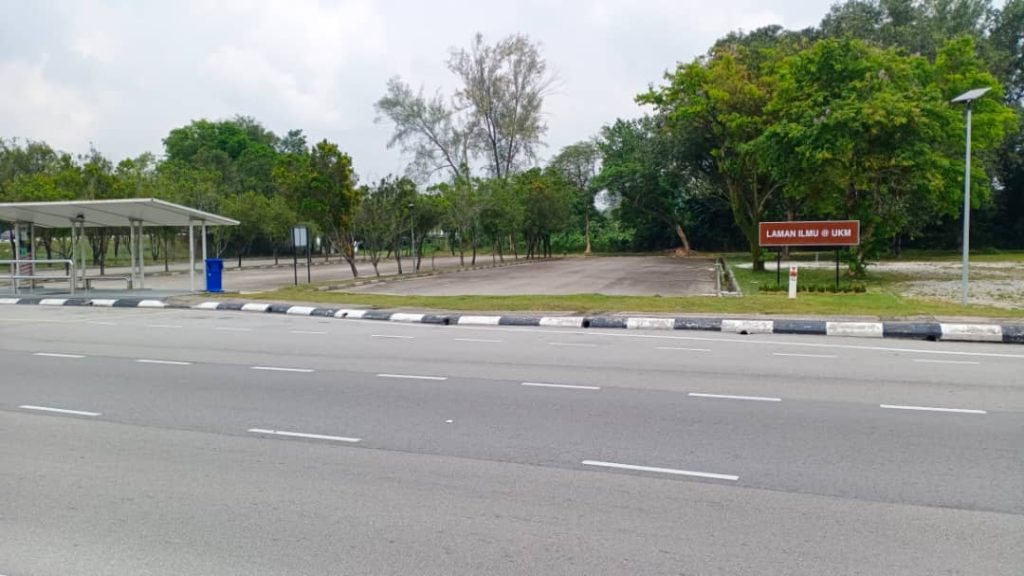
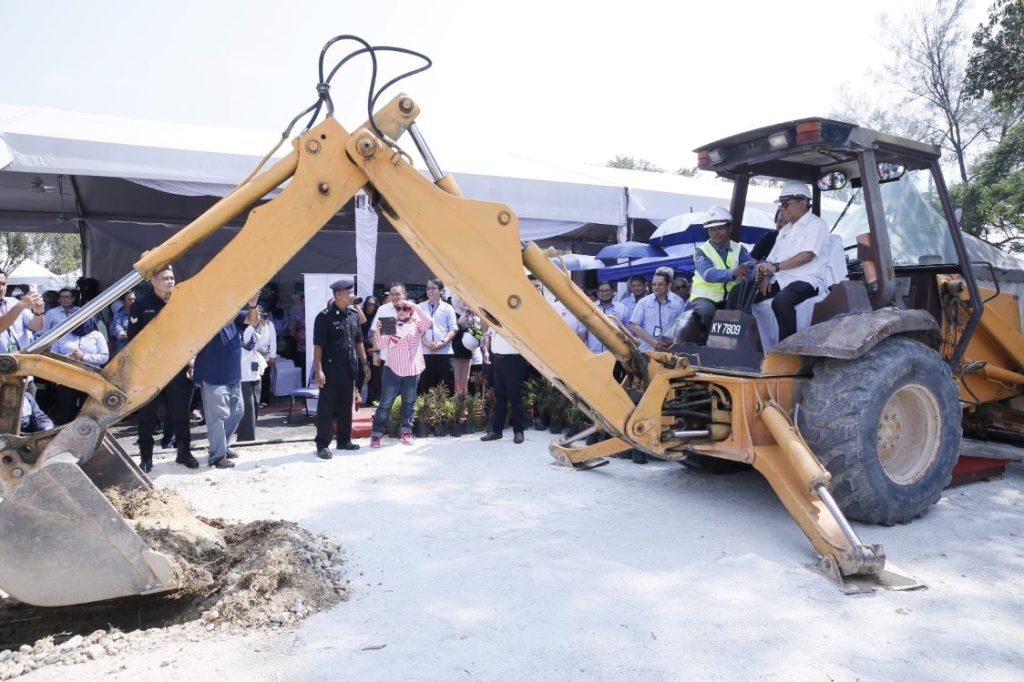
Sustainable Practices
As a sustainable-led university, UKM provides a number of sustainability commuting facilities within its compound. This is to accommodate the UKM community and reduce the need for commuting using vehicles such as car and motorcycle, which in turn would help to reduce the amount of carbon footprints. In addition, the sustainable commuting facilities offered by UKM is considering the user with disabilities. The facilities are shown as below:
Shuttle Services
There are 19 shuttle buses provided in UKM for students and staffs, as an iniatitive to reduce the number of invididual vehicles in campus.
Shuttle Bus UKM
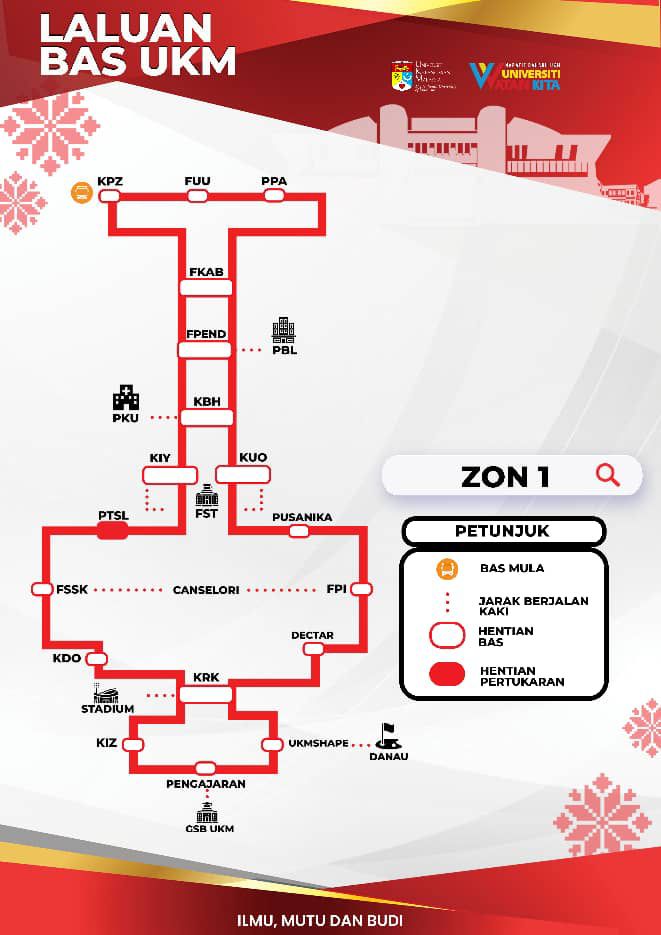
Starting from Kolej Pendeta Za’ba (KPZ) – through Faculty of Law (FUU), Center of academic Management (PPA), Faculty of Engineering and Built Environment (FKAB), Faculty of Education (F. PEND), Burhanuddin Helmi College (KBH), Ungku Omar College (KUO), passing the road along Chancellor Tun Abdul Razak Hall (DECTAR), Futsal Court, Rahim Kajai College (KRK), UKM Graduate Center, Premium Hostel Ibu Zain (KIZ), Dato’ Onn College (KDO), Faculty of Social Science and Humanities (FSSK), Tun Seri Lanang Library (PTSL), Aminuddin Baki College (KAB), Faculty of Science and Technology (FST), Ungku Omar College (KUO), Burhanuddin Helmi College (KBH), (F. PEND), (FKAB), (FTSM) back to Kolej Pendeta Za’ba (KPZ).

Starting from Kolej Keris Mas (KKM) – through Pusat Pengajian Siswazah (PPS), Kolej Antarabangsa Ibu Zain (KAIZ),Kolej Rahim Kajai (KRK), Kolej Dato’ Onn (KDO), Fakulti Sains Sosial & Kemanusiaan (FSSK), Perpustakaan Tun Seri Lanang (PTSL), Kolej Aminuddin Baki (KAB), Fakulti Sains & Teknologi (FST), Kolej Ungku Omar (KUO), Kolej Burhanuddin Helmi (KBH), Fakulti Pendidikan (F. PEND), Fakulti Kejuruteraan (FKAB), Fakulti Teknologi & Sains Maklumat (FTSM), Pusat Pengurusan Akademik (PPA), Fakulti Undang-Undang (FUU) – turning back and passing (PPA), (FTSM), (FKAB), (F. PEND), passing the road along Dewan Canselor Tun Abdul Razak (DECTAR), Gelanggang Futsal, Kolej Rahim Kajai (KRK), Kolej Antarabangsa Ibu Zain (KAIZ), Pusat Siswazah – back to Kolej Keris Mas (KKM).


Shuttle Bus UKM

Starting from Kolej Pendeta Za’ba (KPZ) – through Faculty of Technology and Information Science (FTSM), Center of academic Management (PPA), Faculty of Law (FUU), Faculty of Engineering and Built Environment (FKAB), Faculty of Education (F. PEND), passing the road along Chancellor Tun Abdul Razak Hall (DECTAR), Futsal Court, Rahim Kajai College (KRK), UKM Graduate Center, Premium Hostel Ibu Zain (KIZ), Dato’ Onn College (KDO), Faculty of Social Science and Humanities (FSSK), Tun Seri Lanang Library (PTSL), Aminuddin Baki College (KAB), Faculty of Science and Technology (FST), Ungku Omar College (KUO), Burhanuddin Helmi College (KBH), (F. PEND), (FKAB), (FTSM) back to Kolej Pendeta Za’ba (KPZ).

Starting from Kolej Keris Mas (KKM) – through Pusat Pengajian Siswazah (PPS), Kolej Antarabangsa Ibu Zain (KAIZ),Kolej Rahim Kajai (KRK), Kolej Dato’ Onn (KDO), Fakulti Sains Sosial & Kemanusiaan (FSSK), Perpustakaan Tun Seri Lanang (PTSL), Kolej Aminuddin Baki (KAB), Fakulti Sains & Teknologi (FST), Kolej Ungku Omar (KUO), Kolej Burhanuddin Helmi (KBH), Fakulti Pendidikan (F. PEND), Fakulti Kejuruteraan (FKAB), Fakulti Teknologi & Sains Maklumat (FTSM), Pusat Pengurusan Akademik (PPA), Fakulti Undang-Undang (FUU) – turning back and passing (PPA), (FTSM), (FKAB), (F. PEND), passing the road along Dewan Canselor Tun Abdul Razak (DECTAR), Gelanggang Futsal, Kolej Rahim Kajai (KRK), Kolej Antarabangsa Ibu Zain (KAIZ), Pusat Siswazah – back to Kolej Keris Mas (KKM).


UKM Commuter Station

Starting from Stesen Komuter UKM – entering Pintu Pagar Pavillion – through Kelab Golf Danau (DANAU), Kolej Keris Mas (KKM), Pusat Siswazah, Kolej Antarabangsa Ibu Zain (KAIZ), Kolej Rahim Kajai (KRK), Kolej Dato’ Onn (KDO), Fakulti Sains Sosial & Kemanusiaan (FSSK), Perpustakaan Tun Seri Lanang (PTSL), Kolej Aminuddin Baki (KAB), Fakulti Sains & Teknologi (FST), Kolej Ungku Omar (KUO), Kolej Burhanuddin Helmi (KBH), Fakulti Pendidikan (FPEND), Fakulti Kejuruteraan dan Alam Bina (FKAB), Fakulti Teknologi Sains Maklumat (FTSM), Kolej Pendeta Zaaba (KPZ), returning back through (FTSM), (FKAB), (FPEND), straight to Stesen Komuter UKM.

Starting from Stesen Komuter UKM – entering Pintu utama–Fakulti Pendidikan (FPEND), Fakulti Kejuruteraan dan Alam Bina (FKAB), Fakulti Teknologi Sains Maklumat (FTSM), Kolej Pendeta Zaaba (KPZ), returning back through (FTSM), (FKAB), (FPEND), passing by Dewan Canselor Tun Abdul Razak (DECTAR), Gelanggang Futsal, Kolej Rahim Kajai (KRK), Through Danau straight to Kolej Keris Mas (KKM), Pusat Pengajian Siswazah (PPS), Kolej Antarabangsa Ibu Zain (KAIZ), Kolej Dato’ Onn (KDO), Fakulti Sains Sosial dan Kemanusiaan (FSSK), Perpustaan Tun Sri Lanang (PTSL), Kolej Aminuddin Baki (KAB), (FST), kolej Ungku Omar (KUO), Kolej Burhanuddin Hilmi (KBH), to Stesen Komuter UKM


Hydrogen Car Fuel Cell Vehicles
Universiti Kebangsaan Malaysia (UKM) supports the government’s and the world’s mission in reducing greenhouse gas emissions especially within the campus area. One of the initiatives that has been carried out by UKM is by the usage of zero-emission vehicles in which UKM has launched two hydrogen vehicles, a golf cart buggy and a mini hybrid sport utility vehicle (SUV). Through modifications of electric vehicles, these energy efficient, environment-friendly vehicles were developed by a group of researchers from UKM’s Fuel Cell Institute (SELFUEL) in collaboration with industry.

The development of the hydrogen hybrid vehicle is based on the technical codes issued by Malaysian Technical Standards Forum Bhd (MTFSB) by the Malaysian Communications and Multimedia Commission (MCMC) under the Communications and Multimedia Act 1998 (CMA 1998).
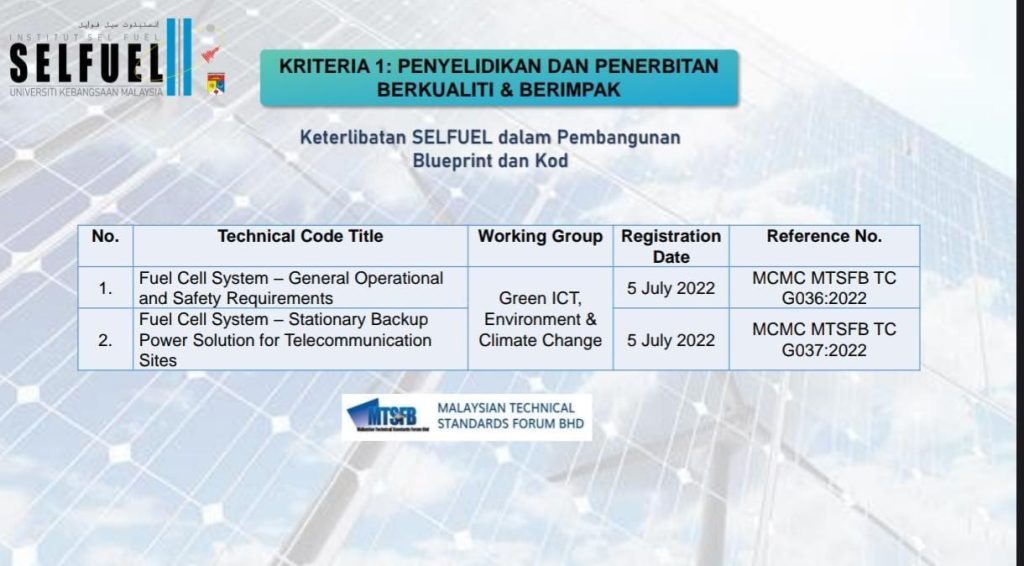
Under the UKM Sustainability 2030 Strategic Plan, UKM has also outlined the objective in developing affordable energy with initiatives such as using low-carbon transport on campus including hybrid cars, electric vehicles as well as hydrogen vehicles.


UKM Sustainability 2030 Strategic Plan; One of the initiatives addressing the encouragement on the use of low carbon transportation.
In addition, UKM also provides zero-emission transportation facilities to students with 250 e-Scooters unit that can be accessed within the campus area.
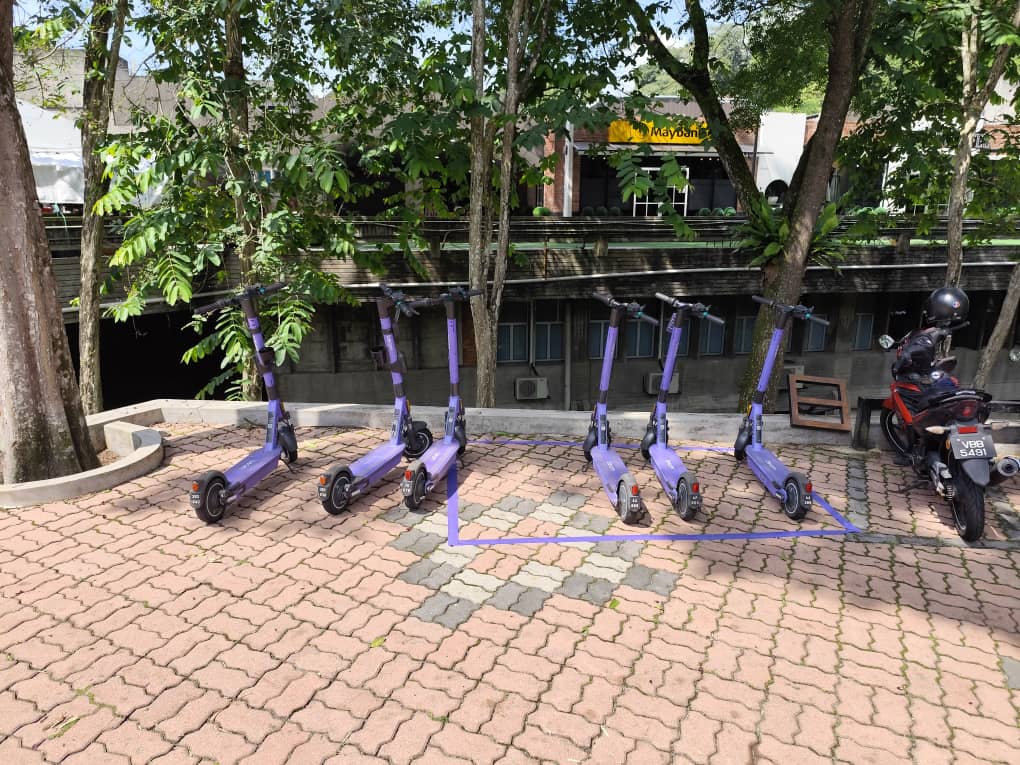
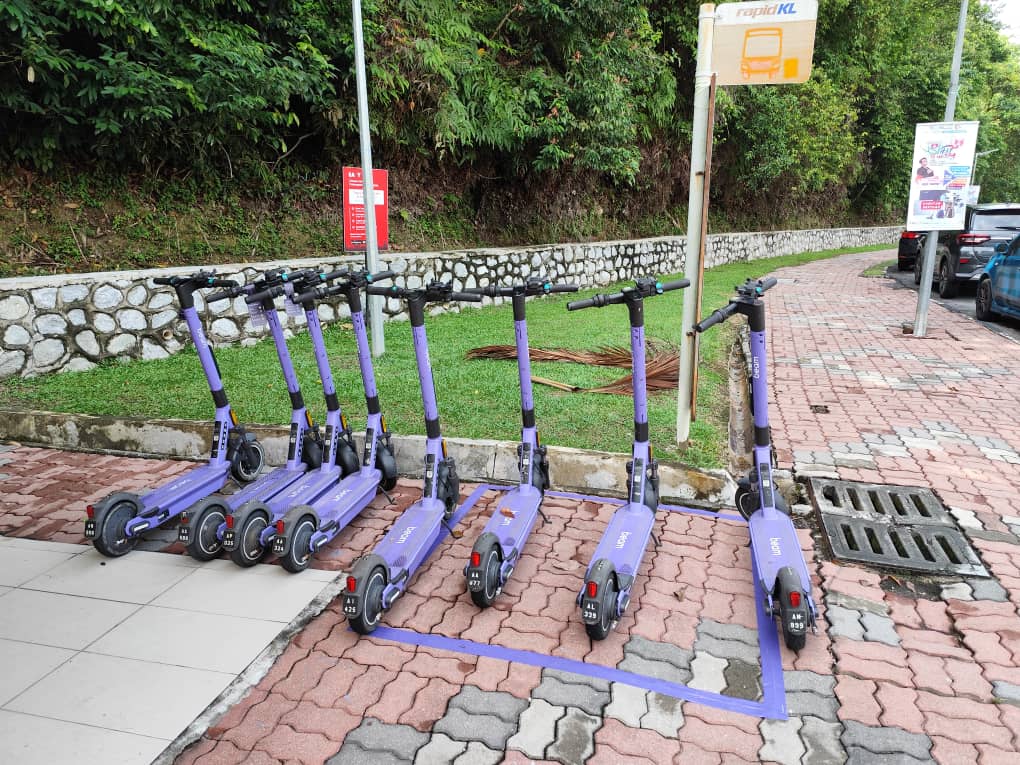
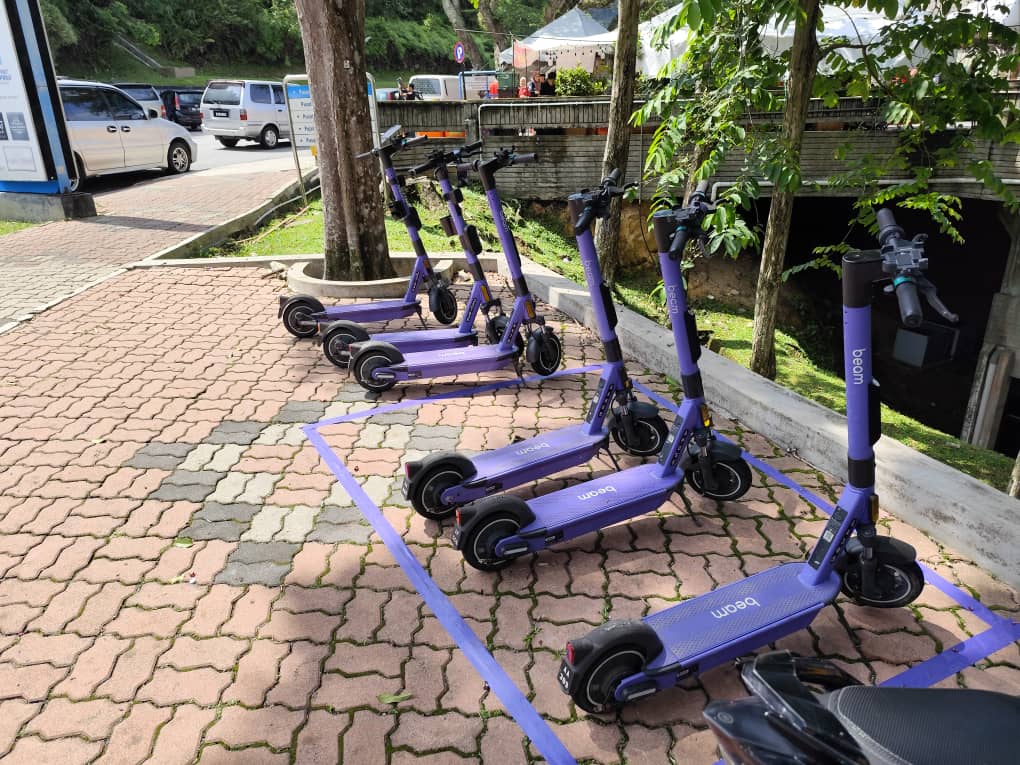
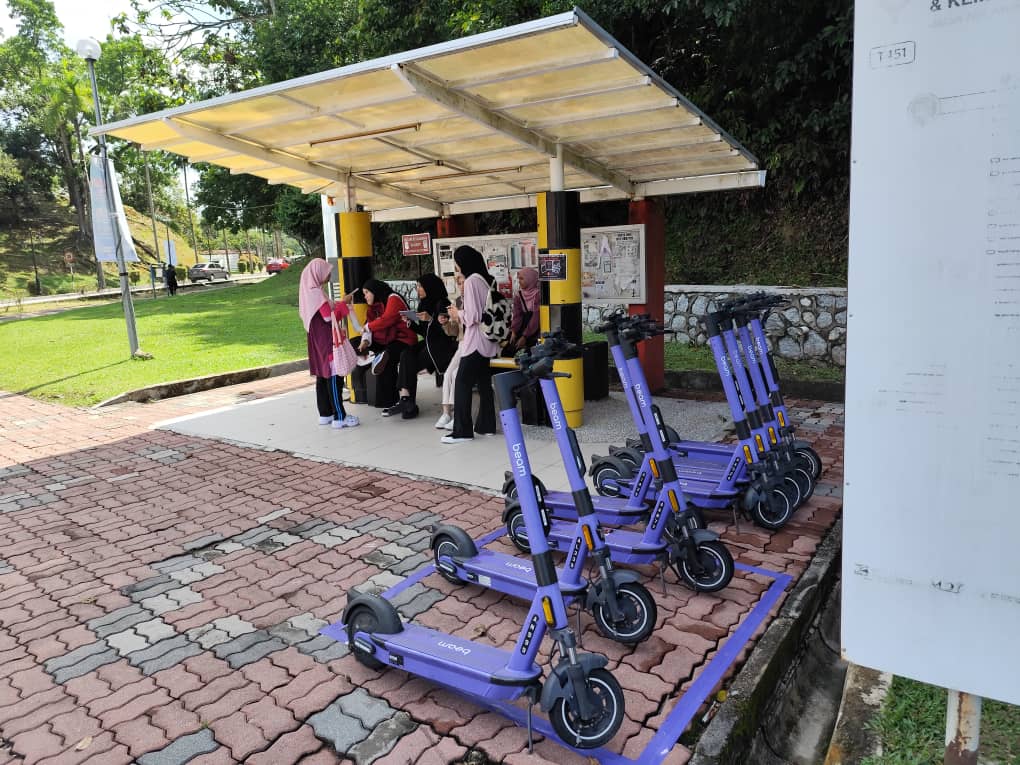




UKM Electric Bicycles; One of the 30 bicycle stations in the campus area
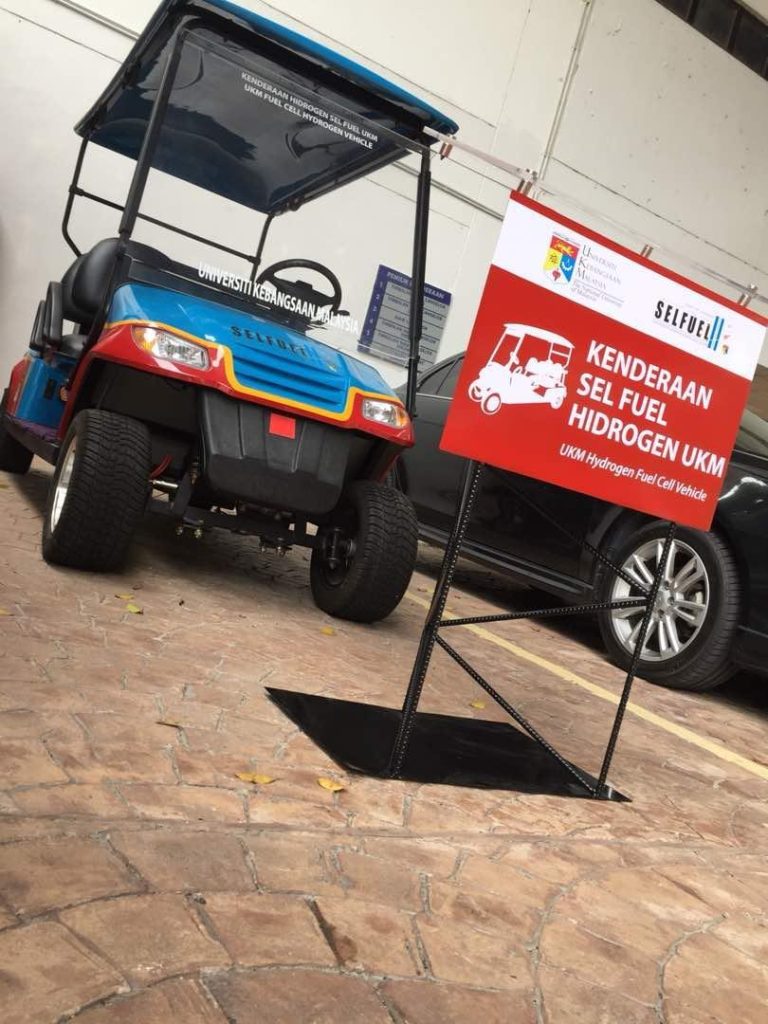

Fuel cell golf buggy, one of the zero-emission vehicles developed in UKM
Electric buggy ride facilities in UKM
Electrical vehicle to reduce carbon emission use buggy ride facilities in UKM

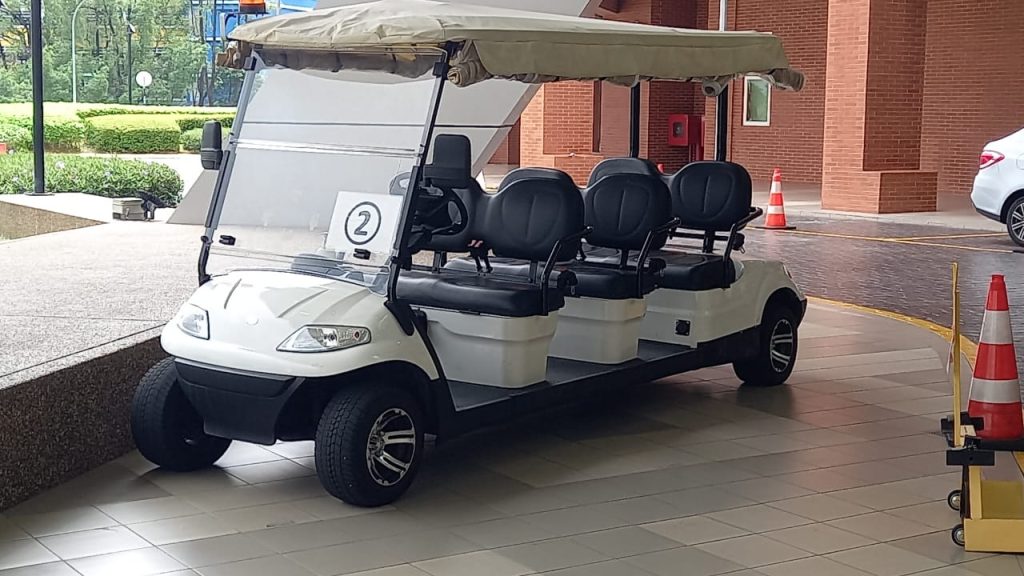
Housing Facilities for Employees
The University owns, operates and maintains a variety of on and off-campus accommodation facilities.
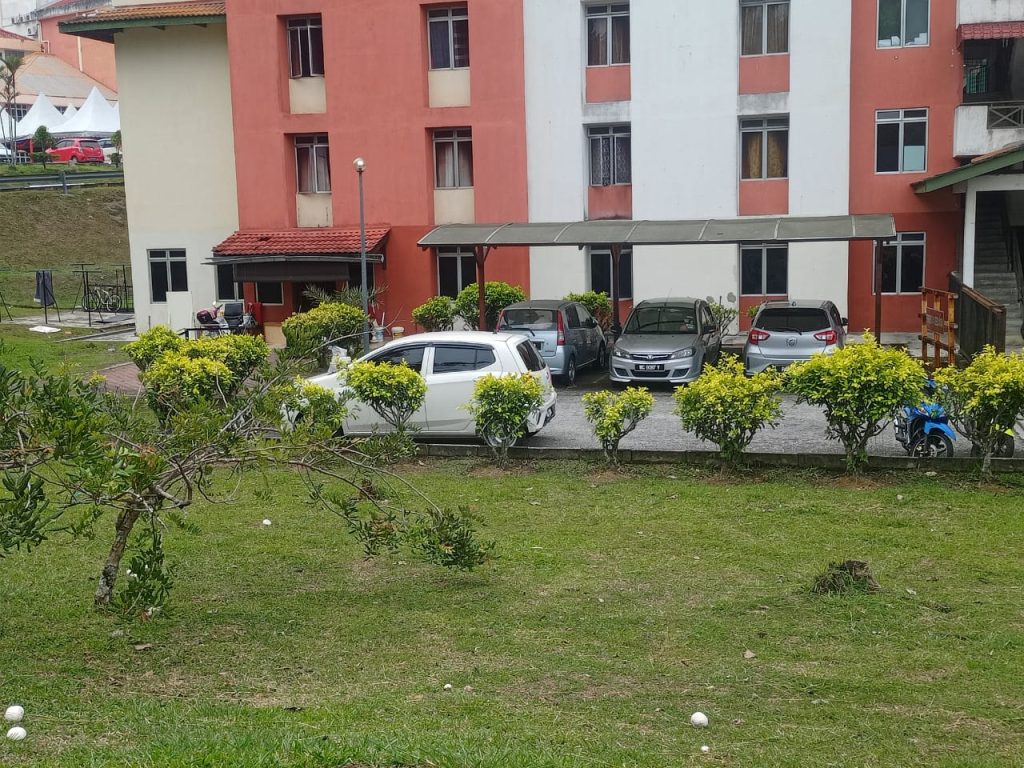
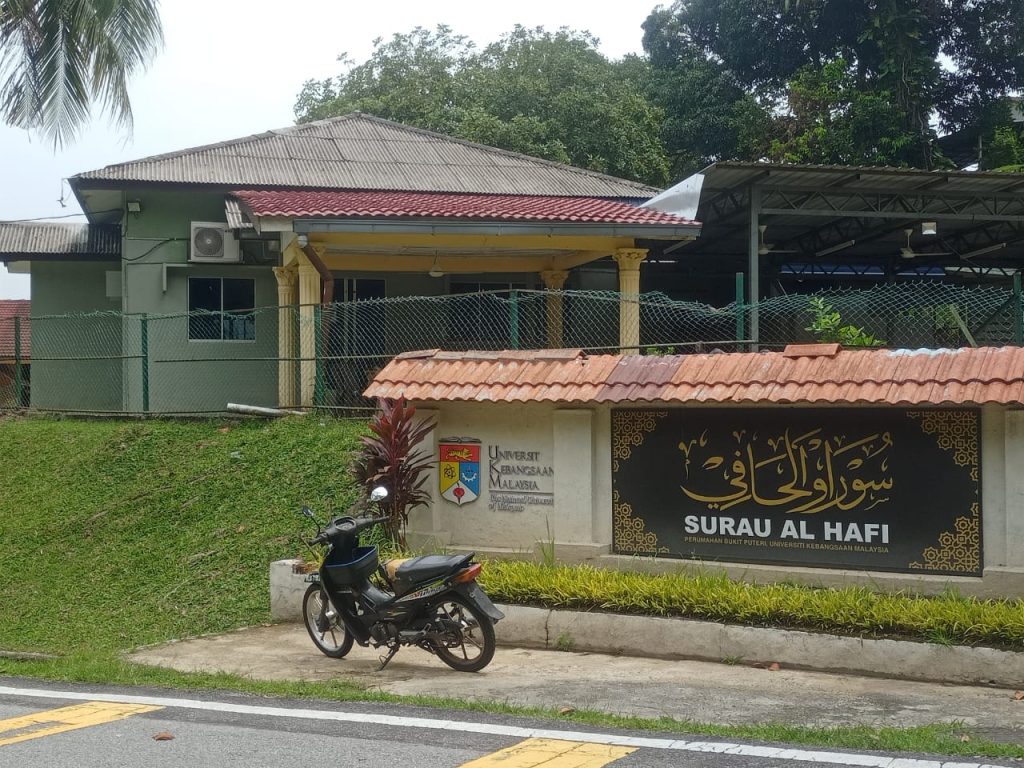
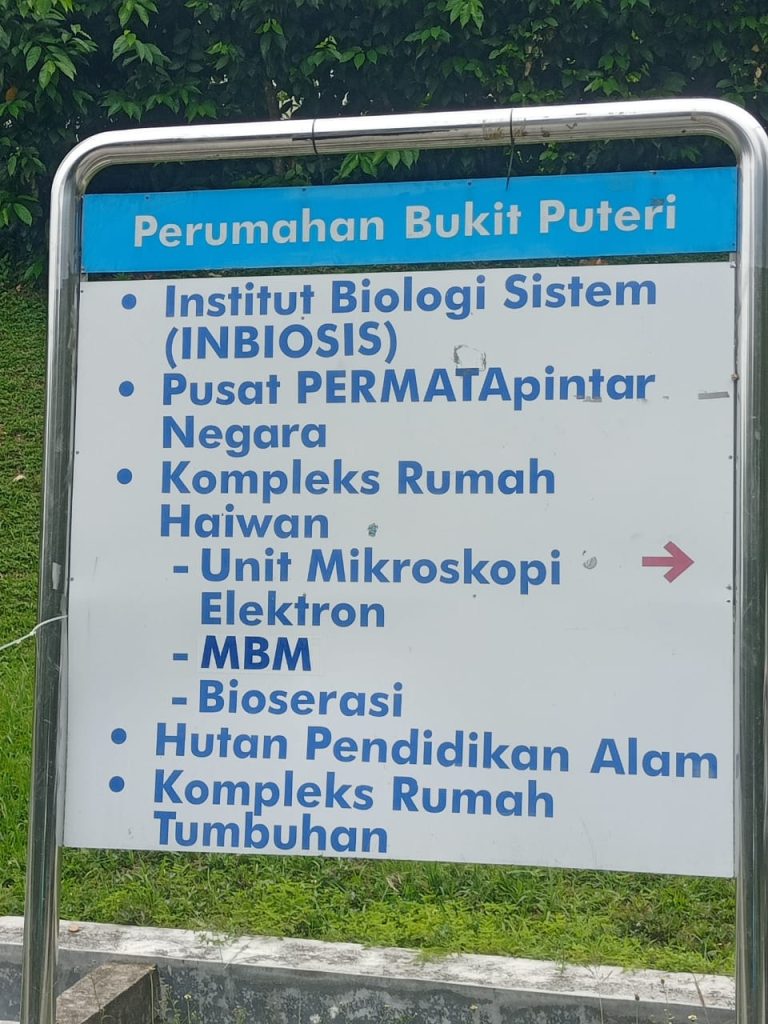
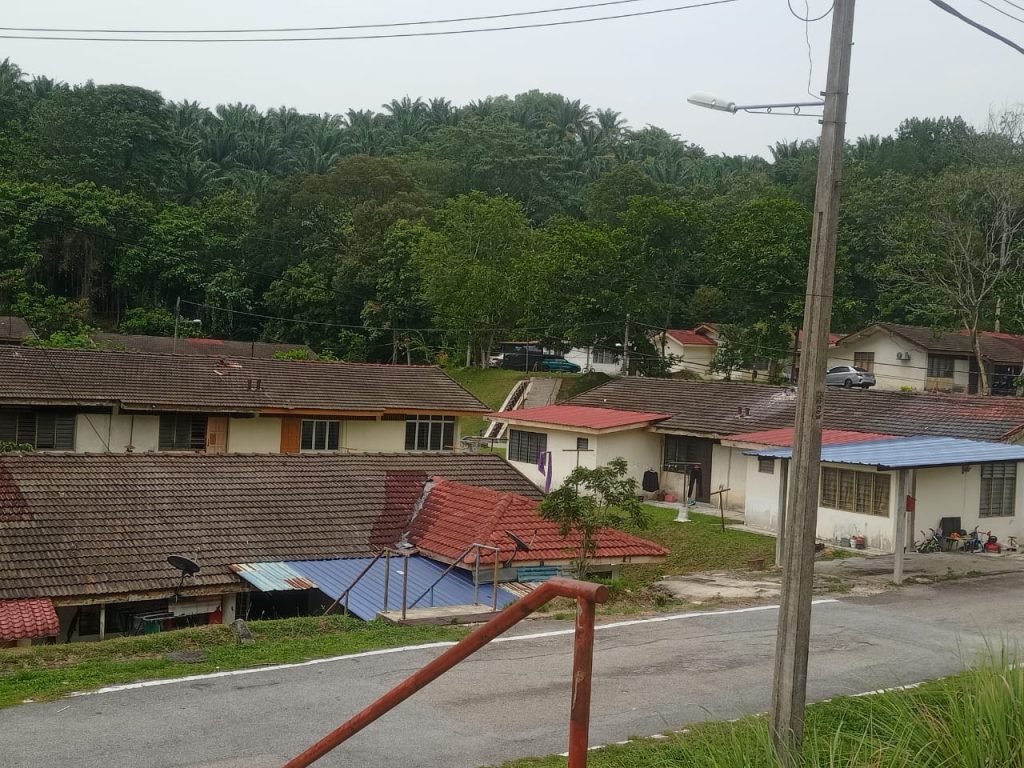
Affordable housing for students
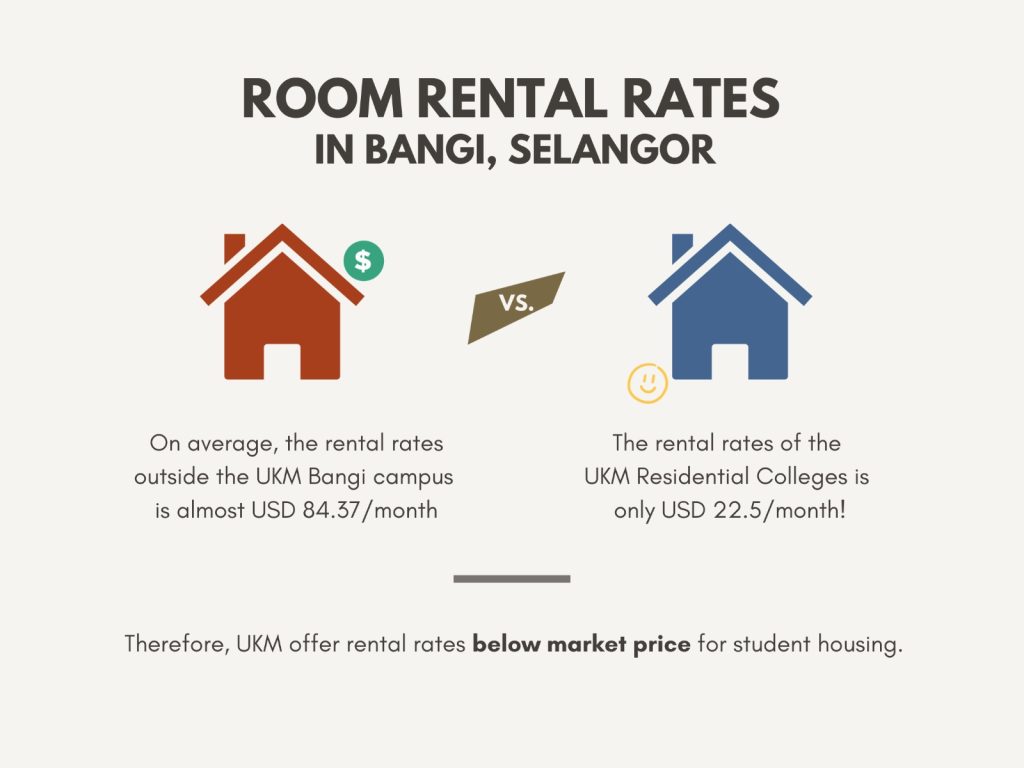
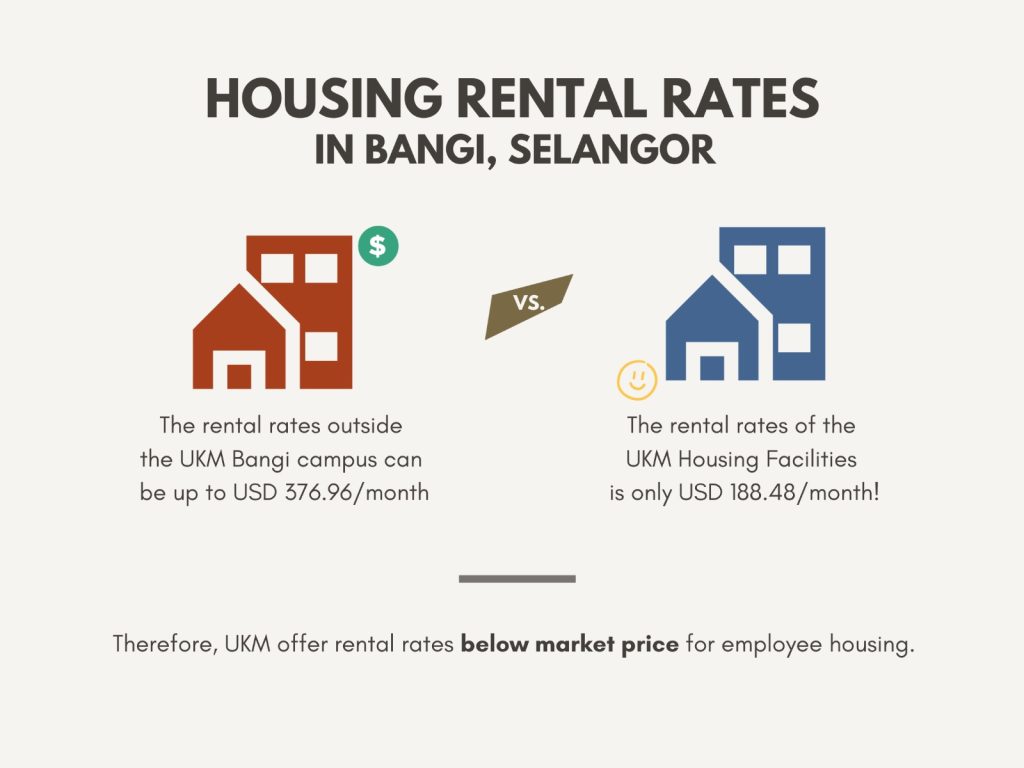
Pedestrian Pathway
- Separator between road for vehicle and pedestrian path.
- Main area for pedestrians has a covered walkway such as at Jalan Canselori
- Street lamps for pedestrians at night. UKM bangi has more than 2000 street lamps
Pedestrian Area UKM

Pedestrian Pathway Jalan Canselori, UKM




Pedestrian Pathway Jalan Temuan, UKM




Zebra Crossing
A pedestrian crossing is a facility designated for pedestrians to cross a road in groups, so that they can be seen by the motorists. Pedestrian crossing is also used by them to cross safely across a flow of vehicular traffic. However, accidents still occur among pedestrians even though there are provisions for pedestrian crossing facilities. The purpose of this research is to identify the level of motorists’ compliance towards pedestrian crossing at Universiti Kebangsaan Malaysia (UKM) which is located in Bangi, Selangor



